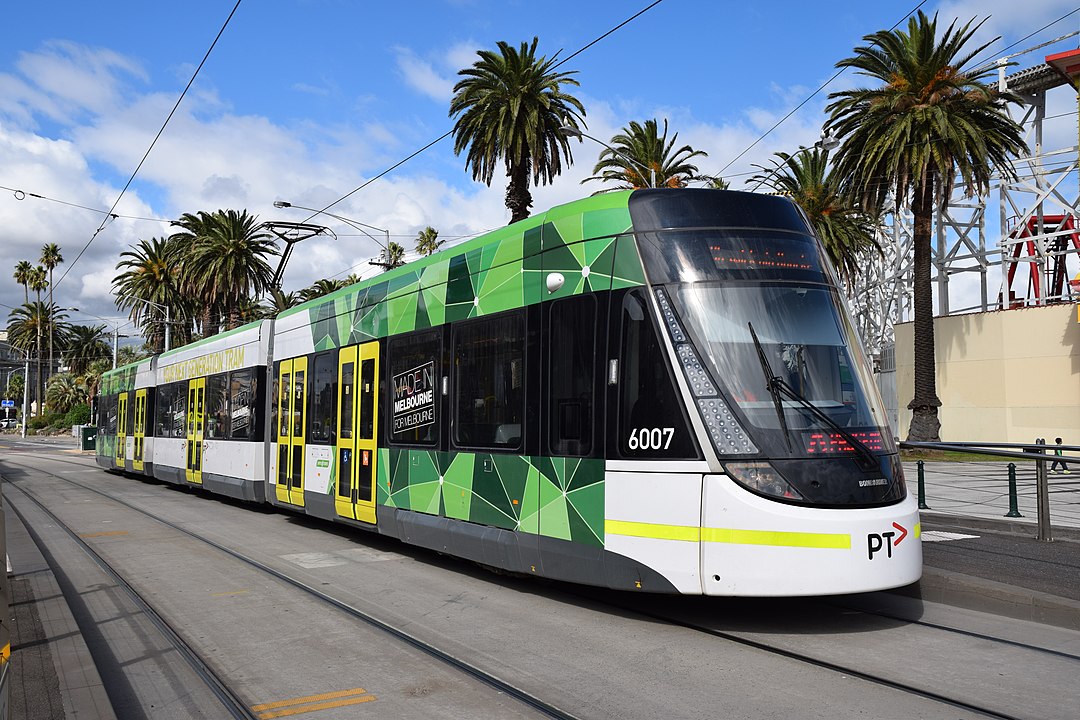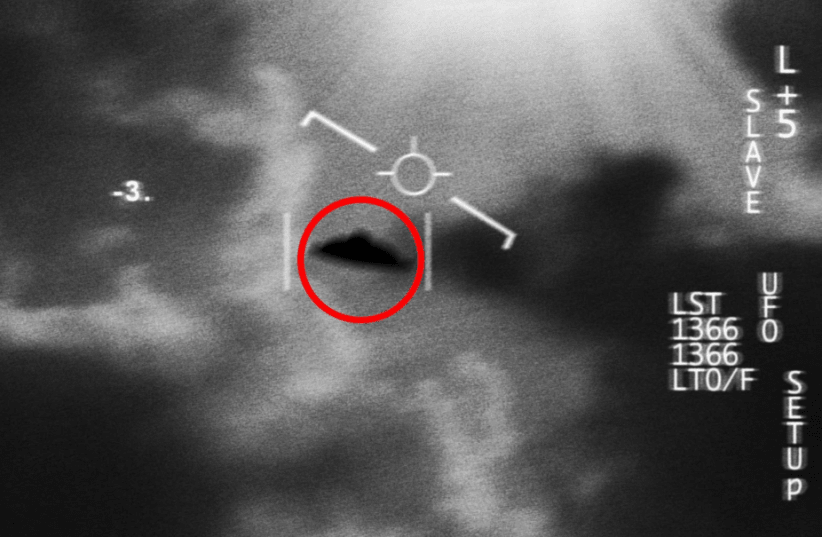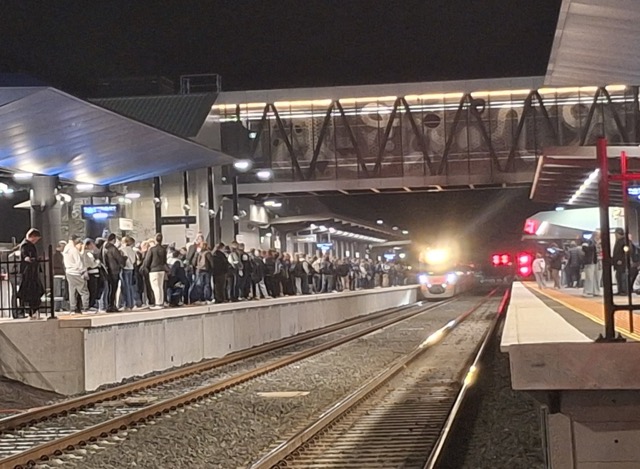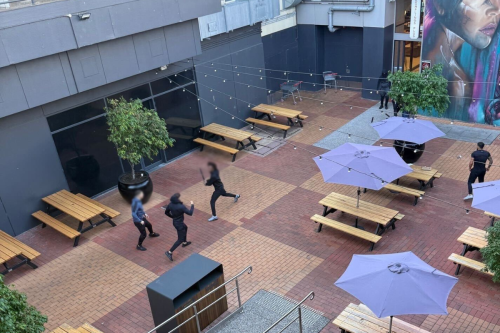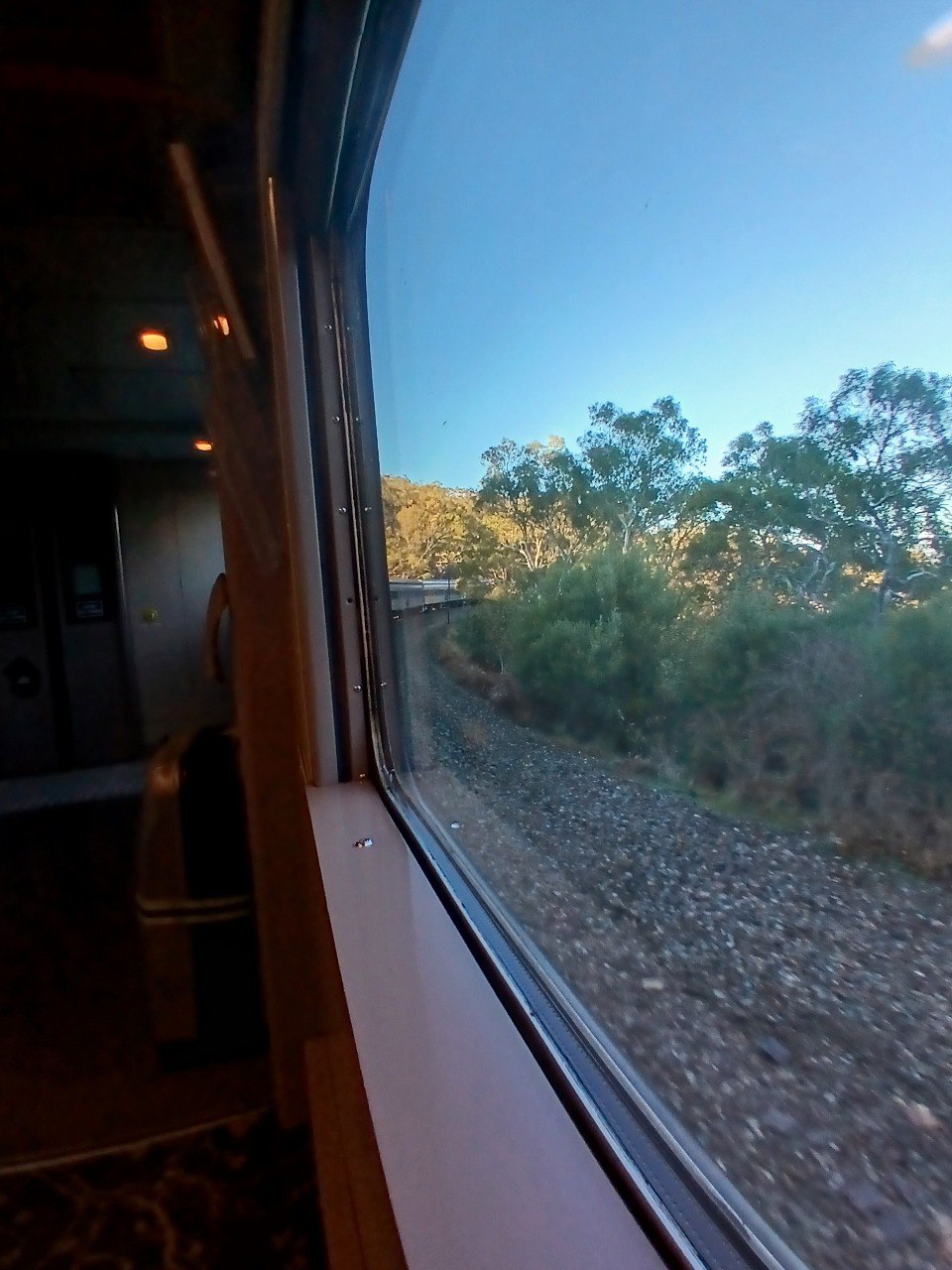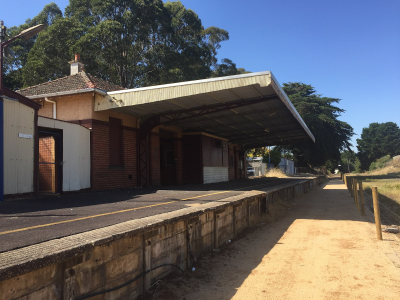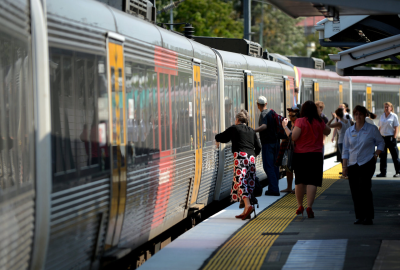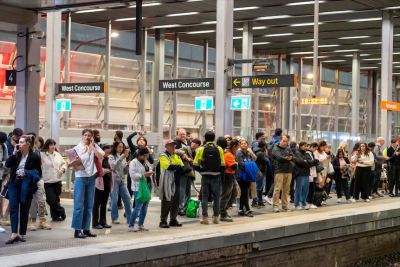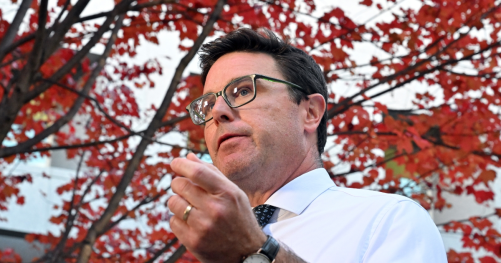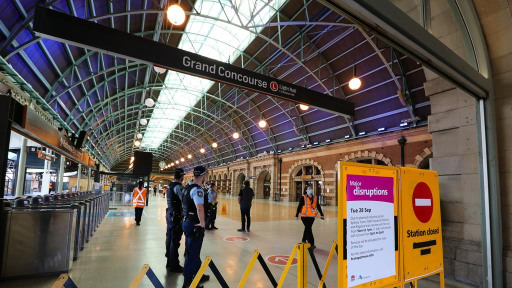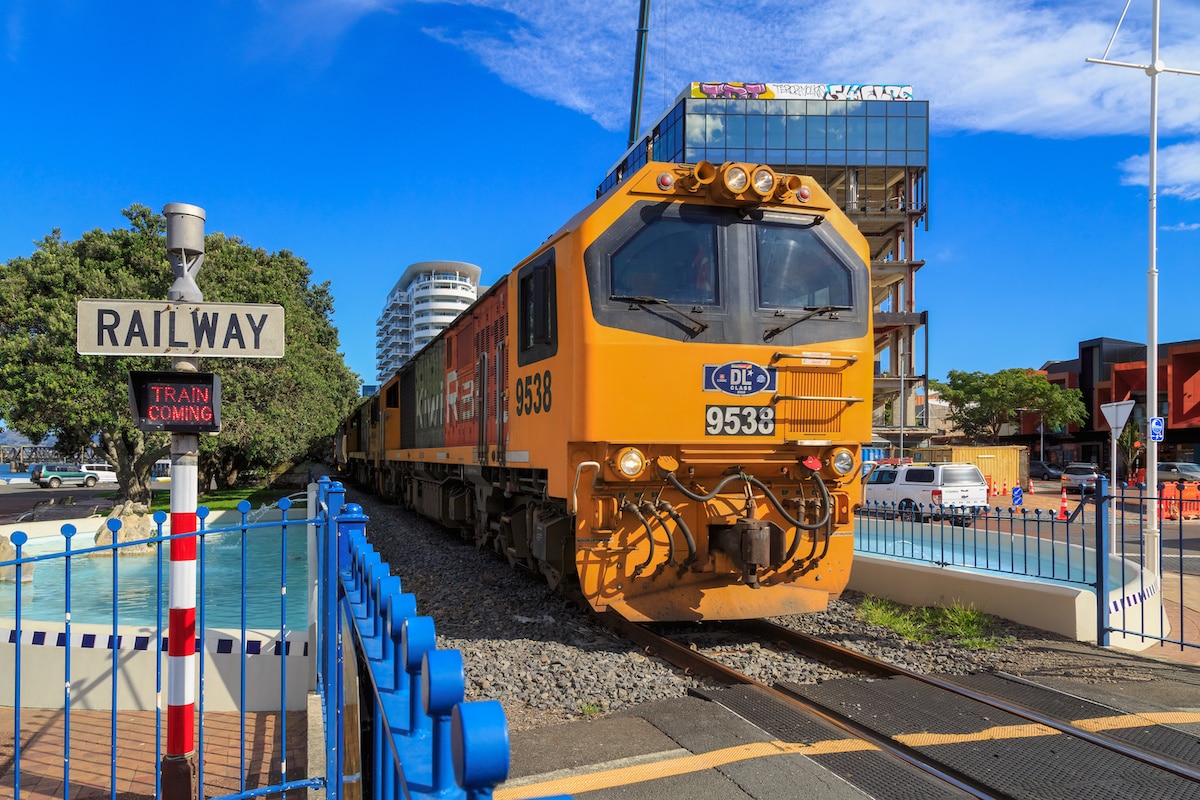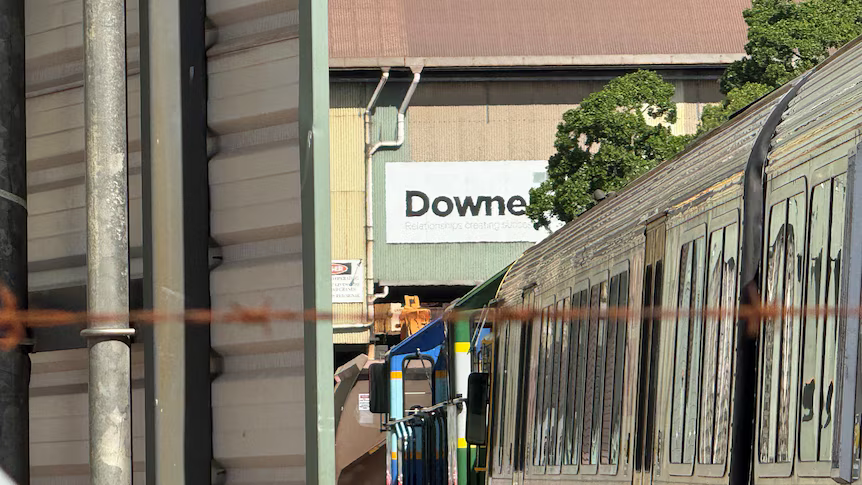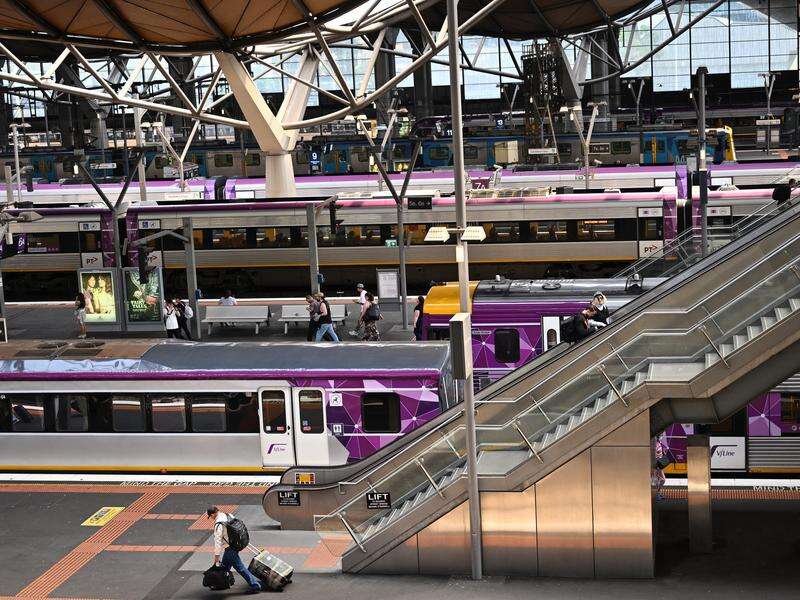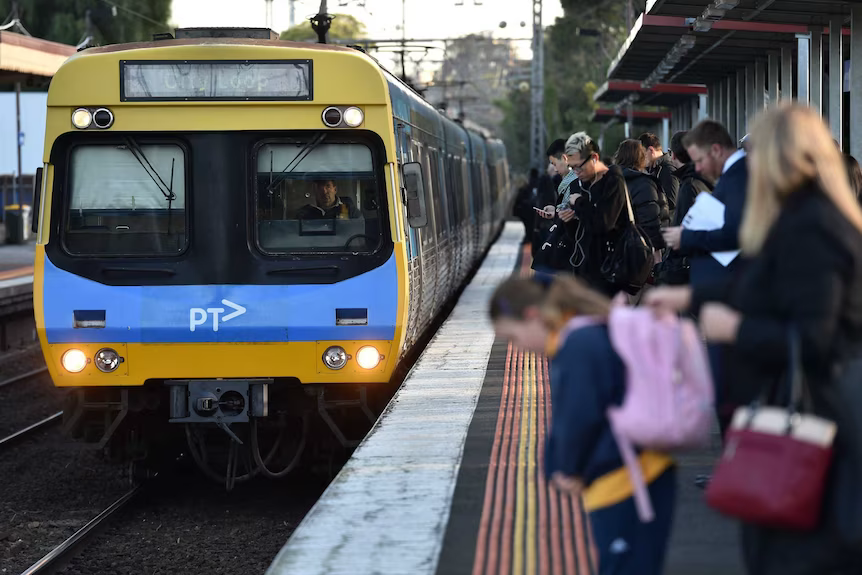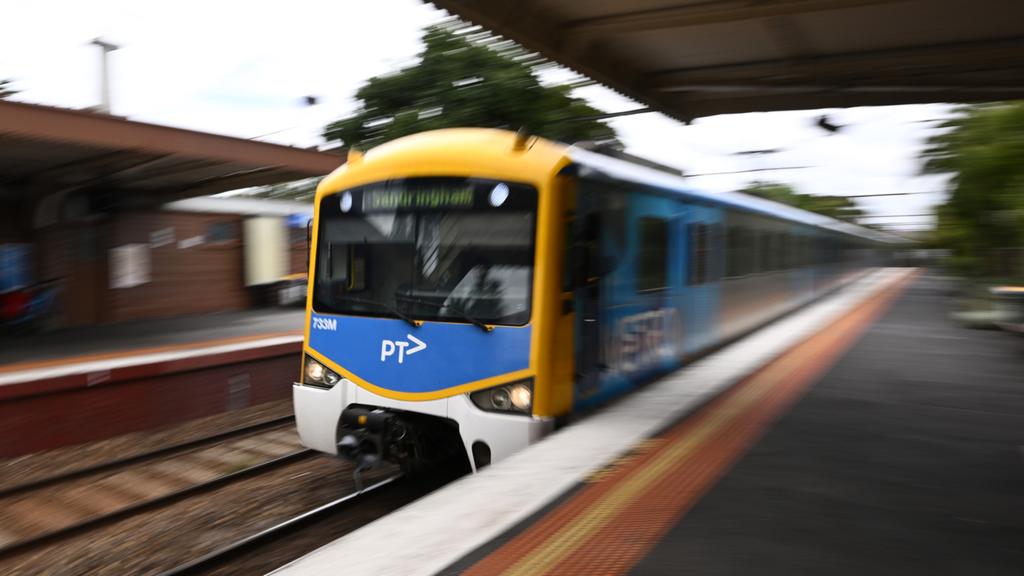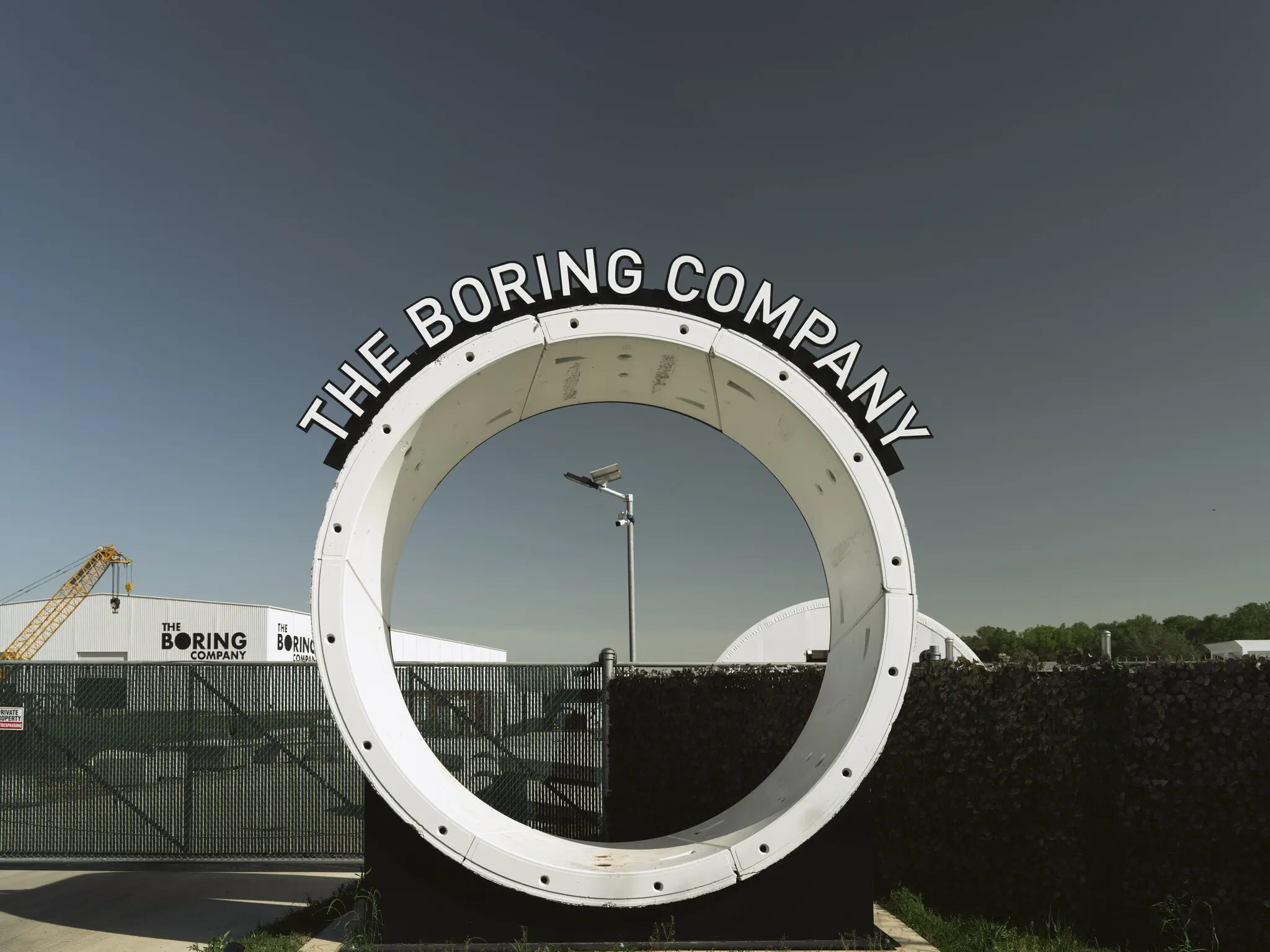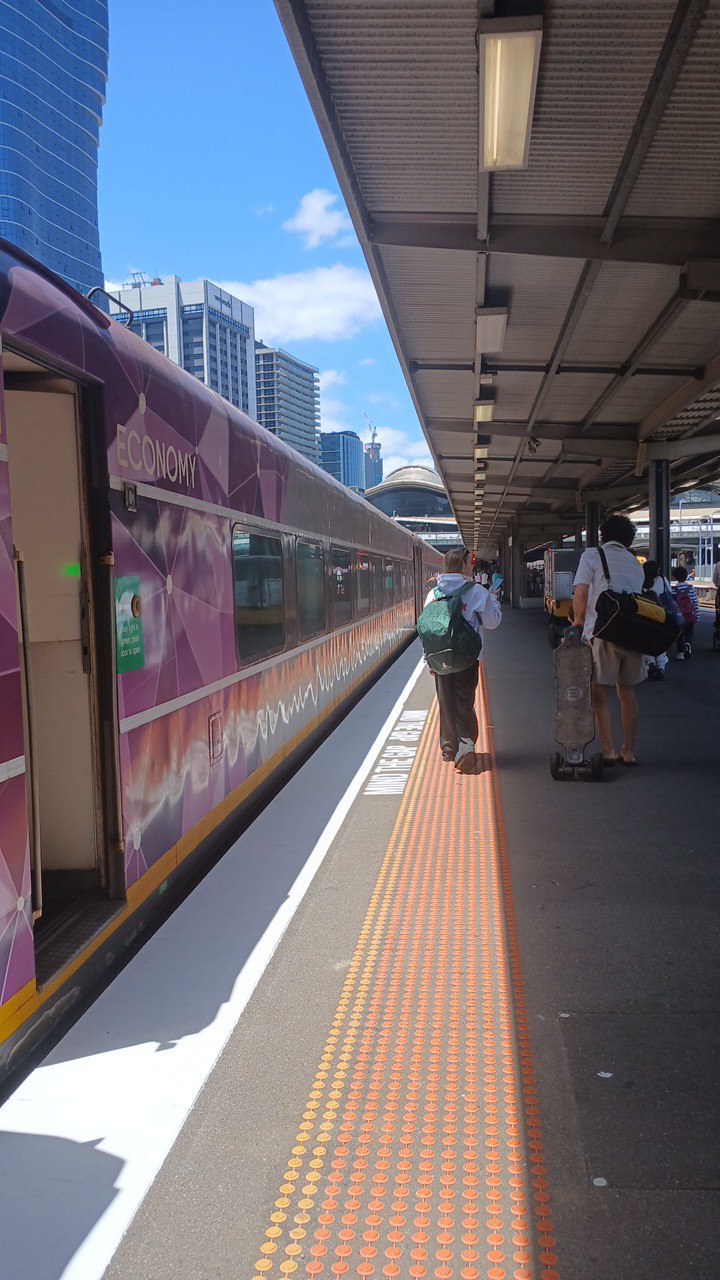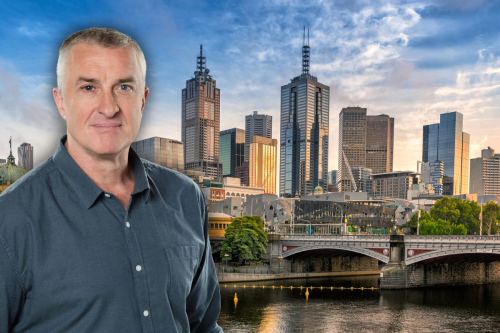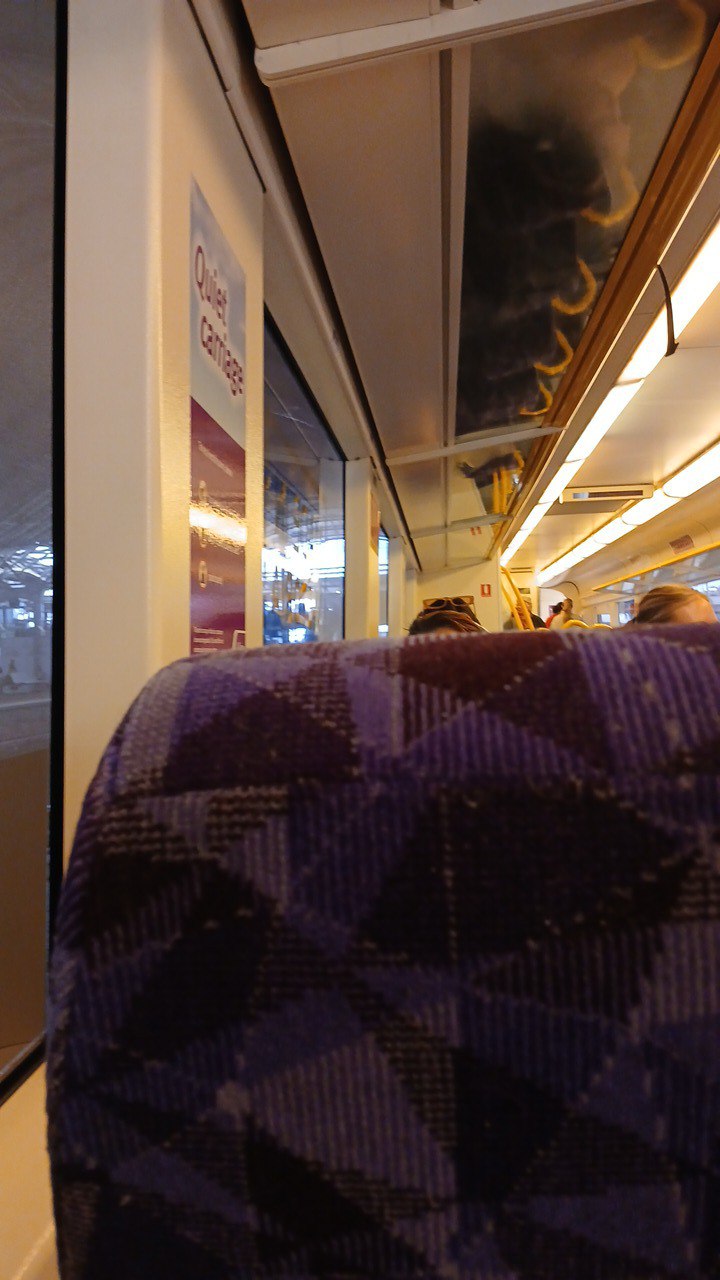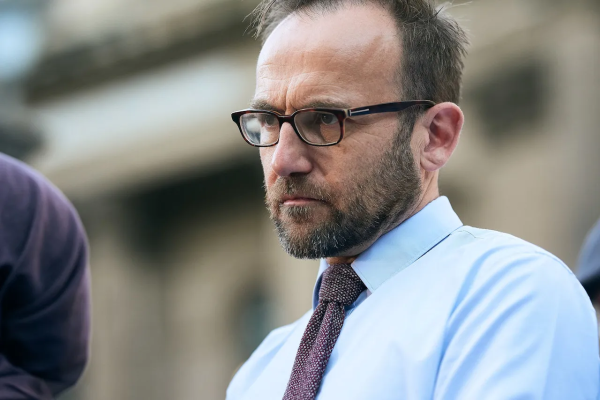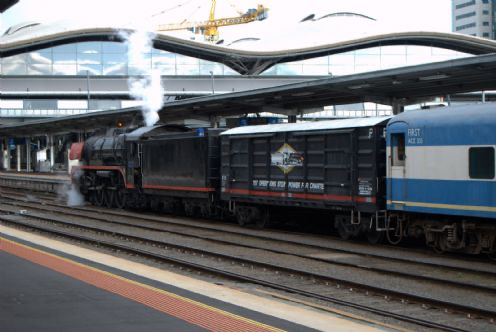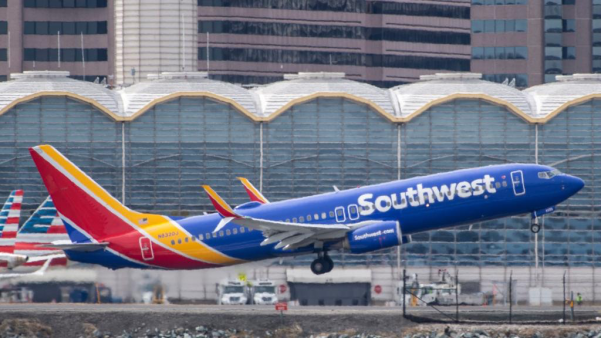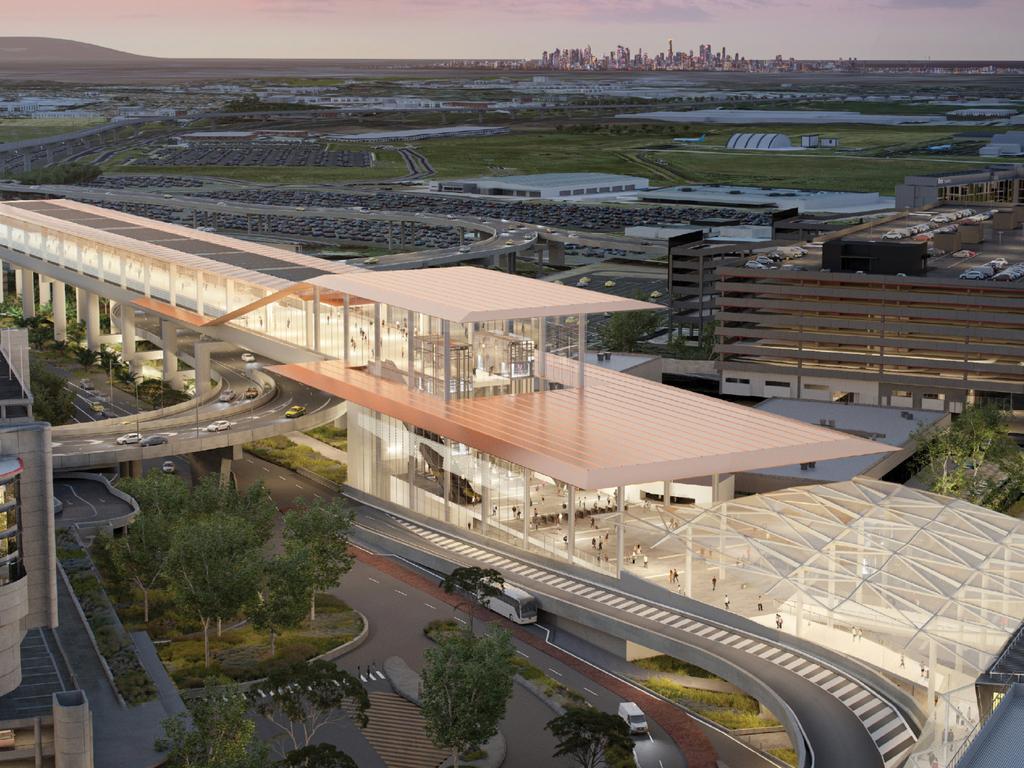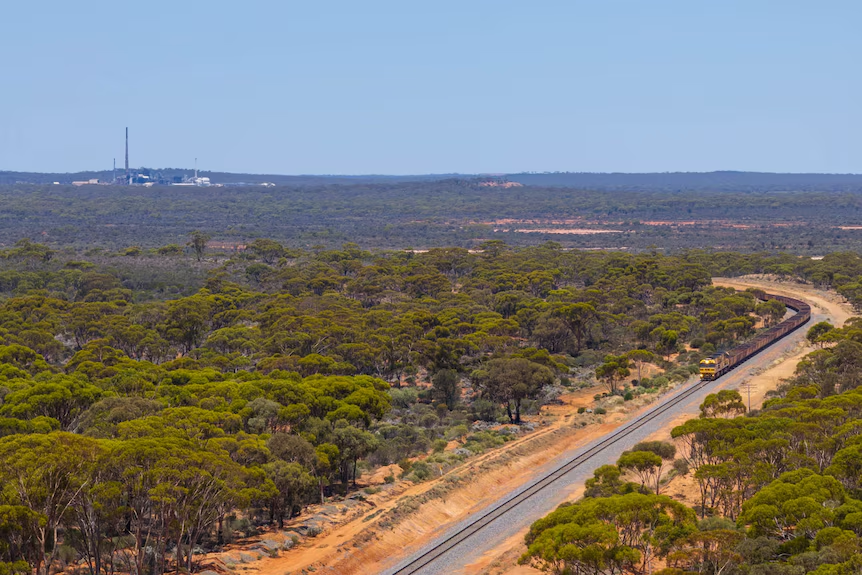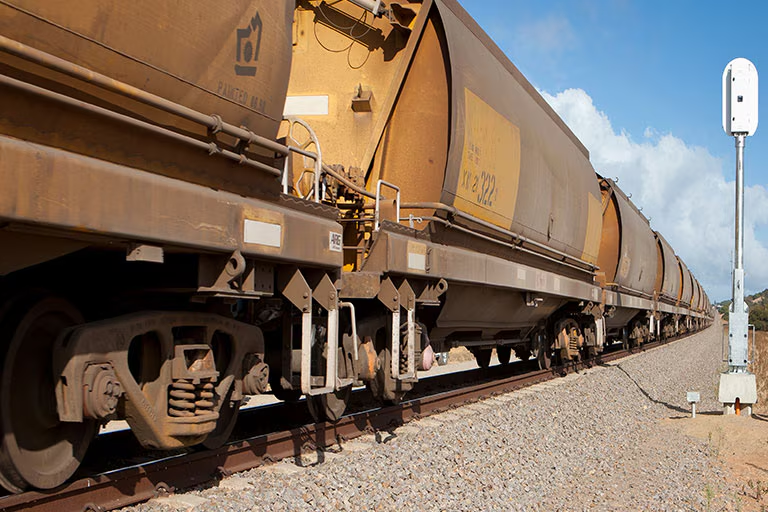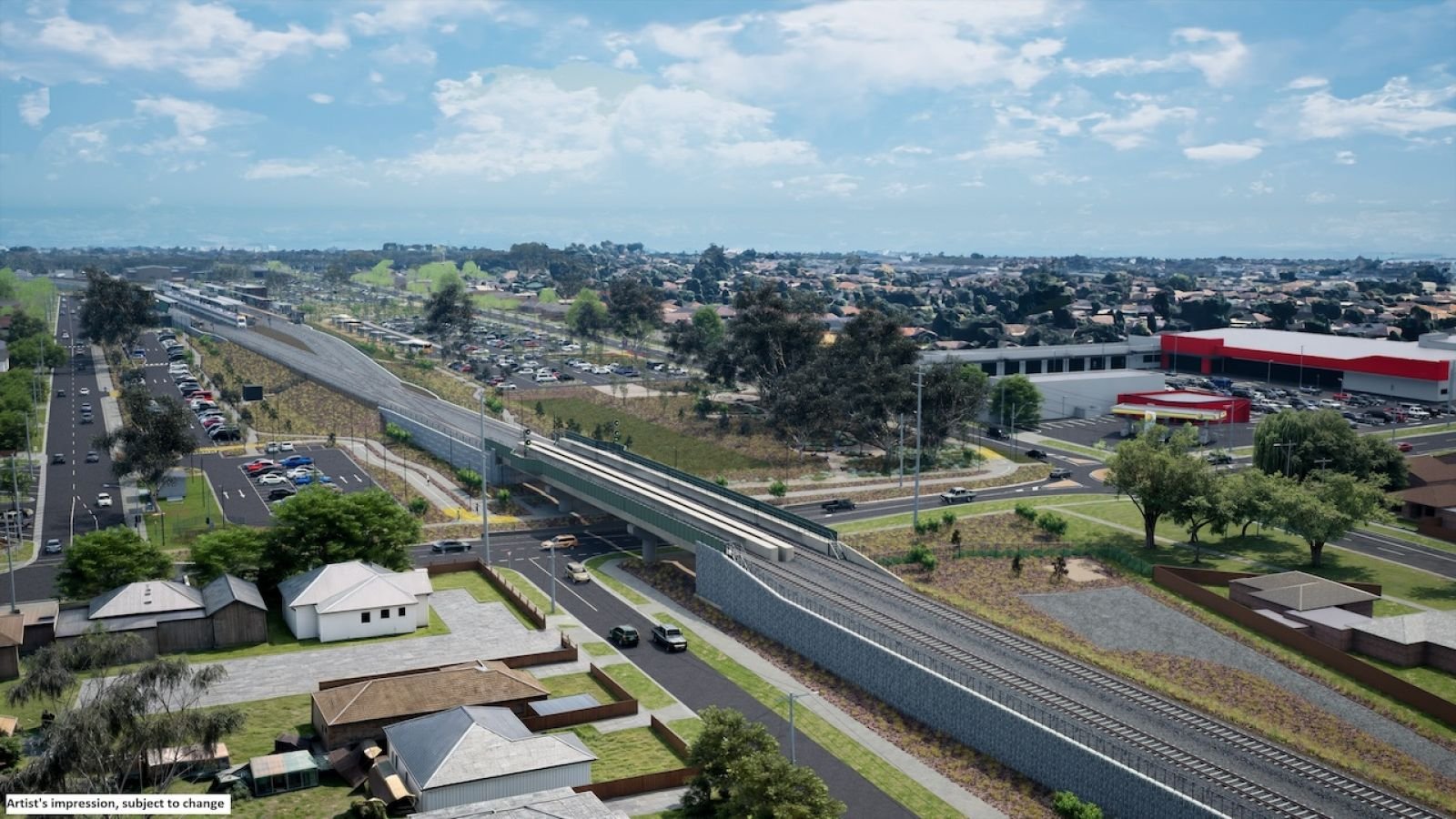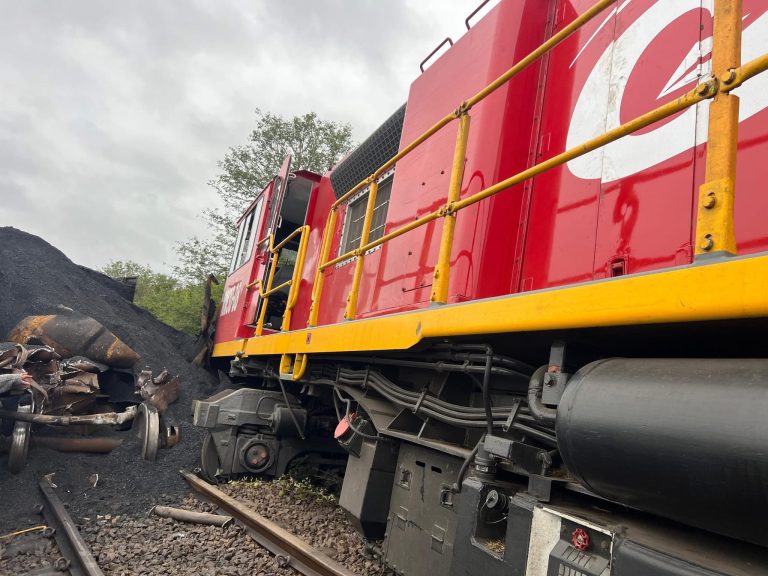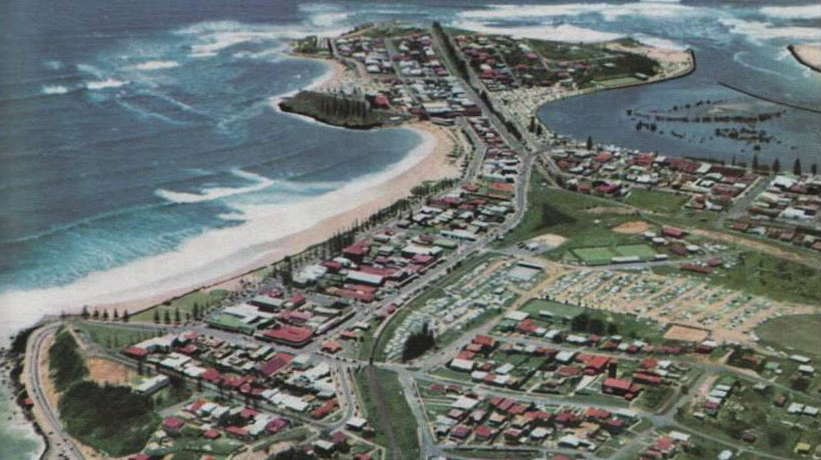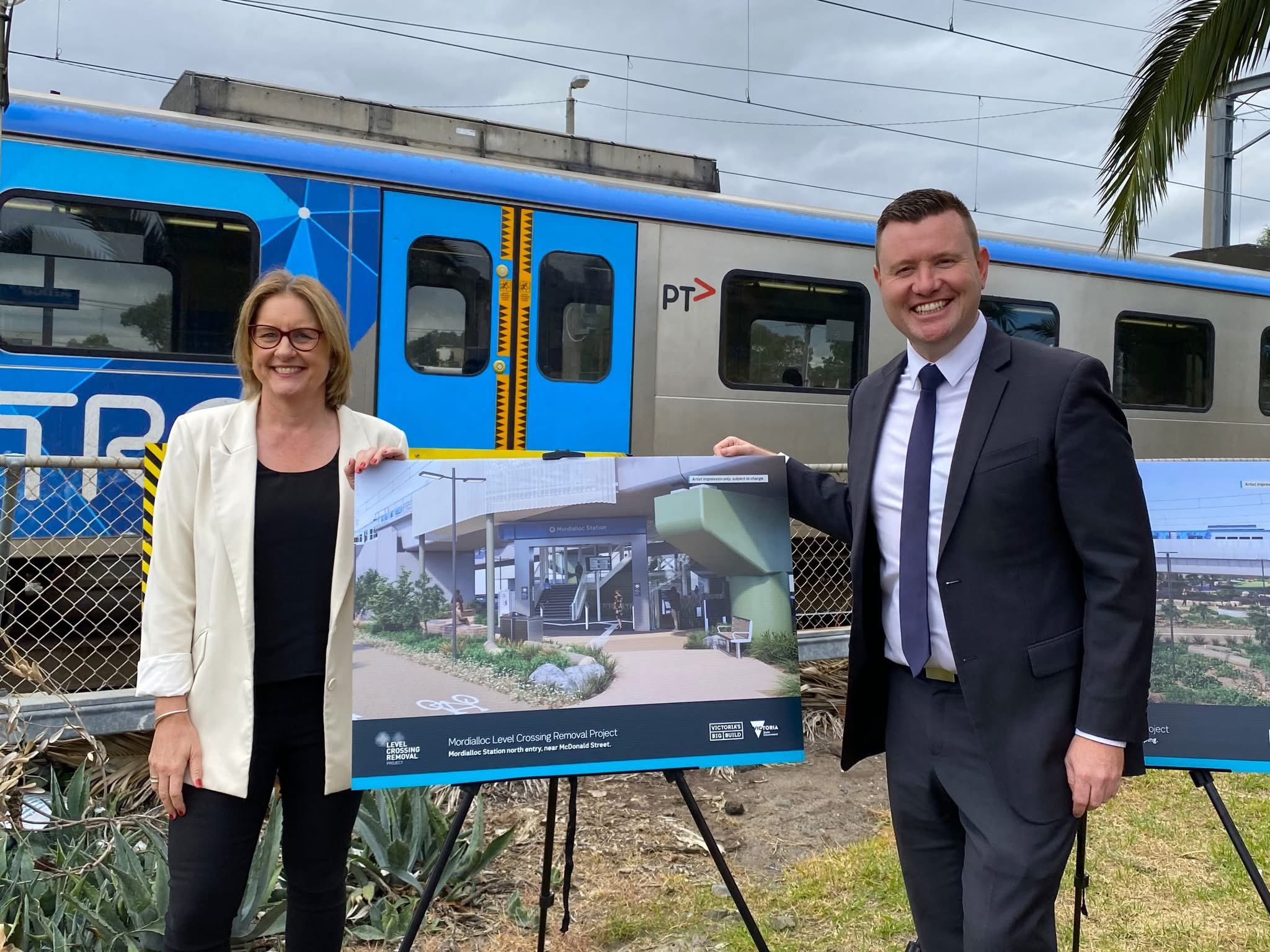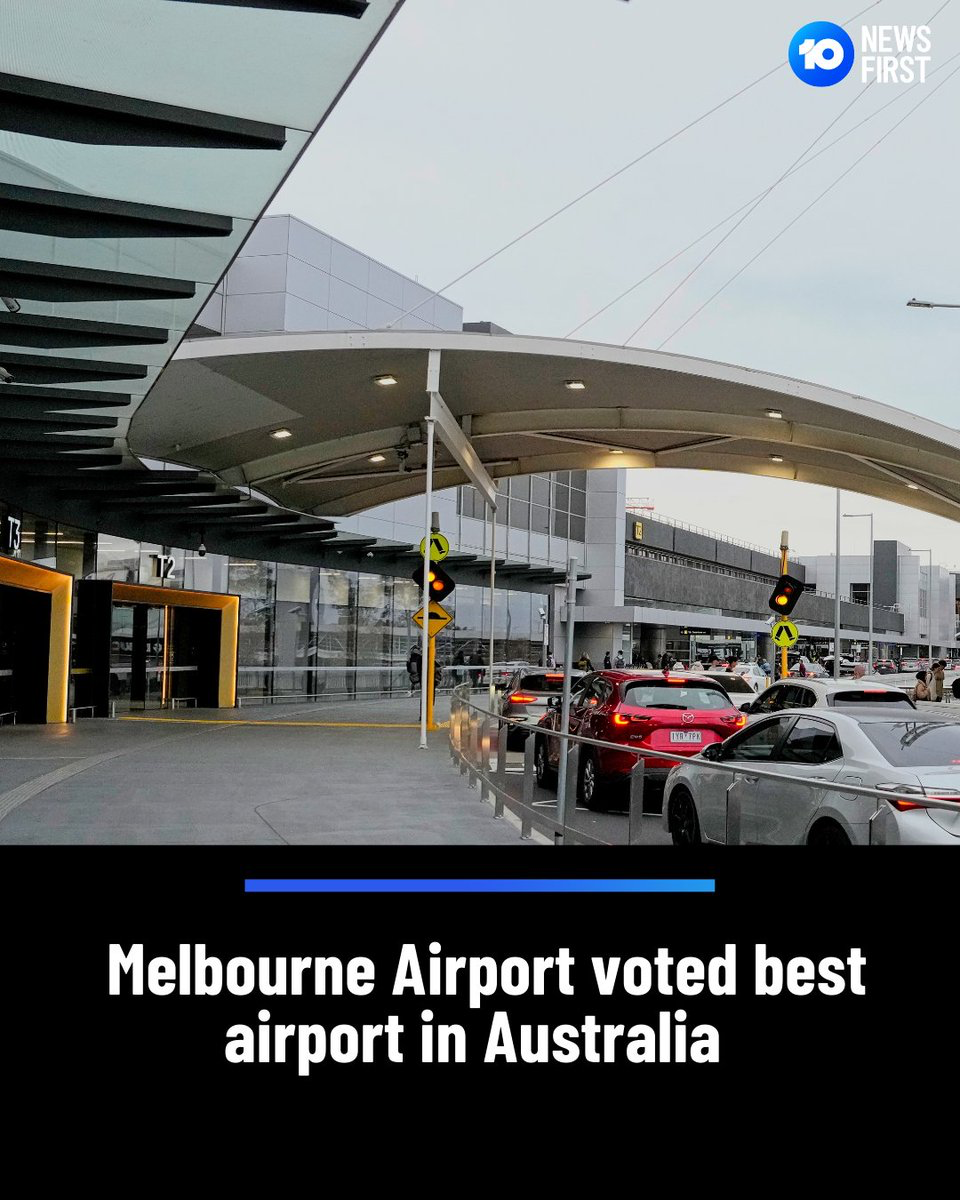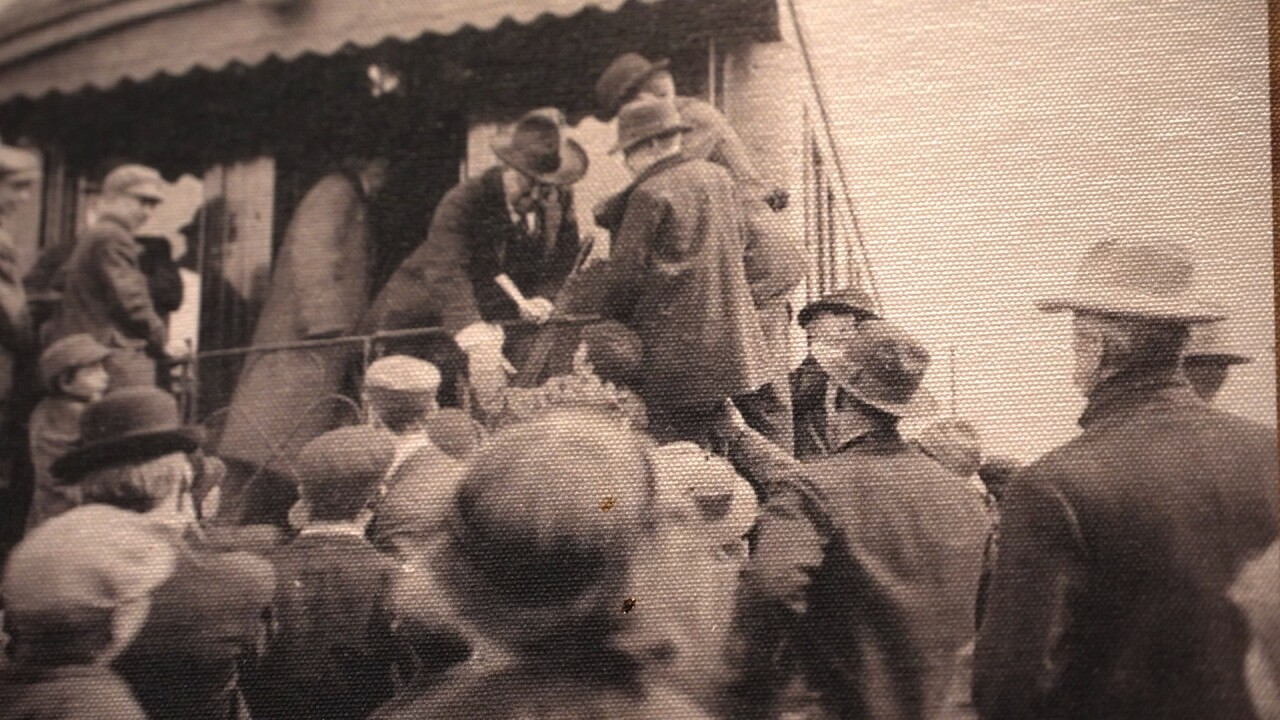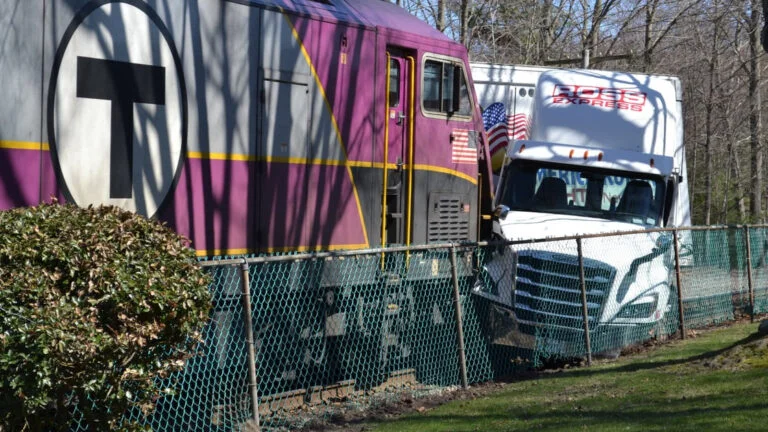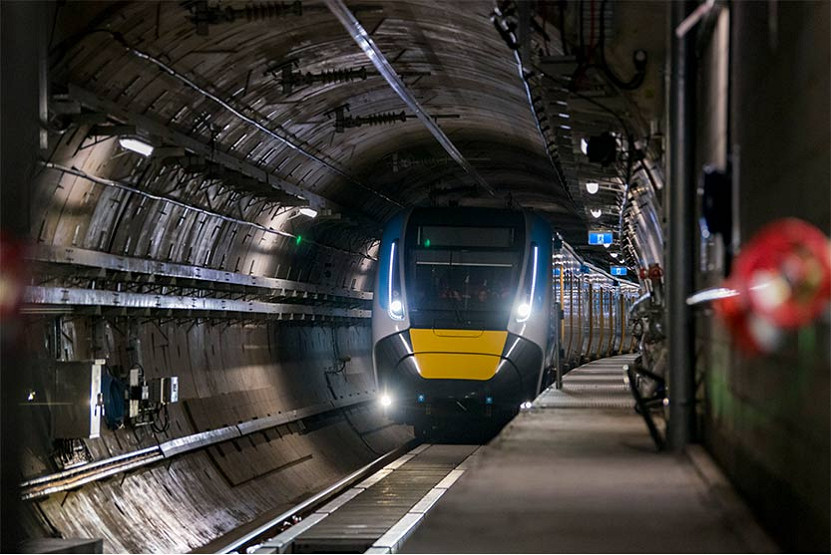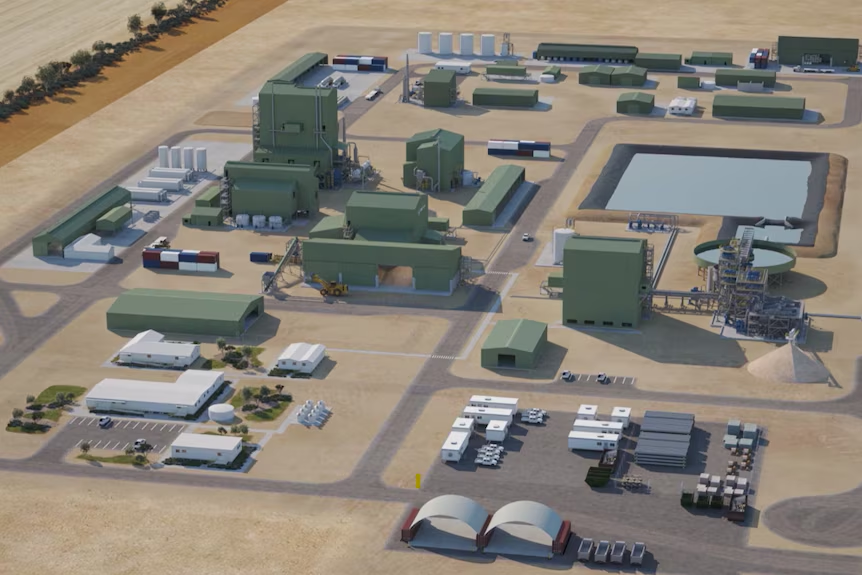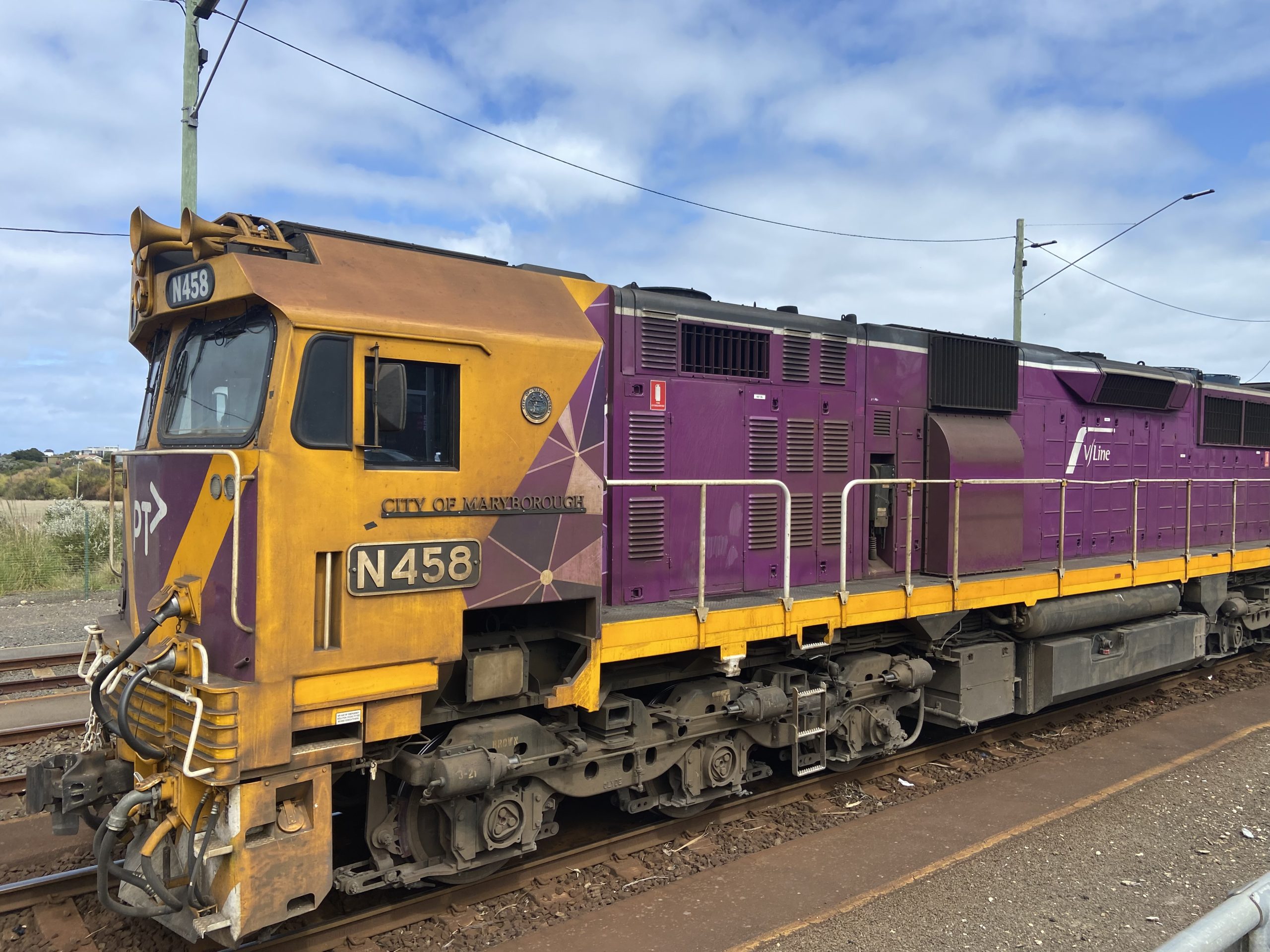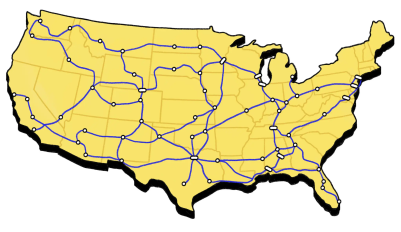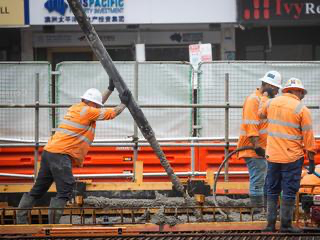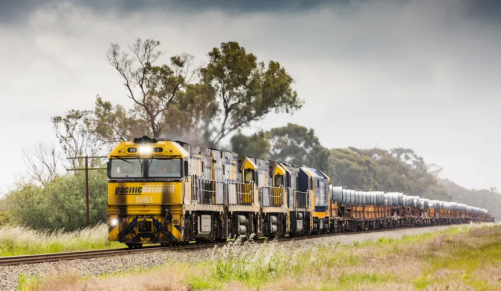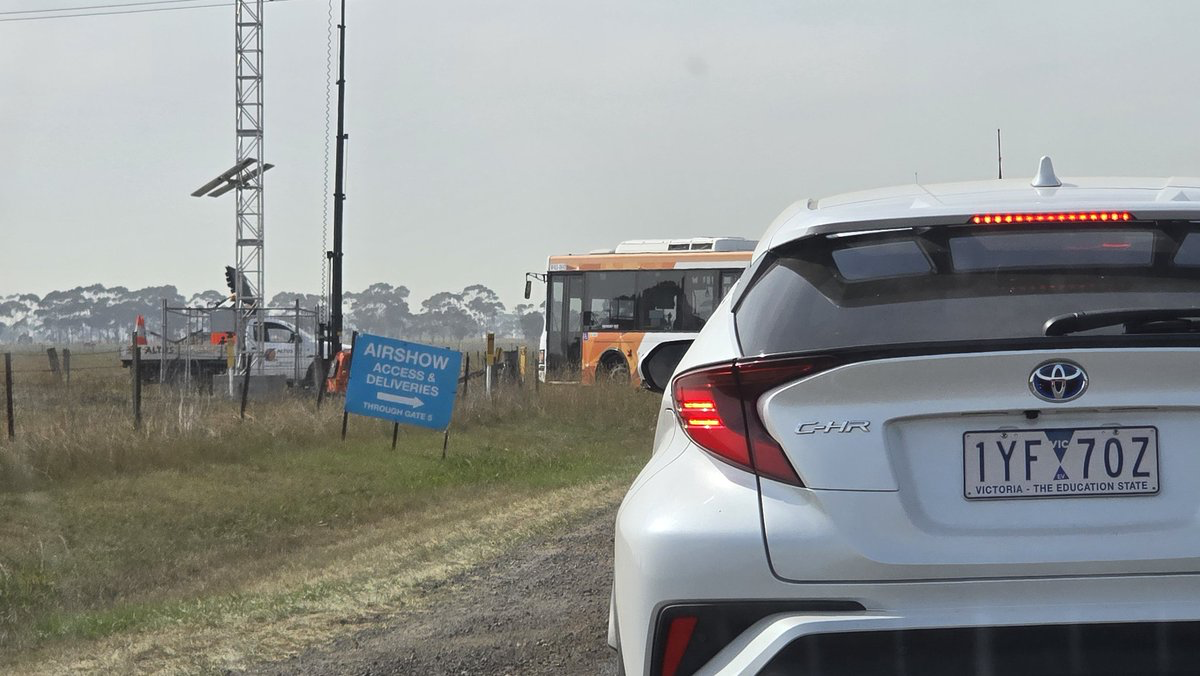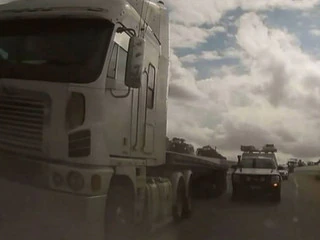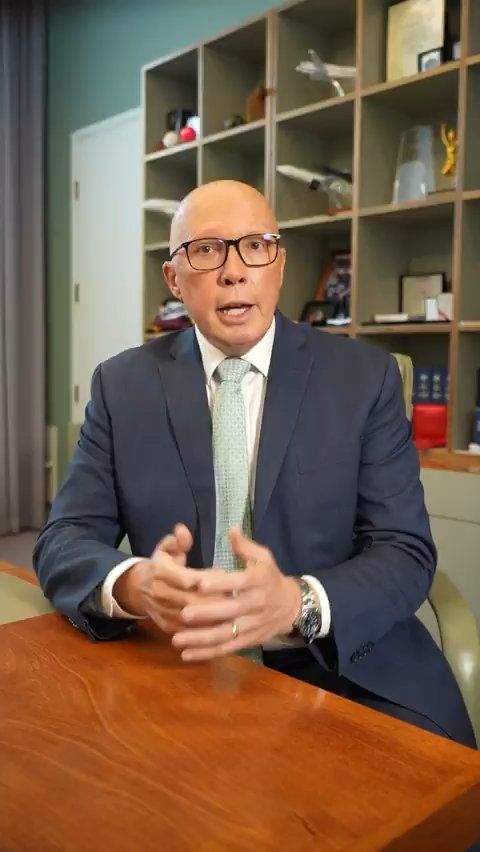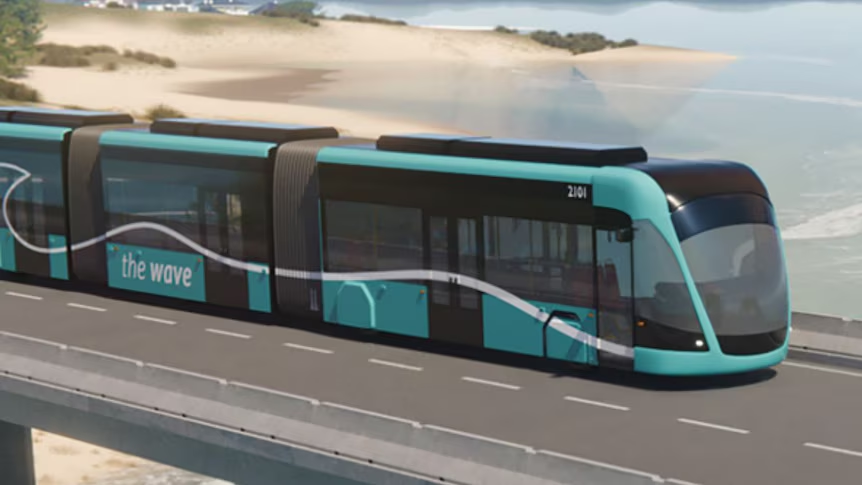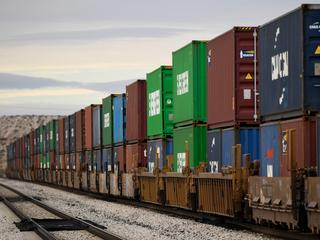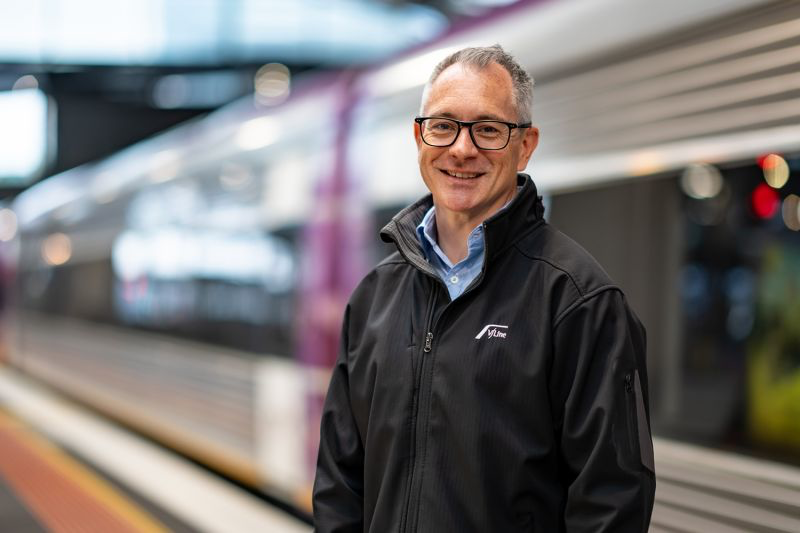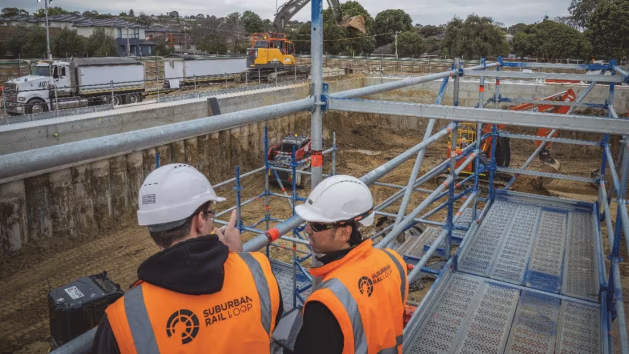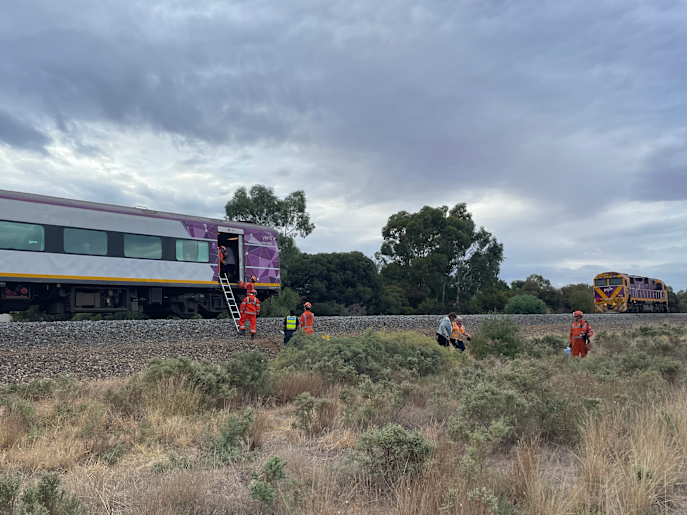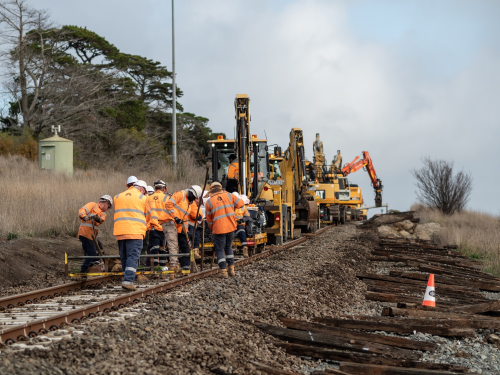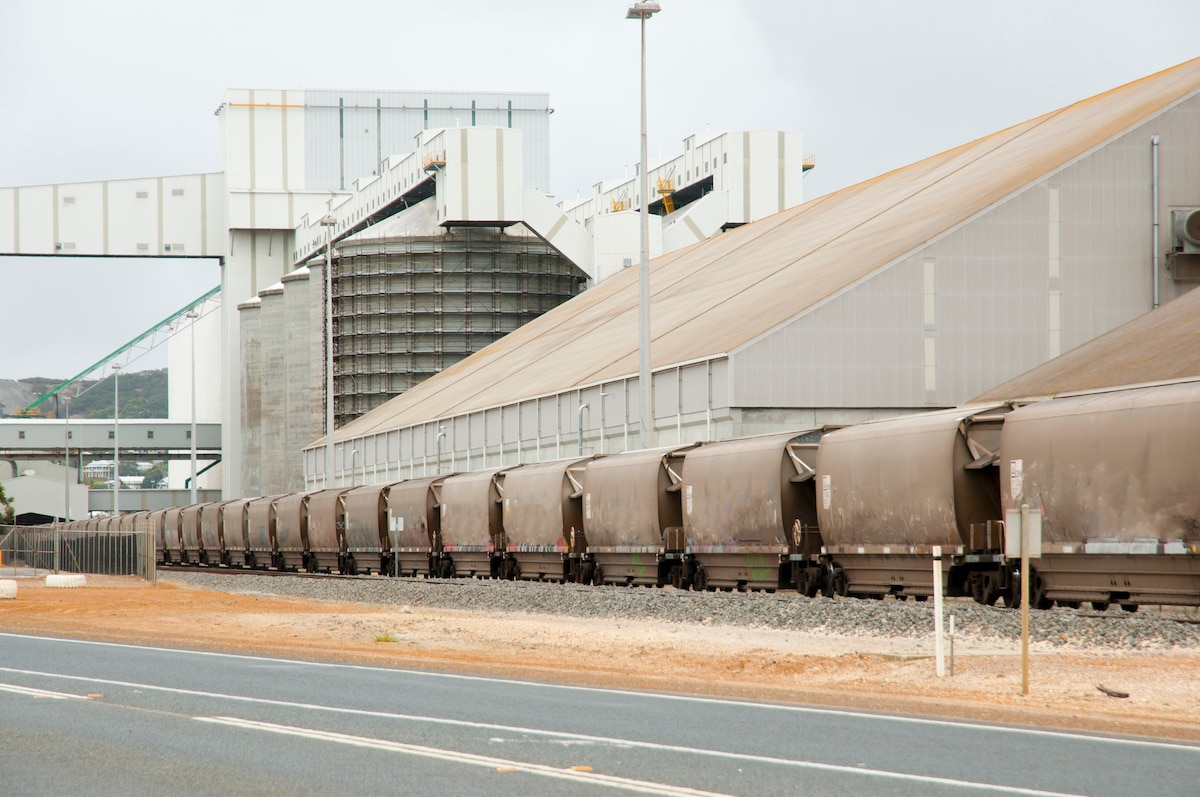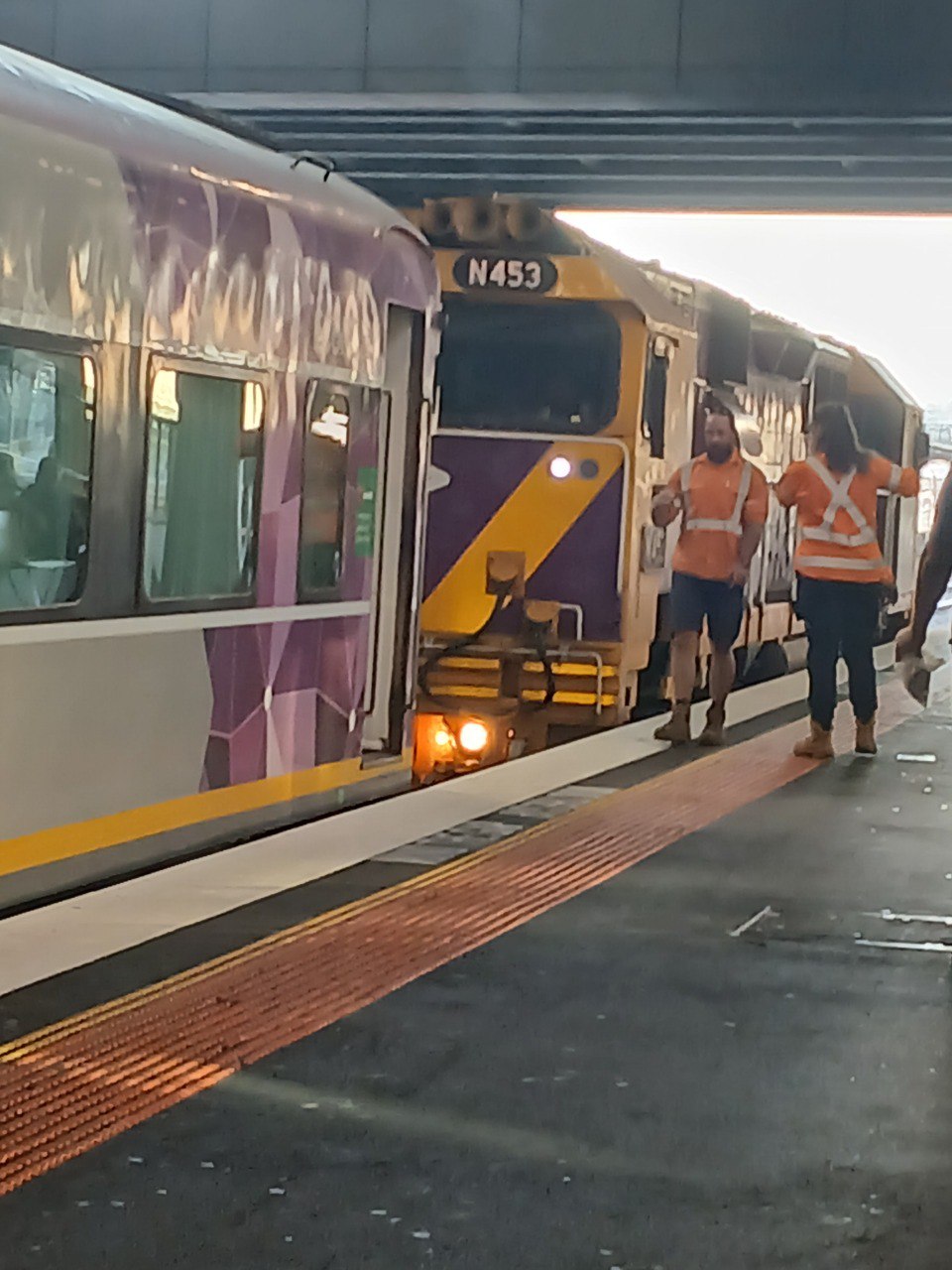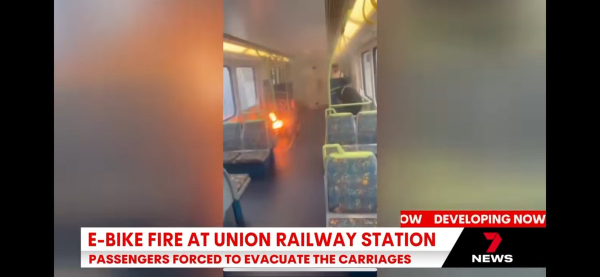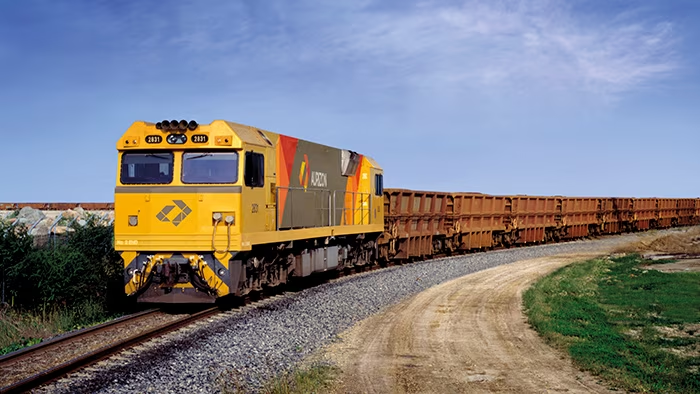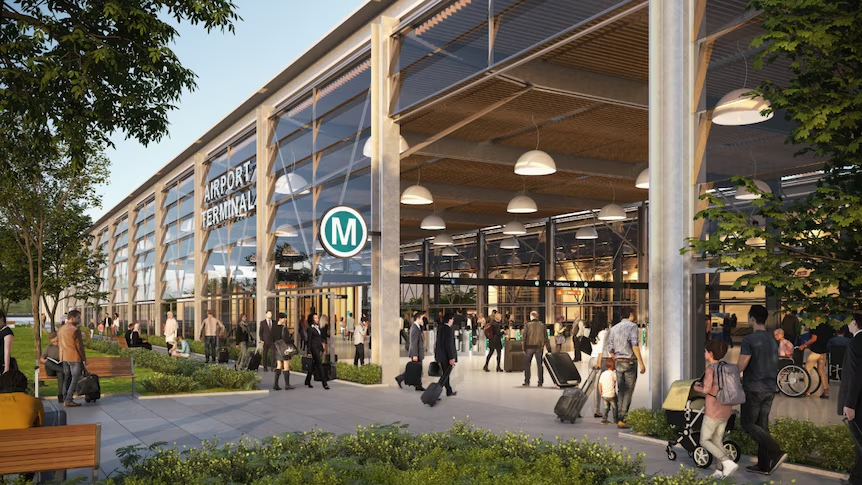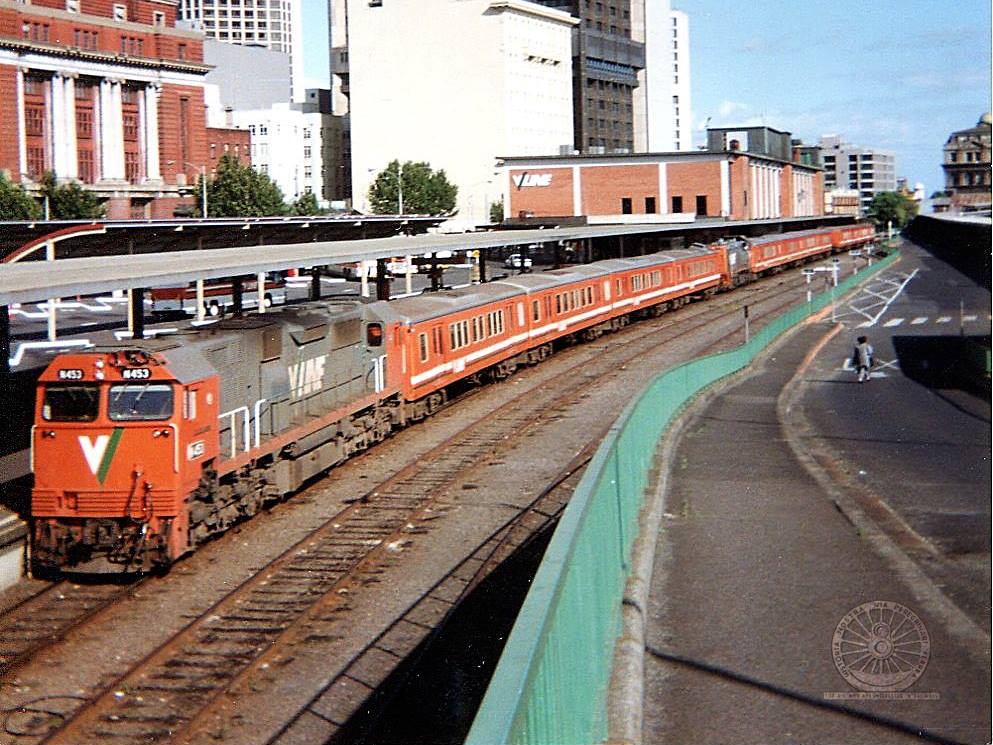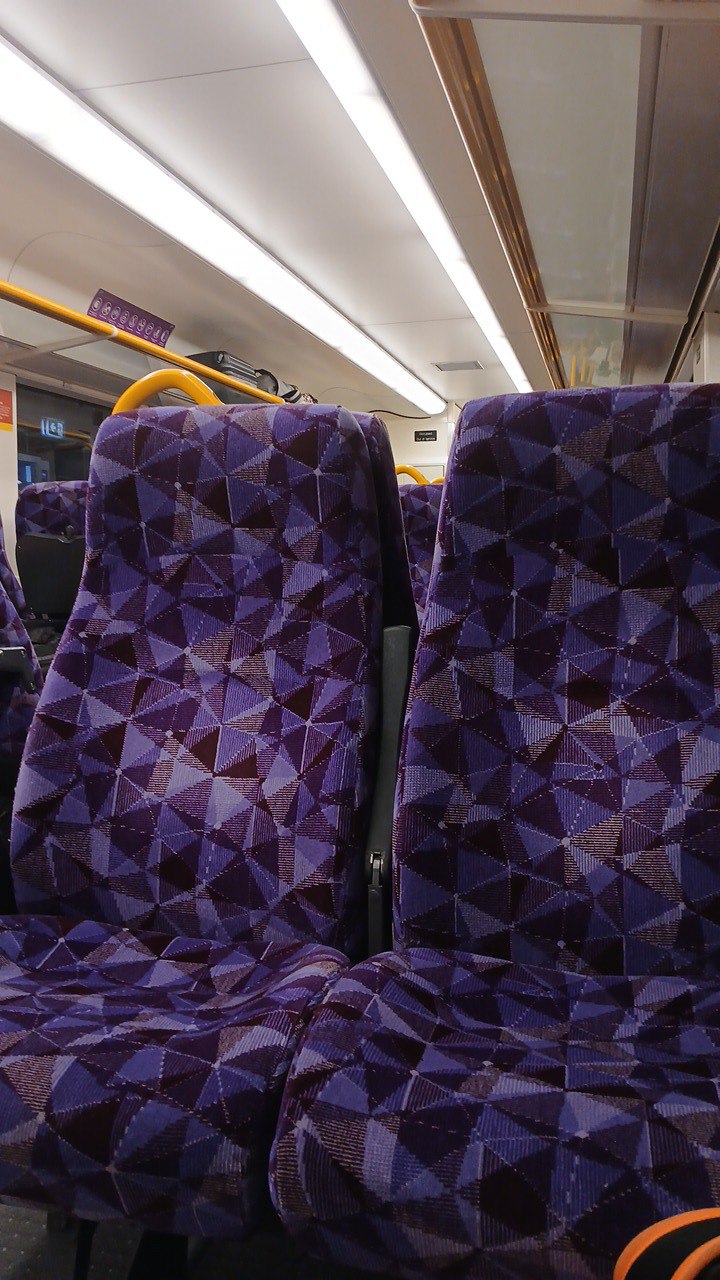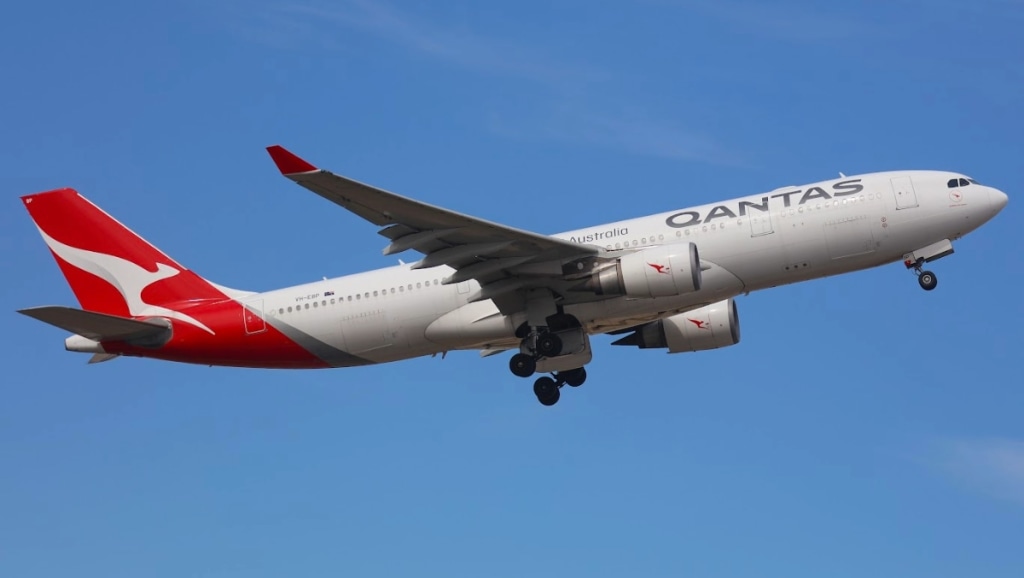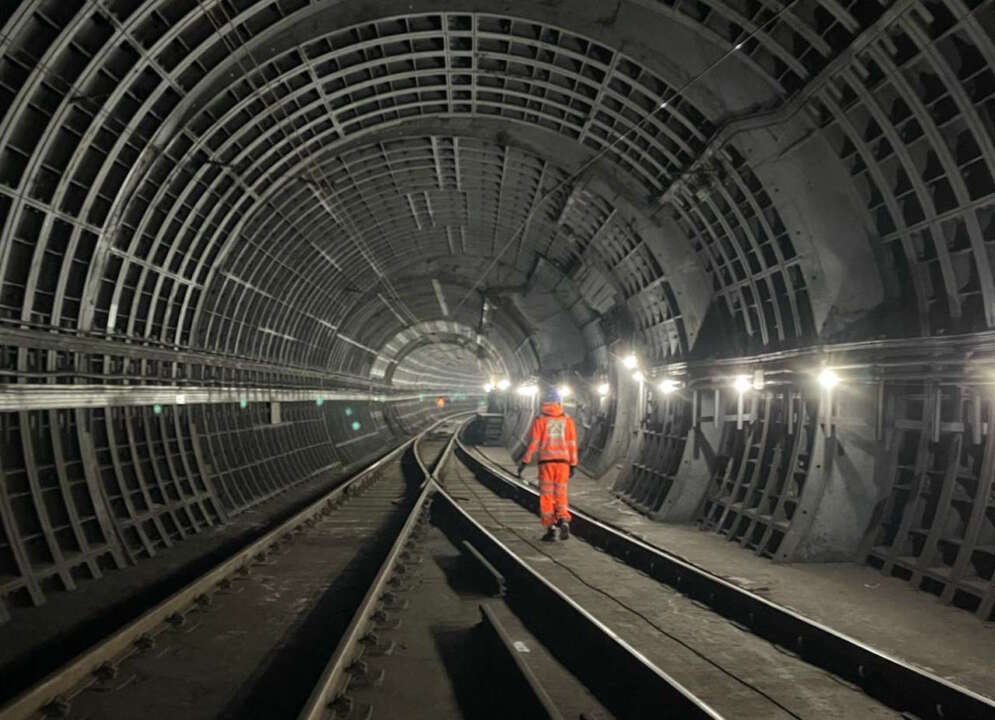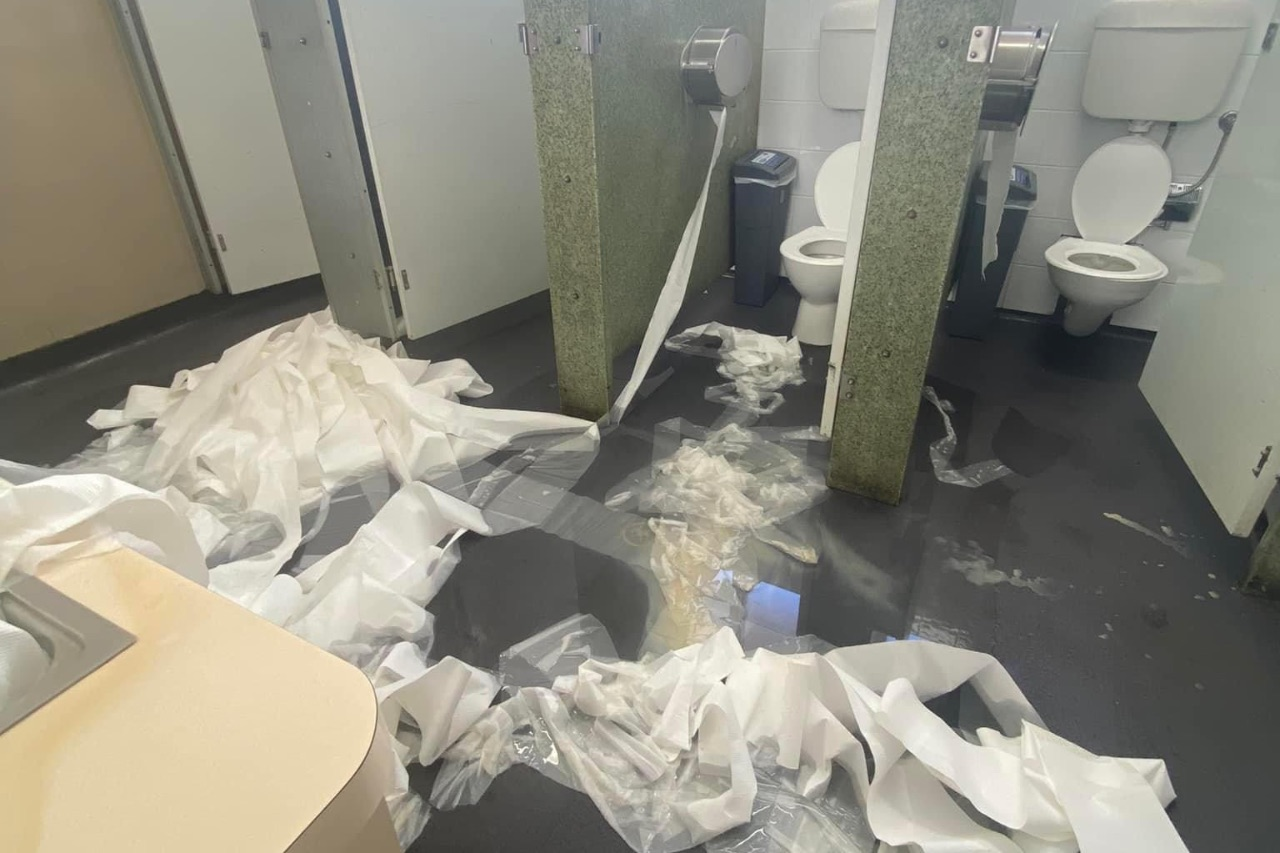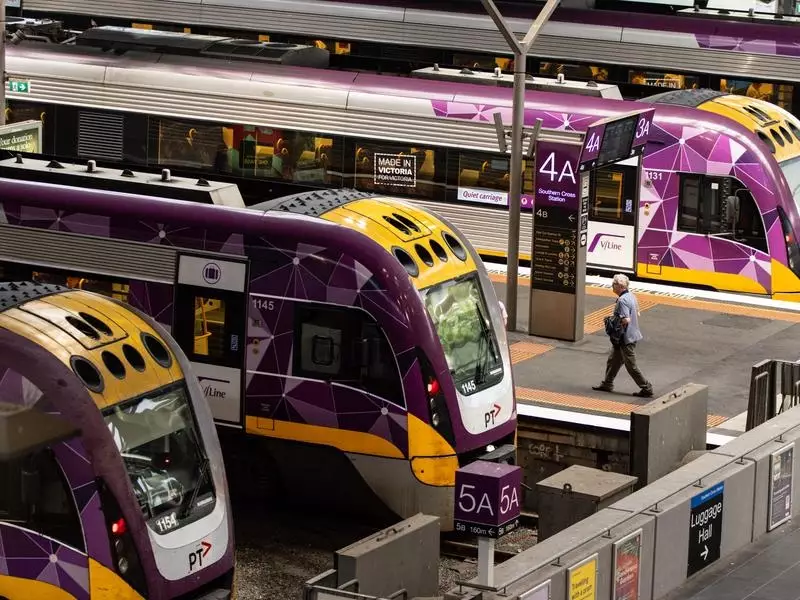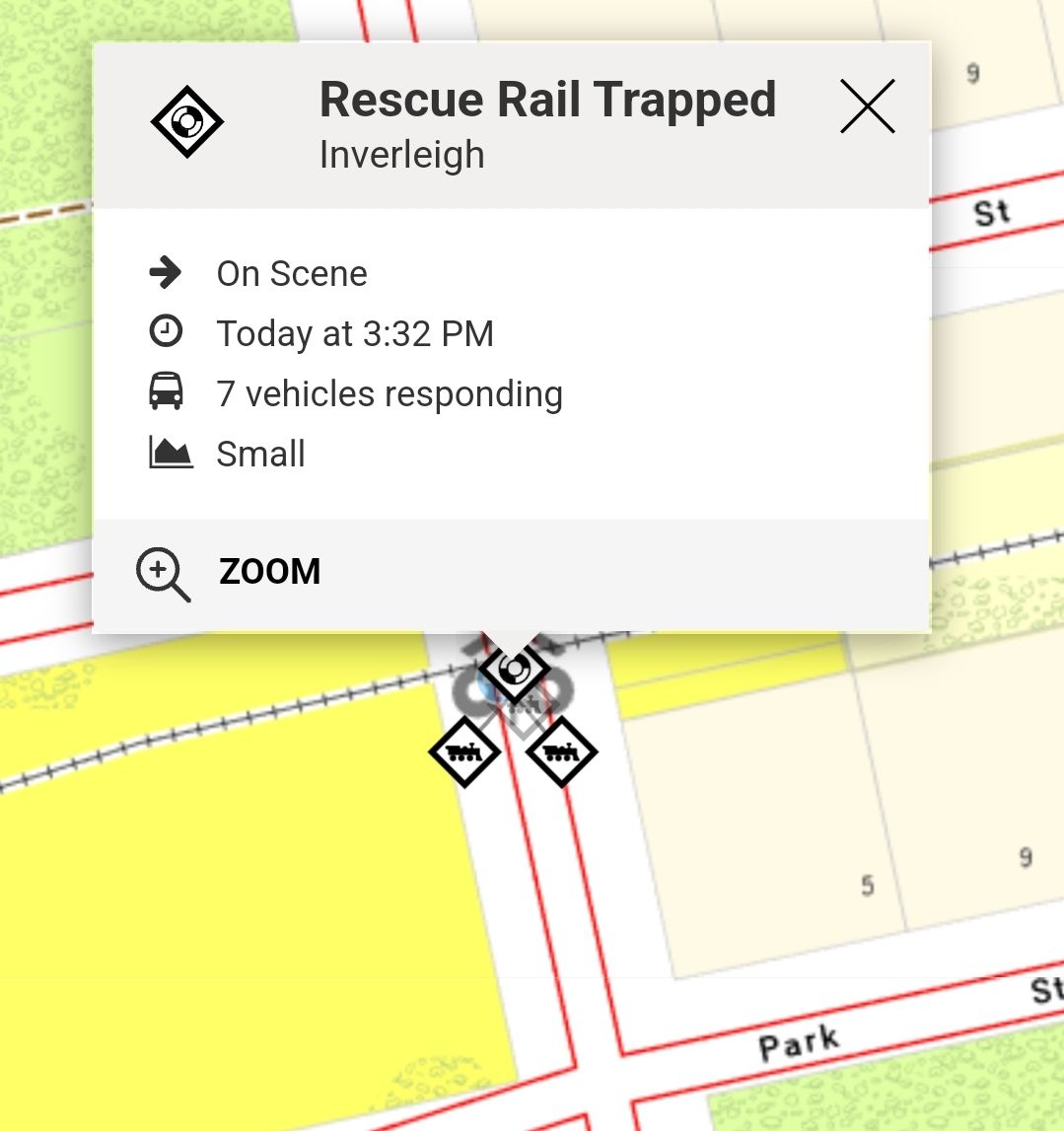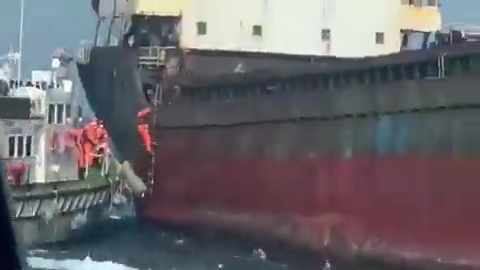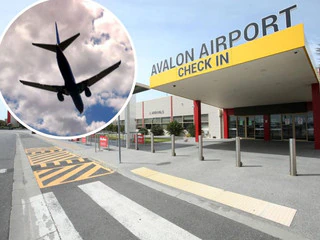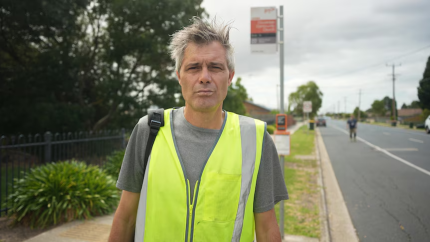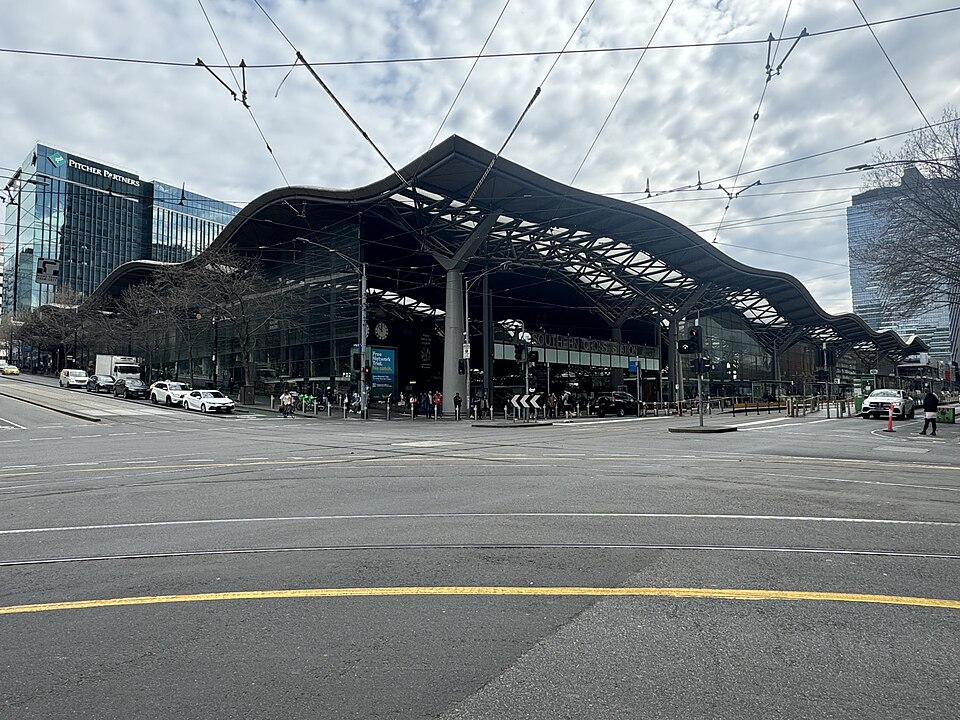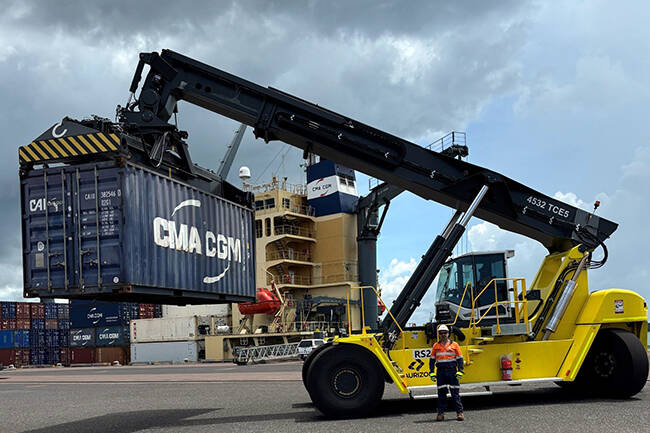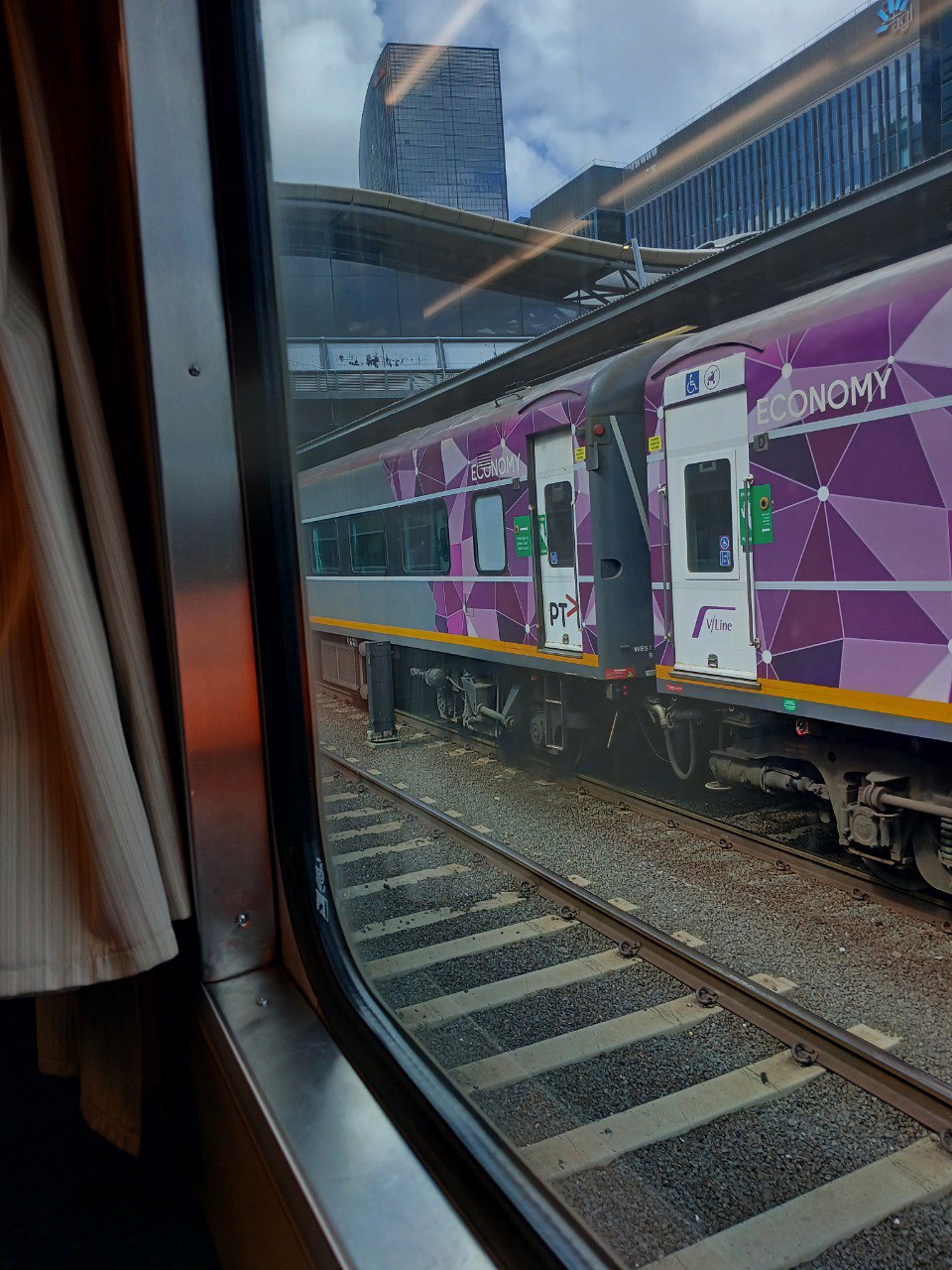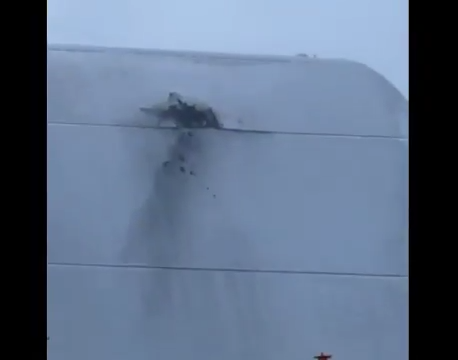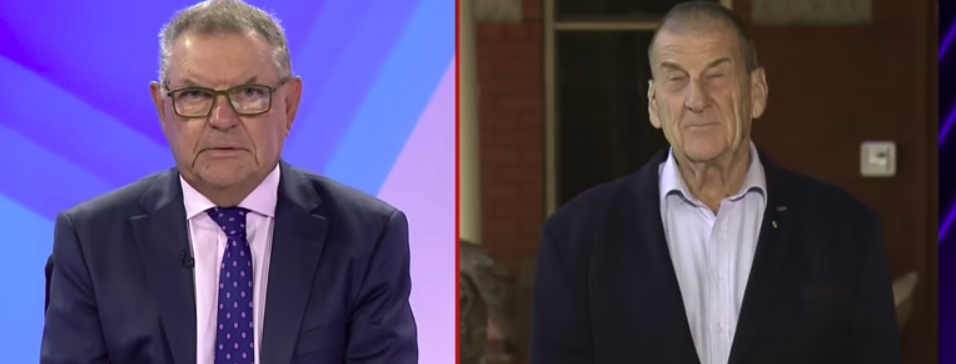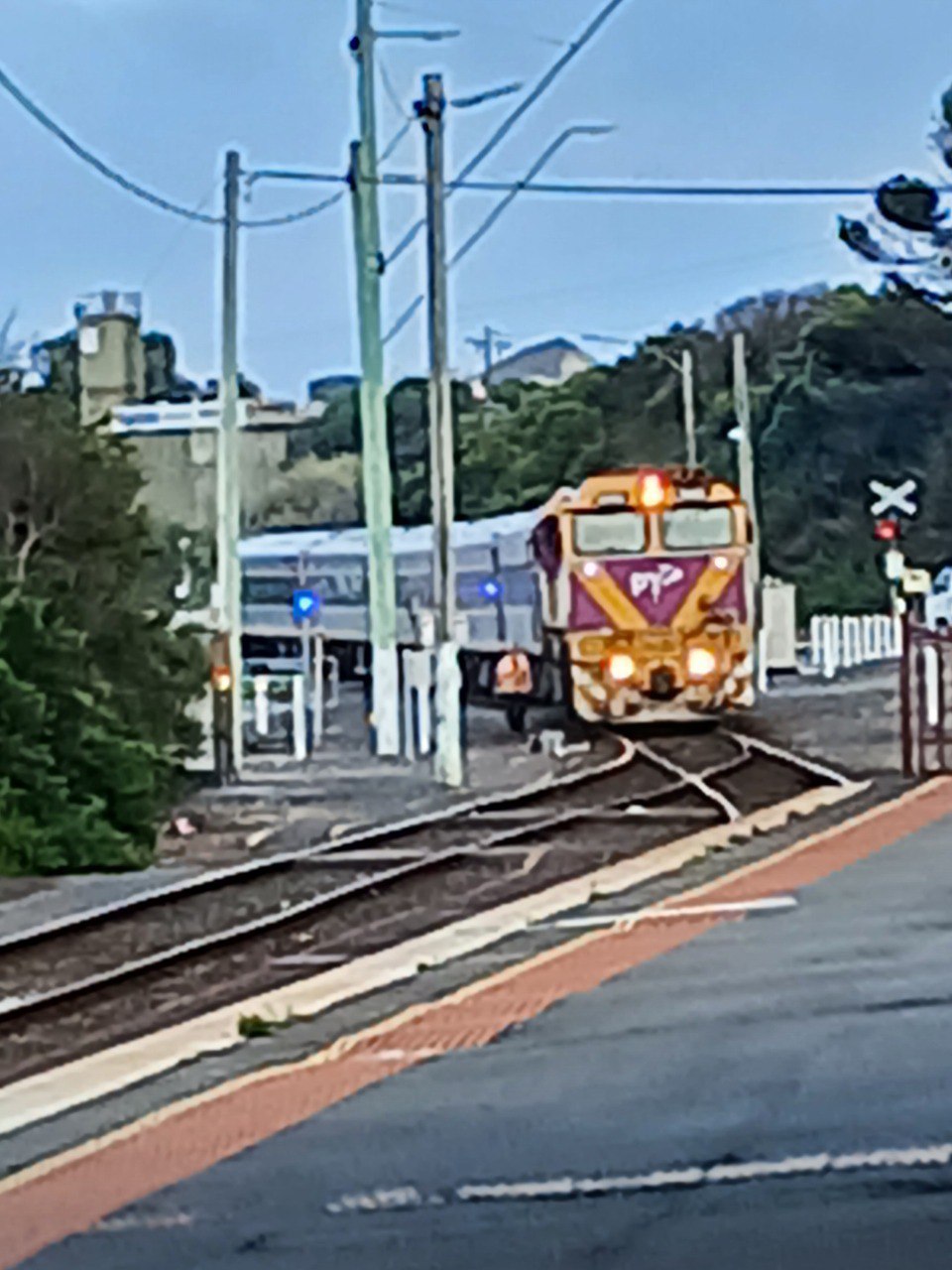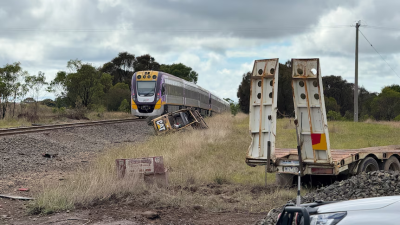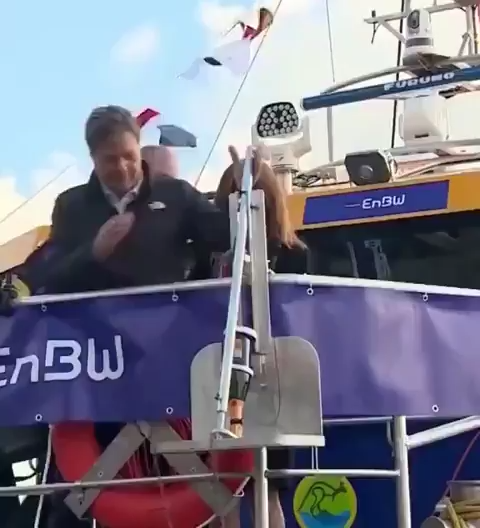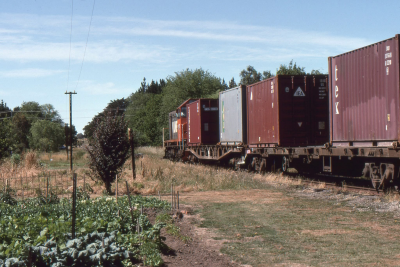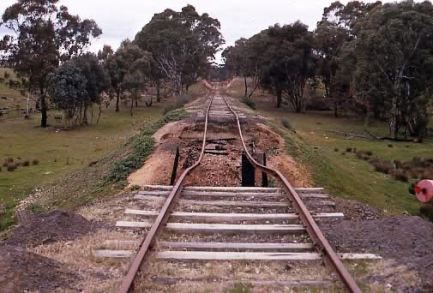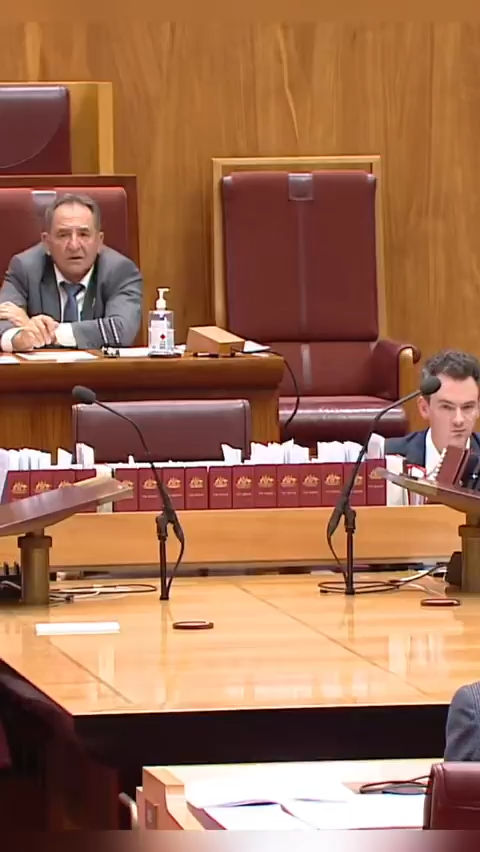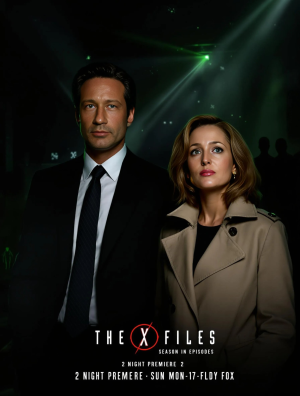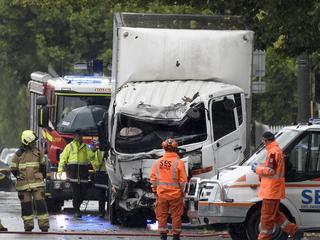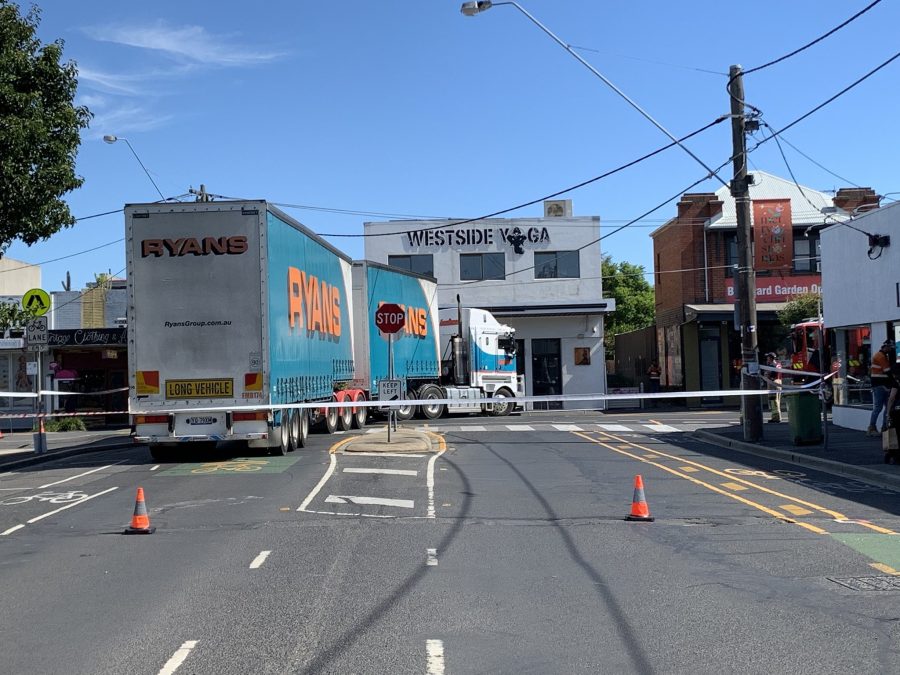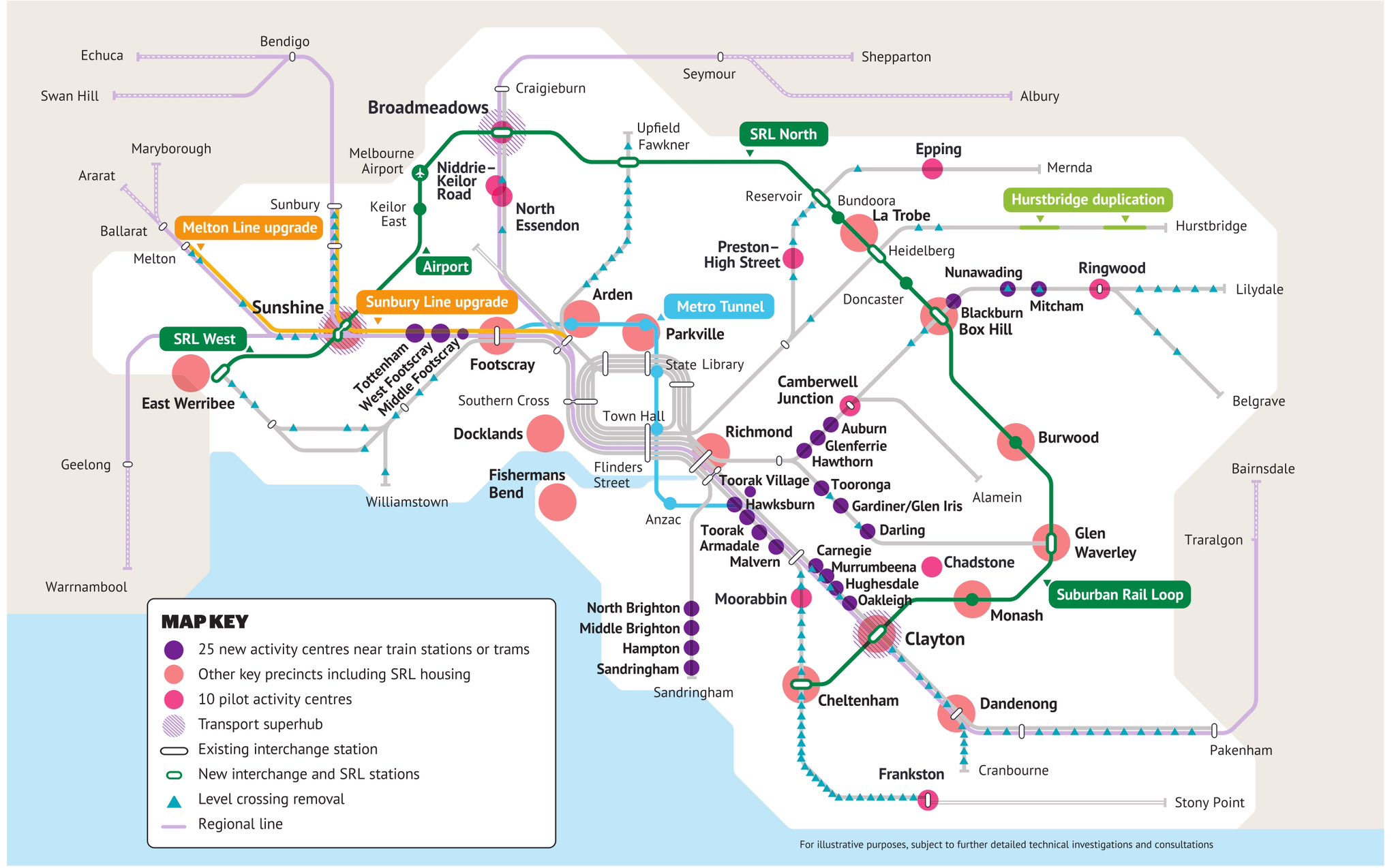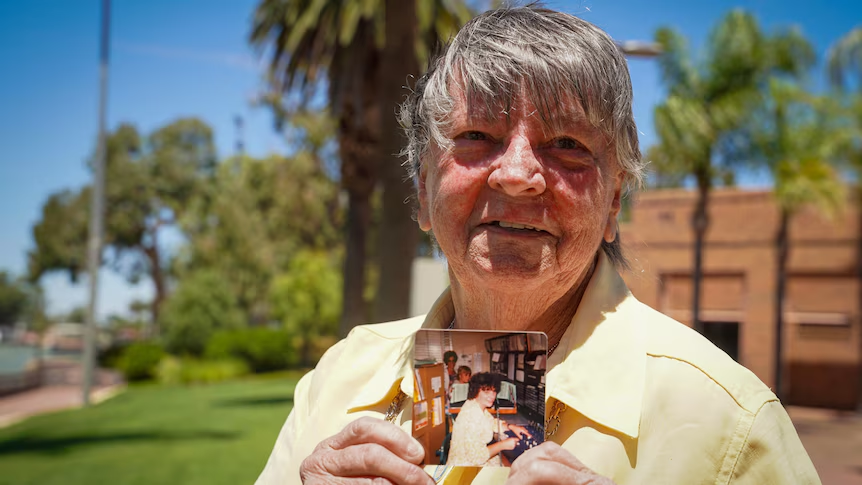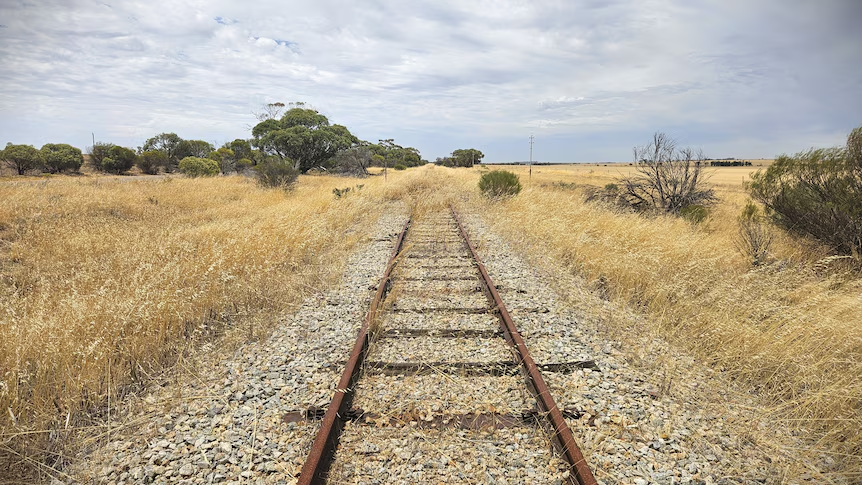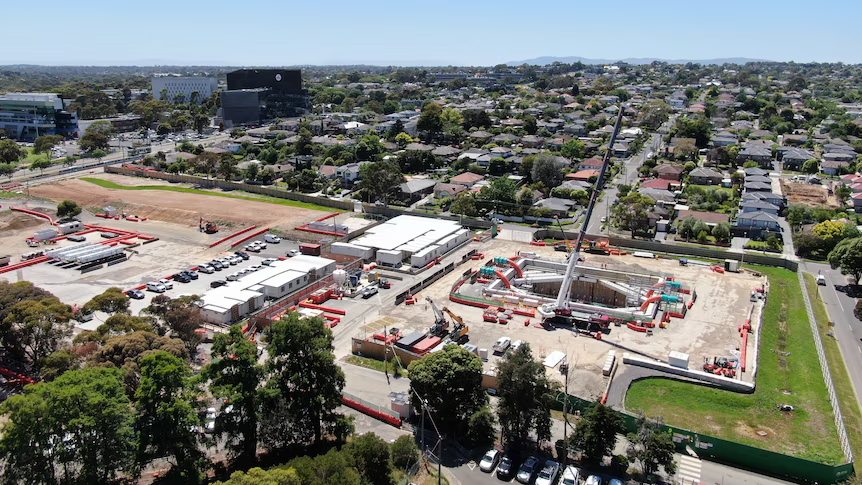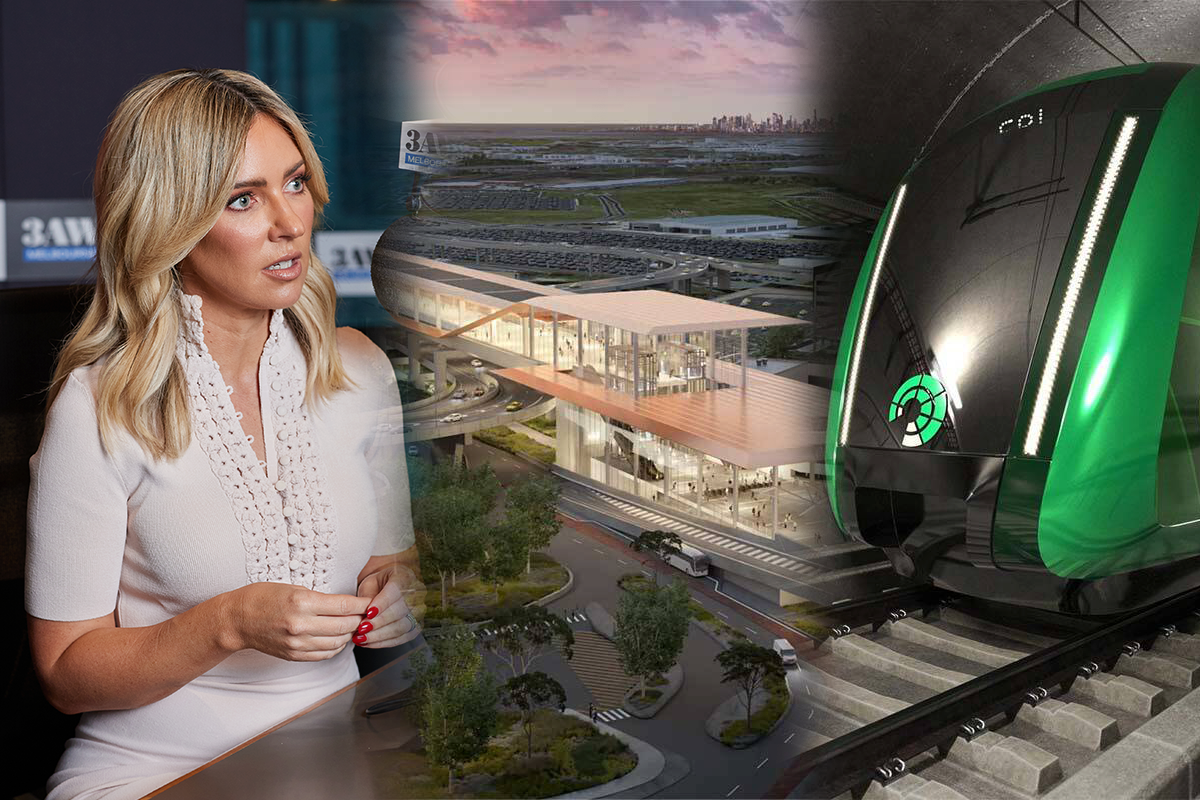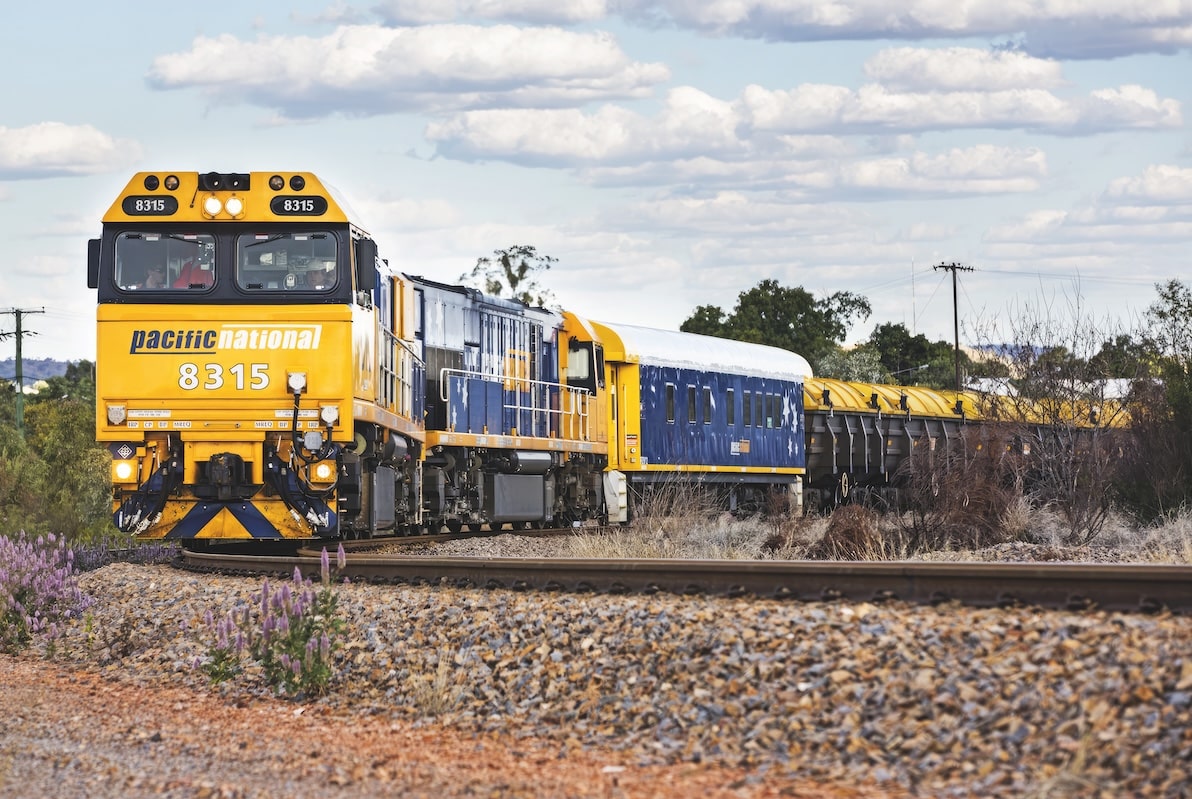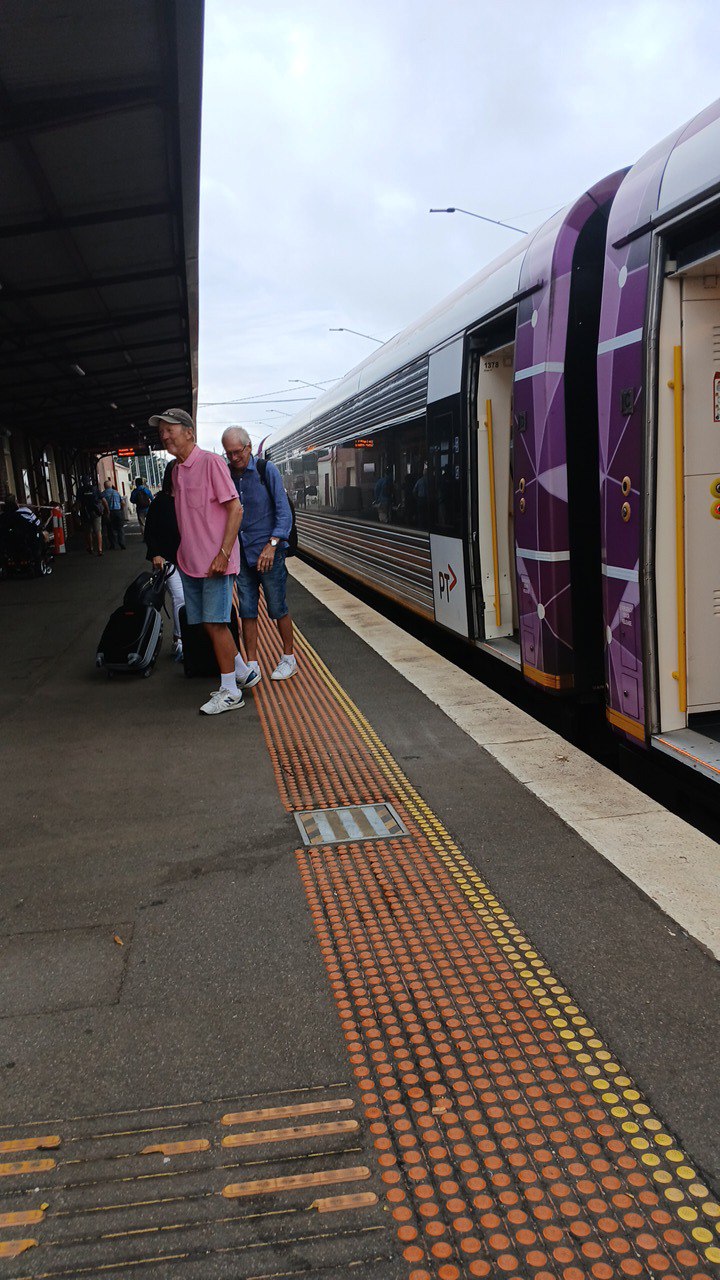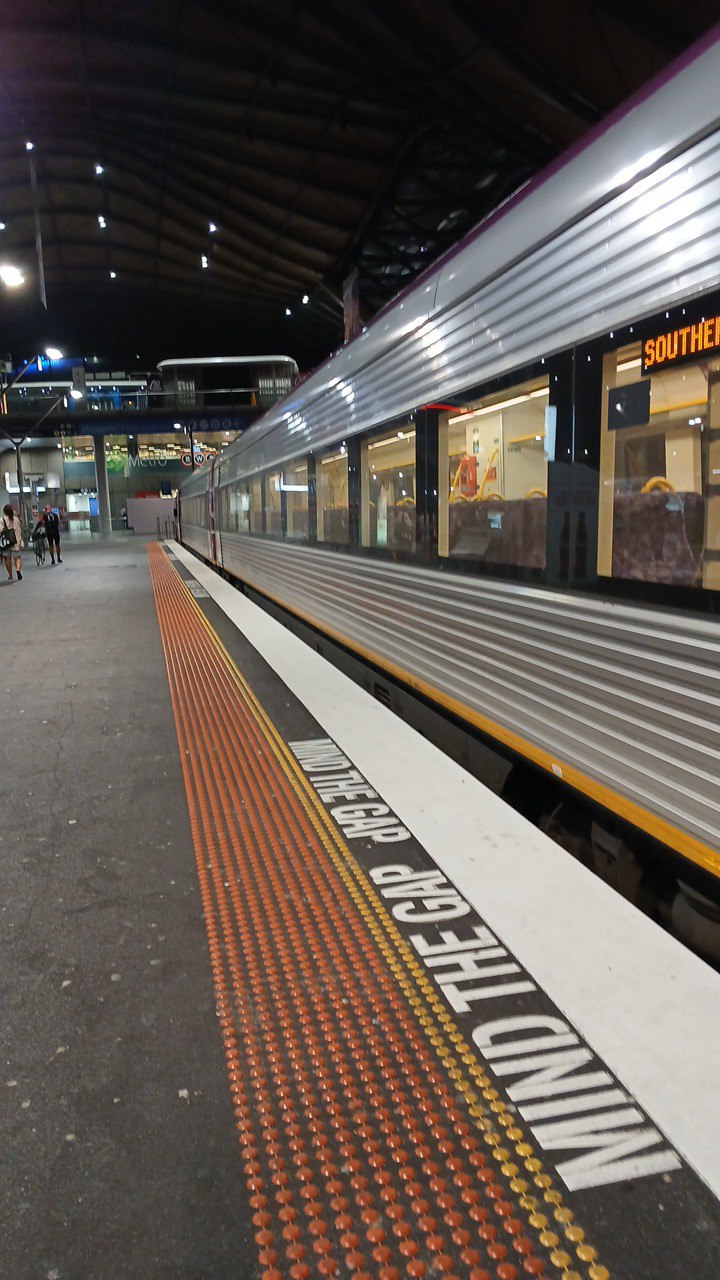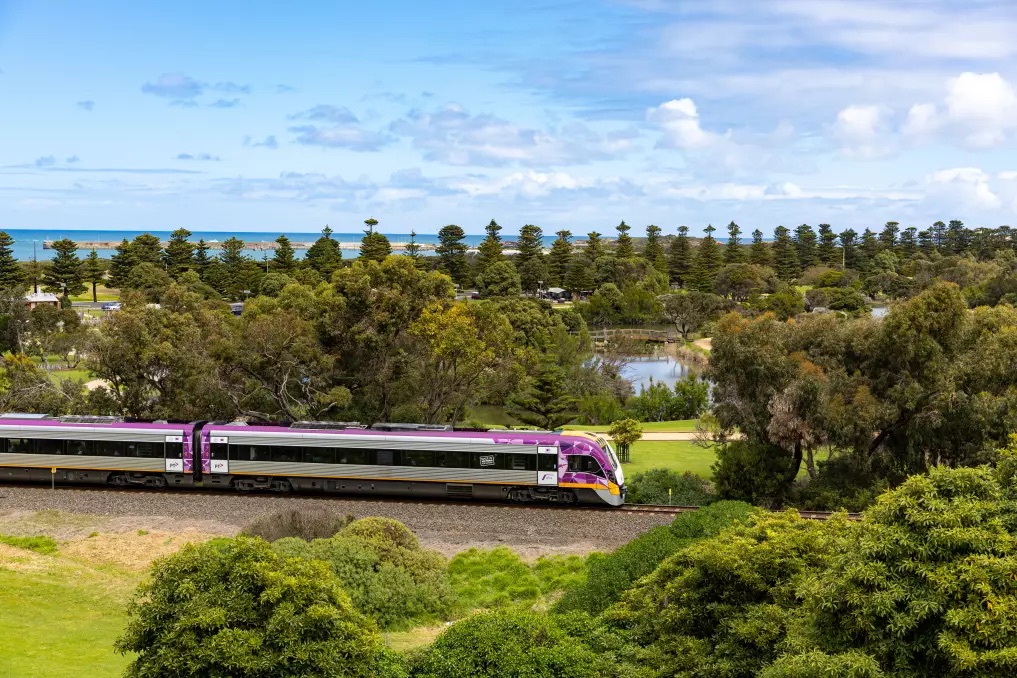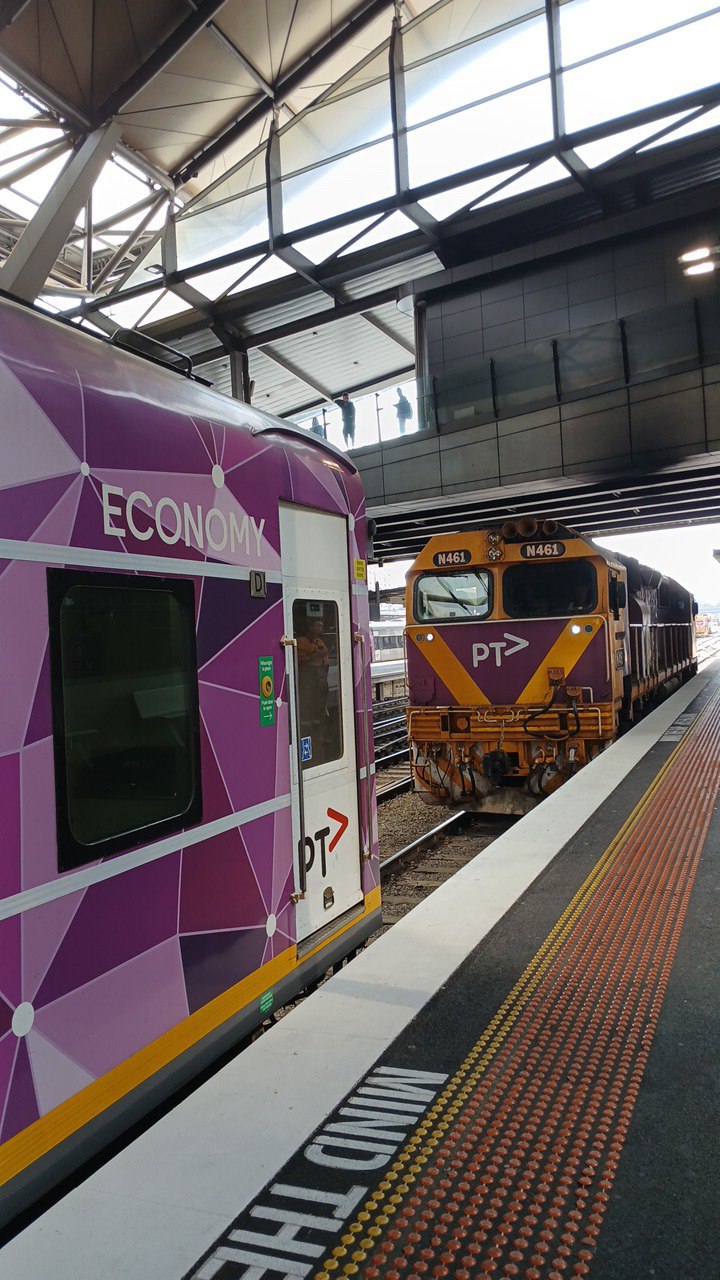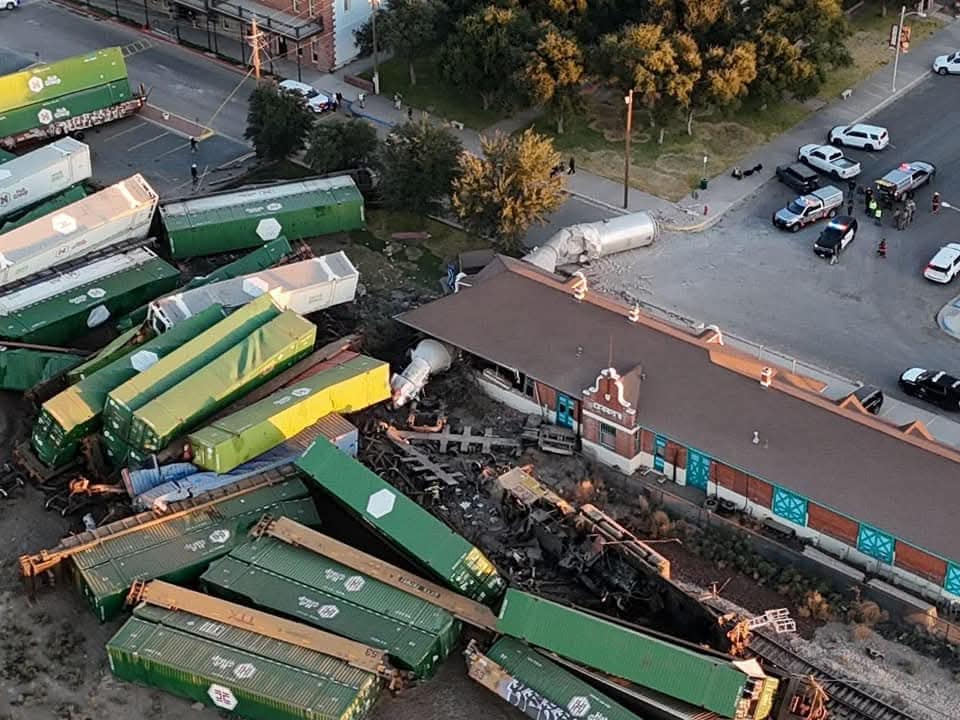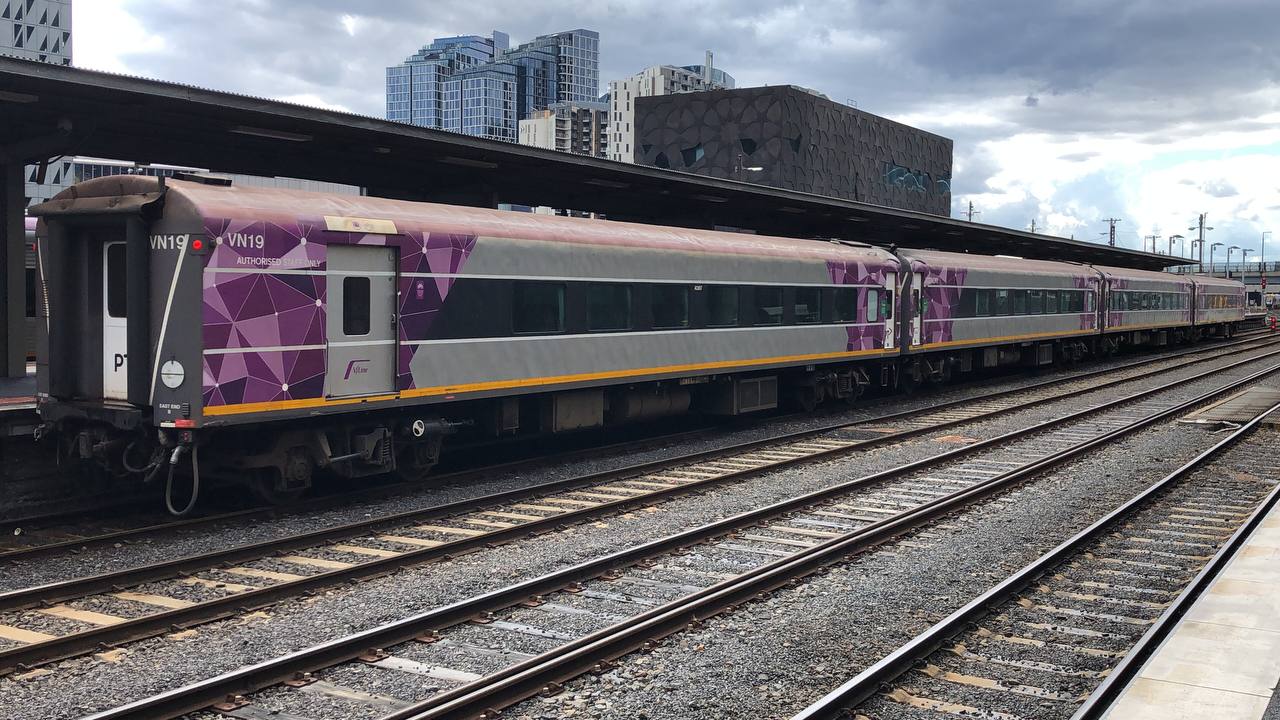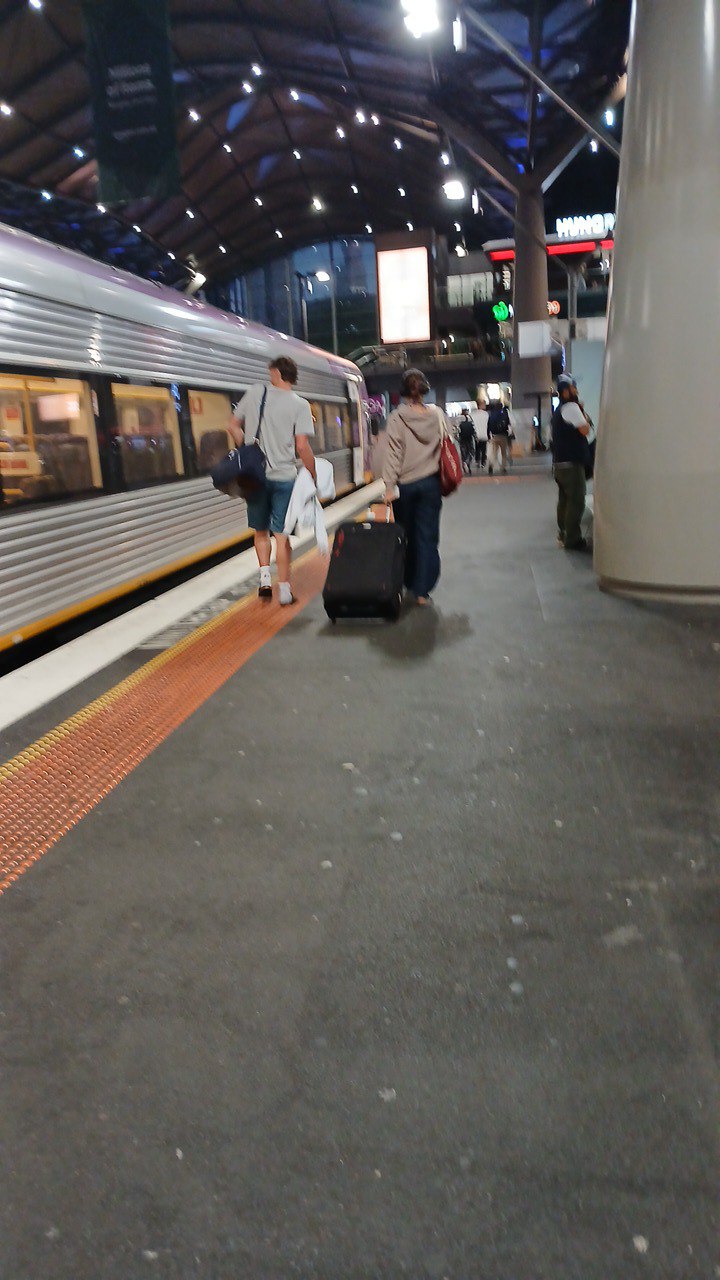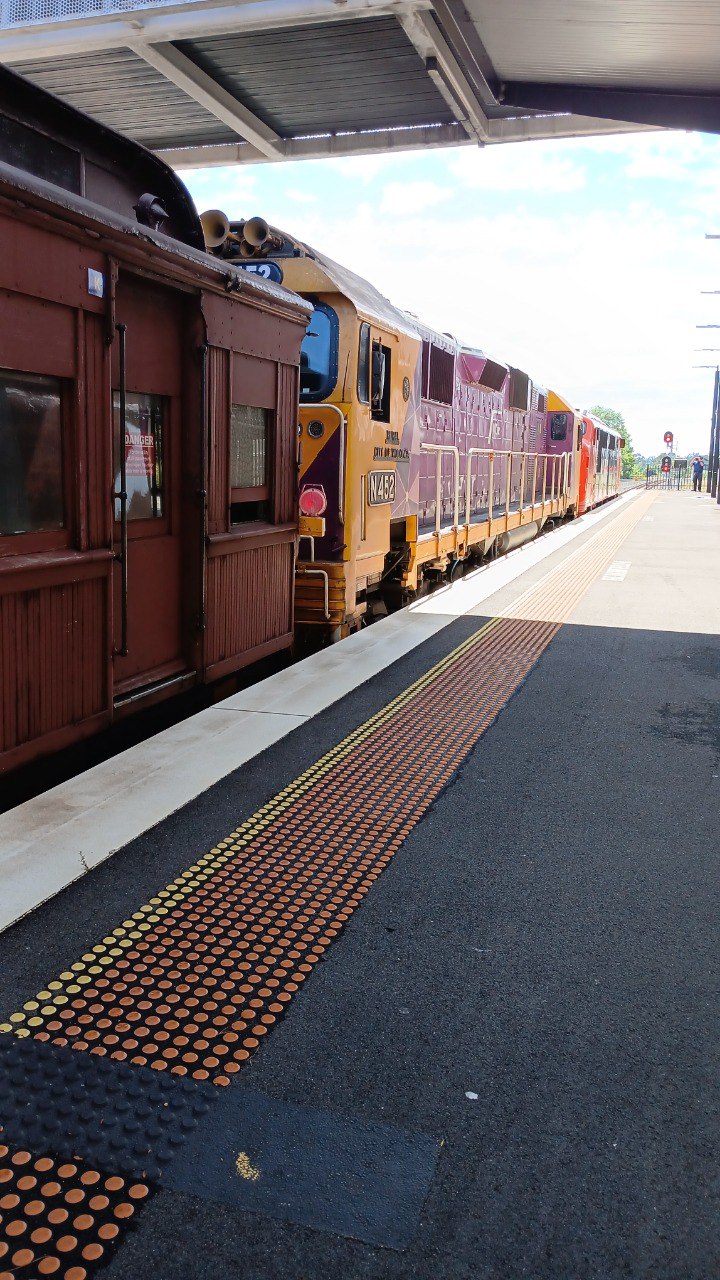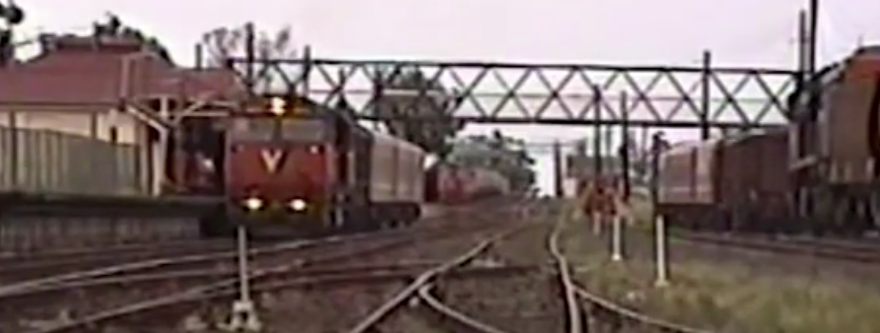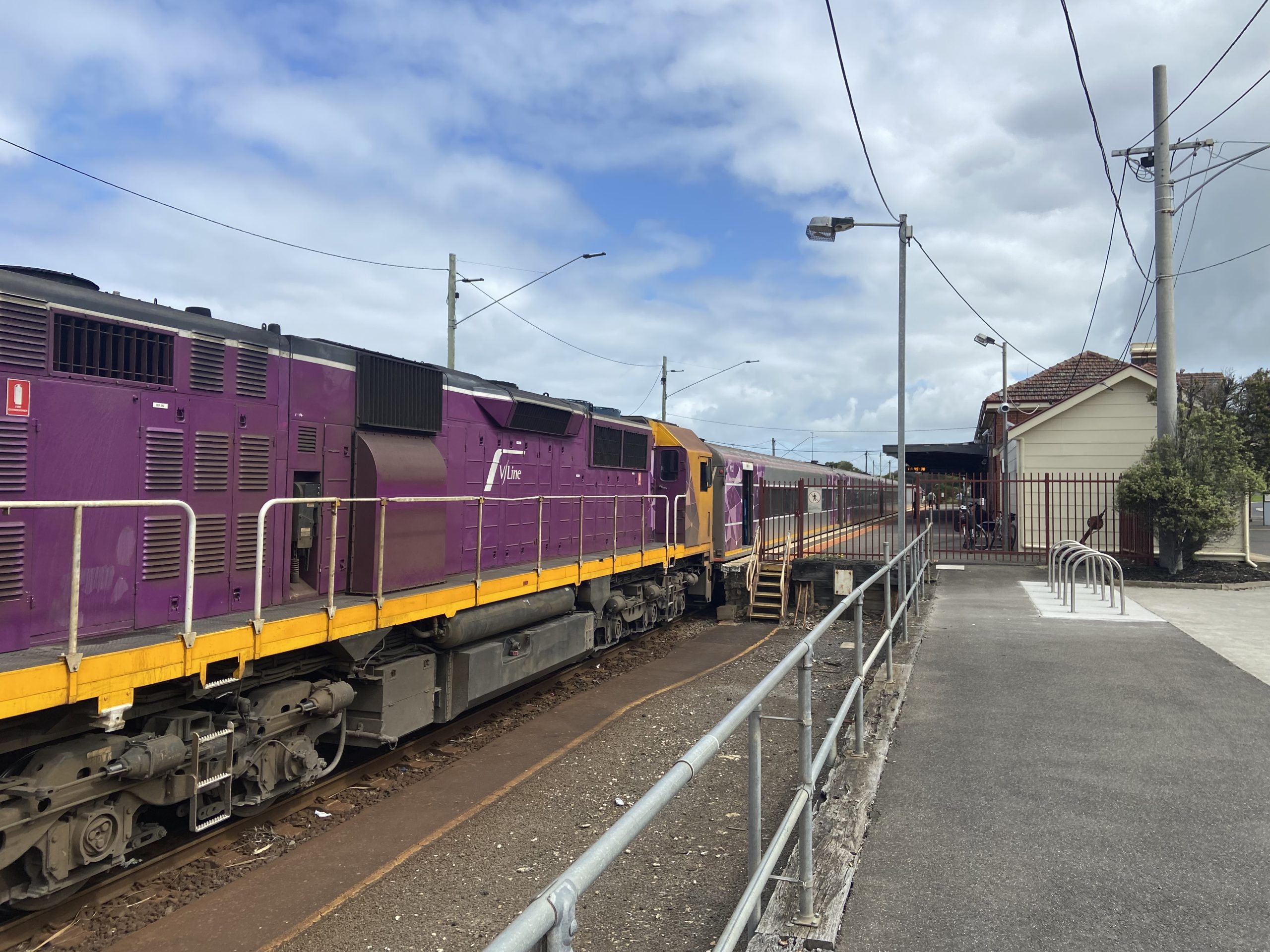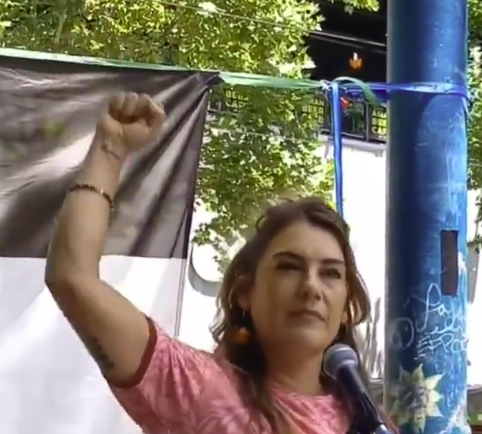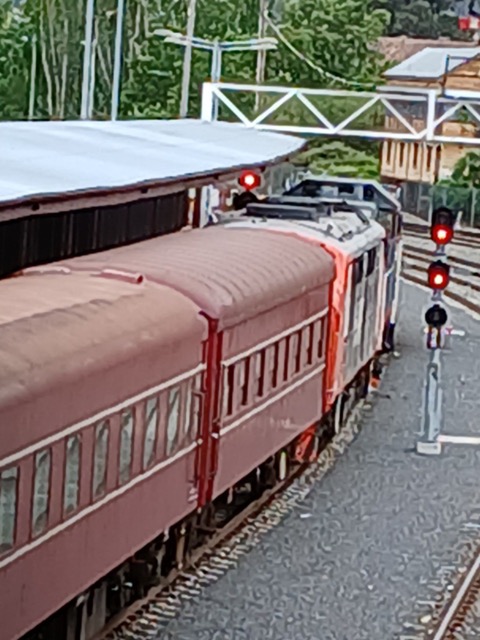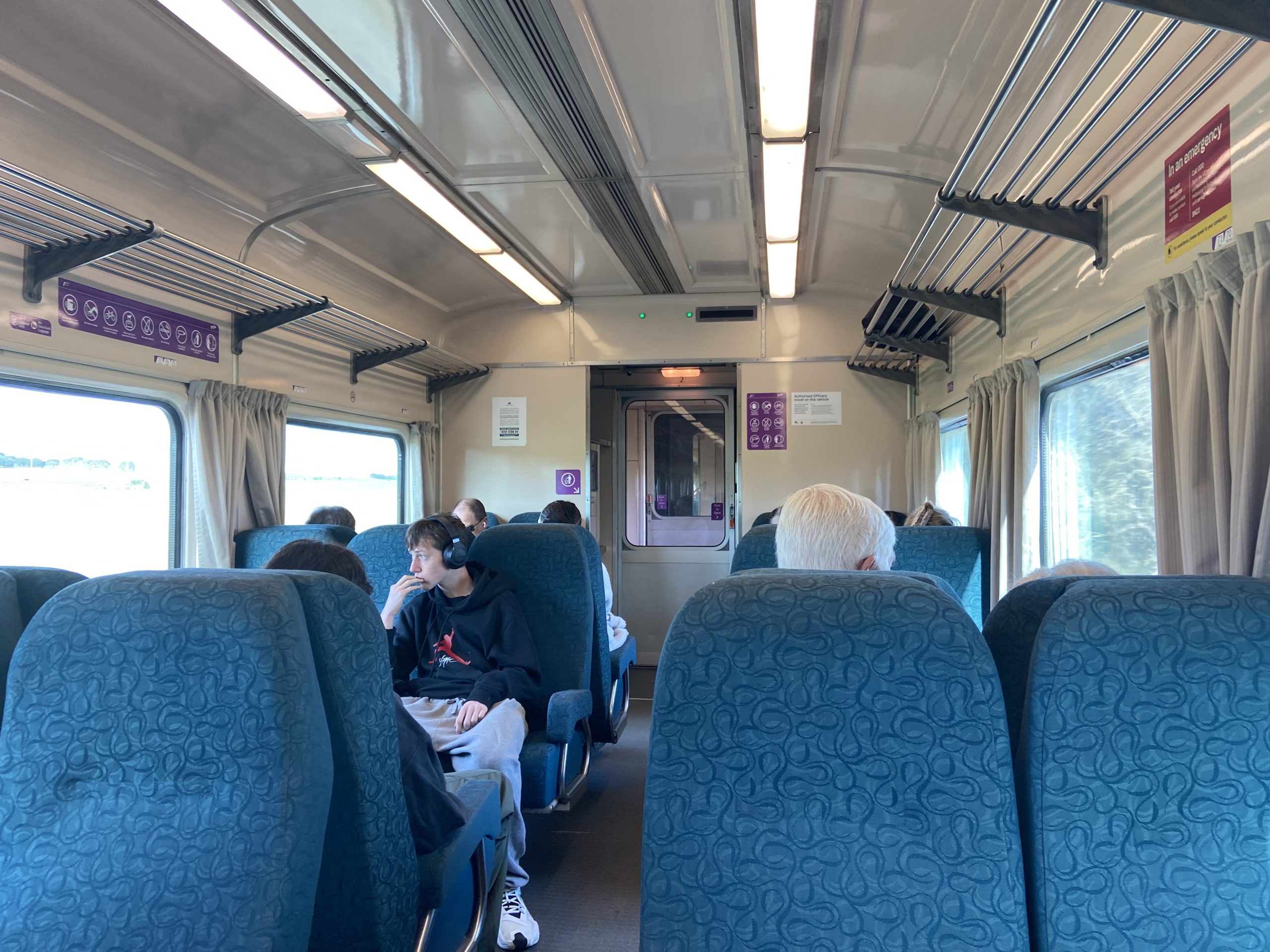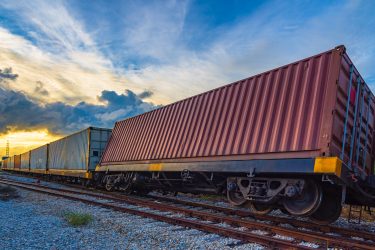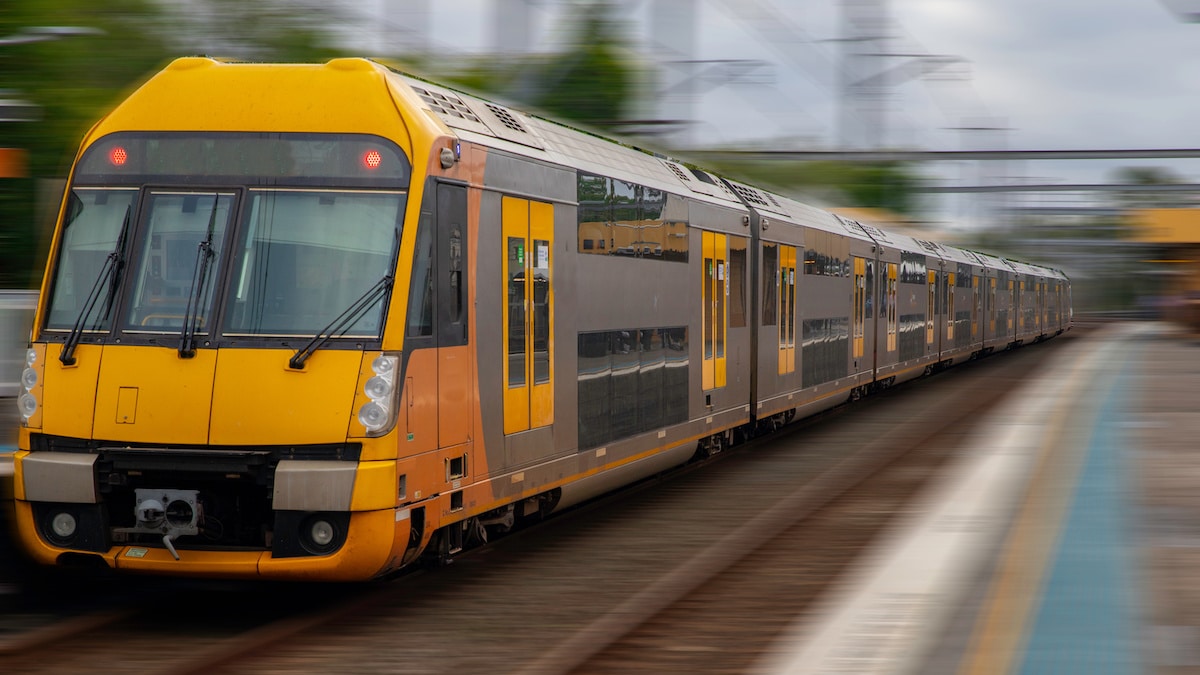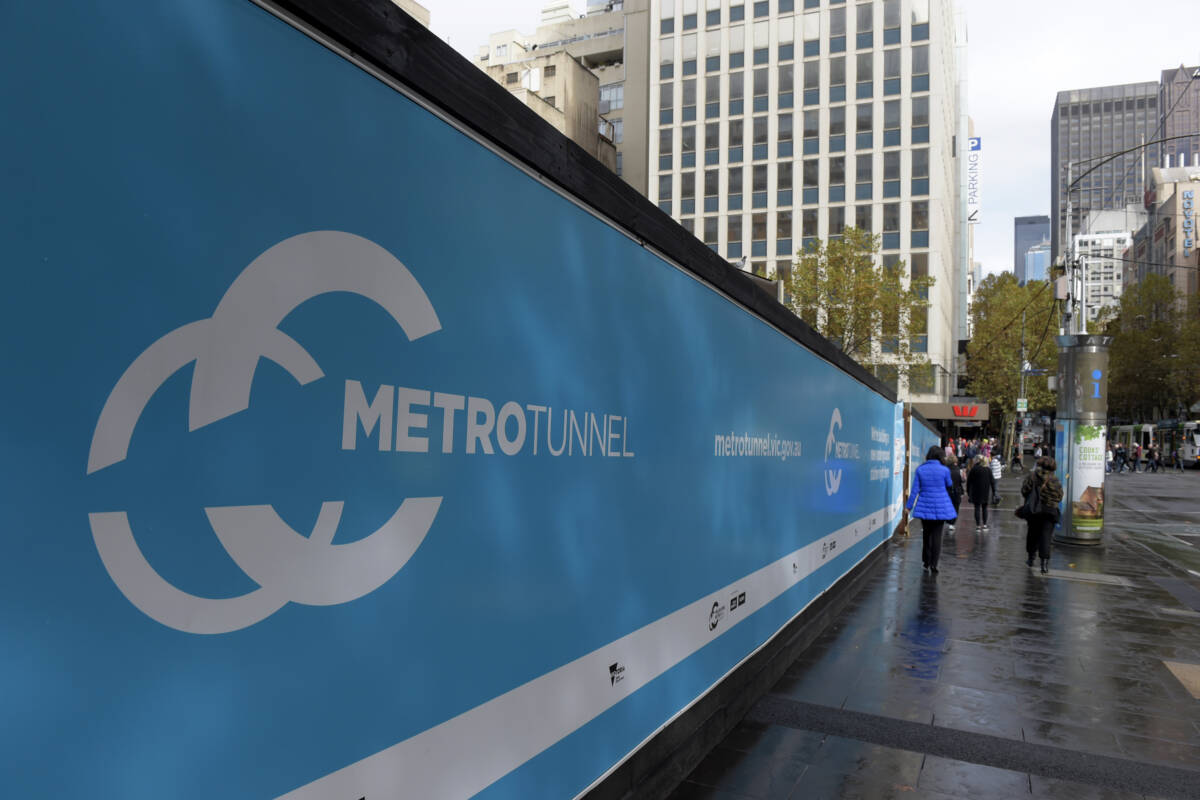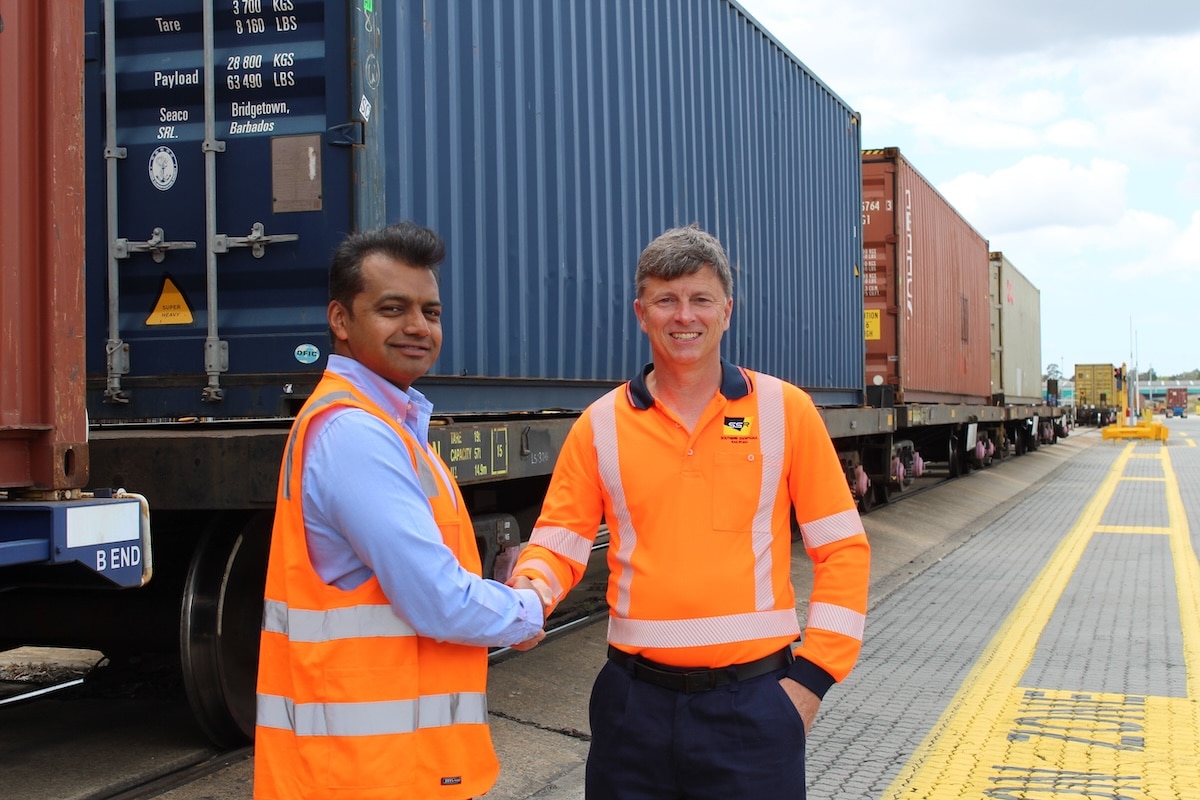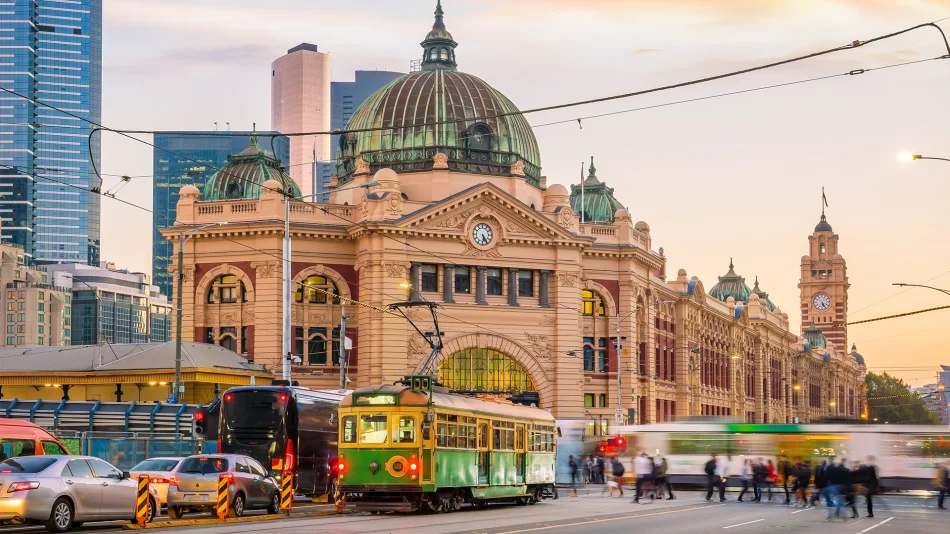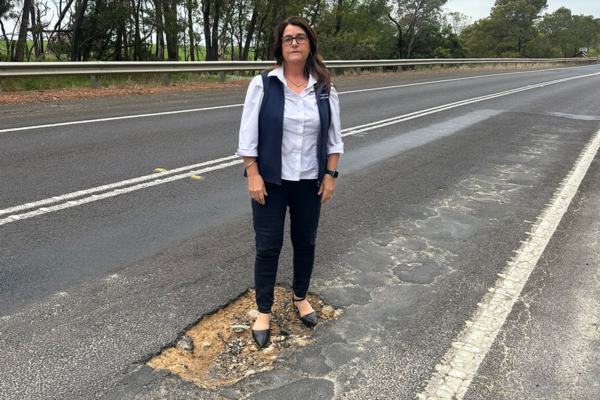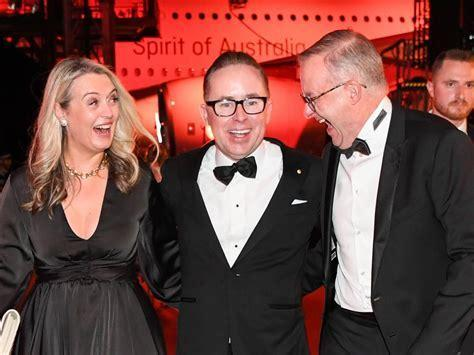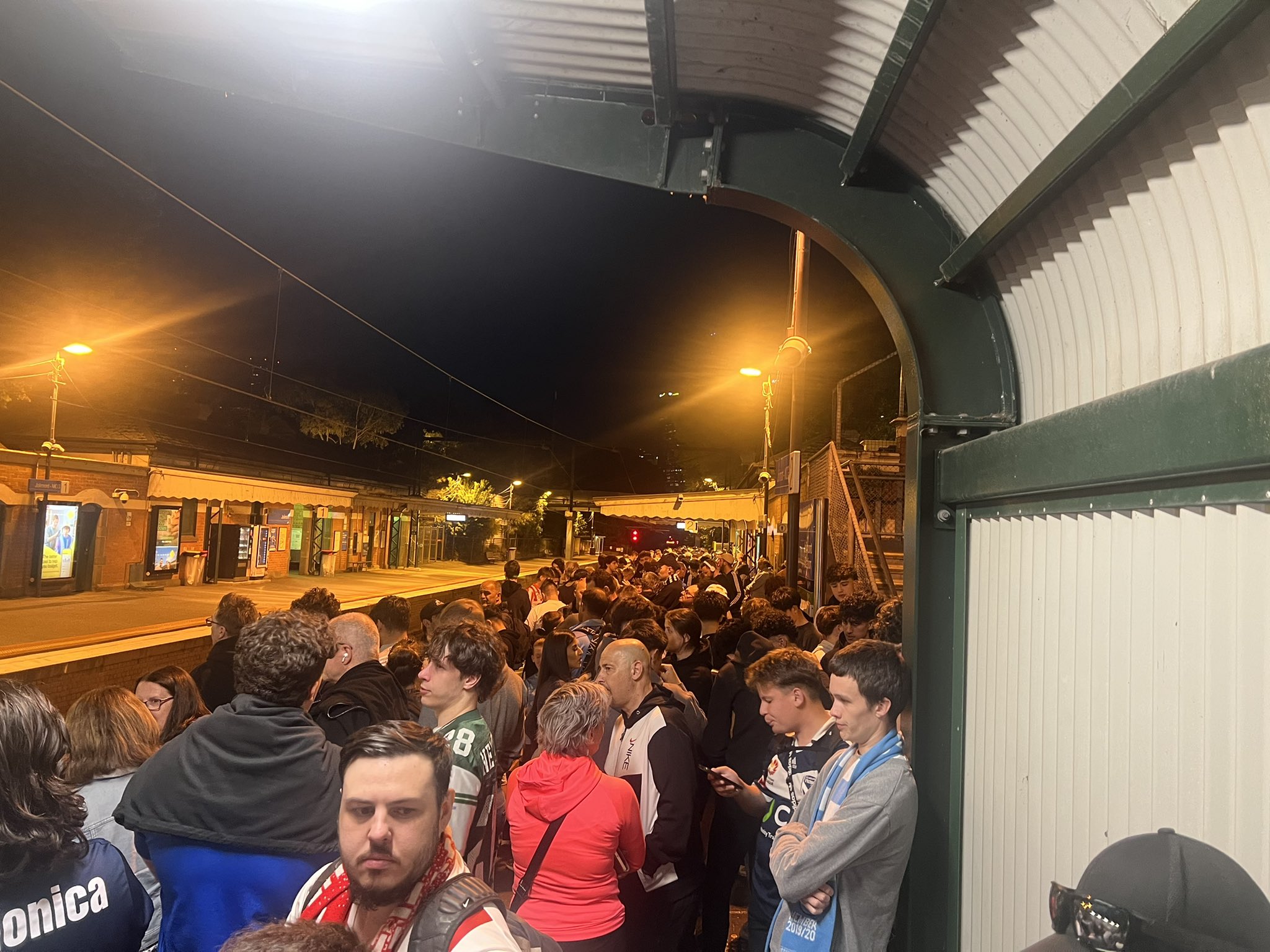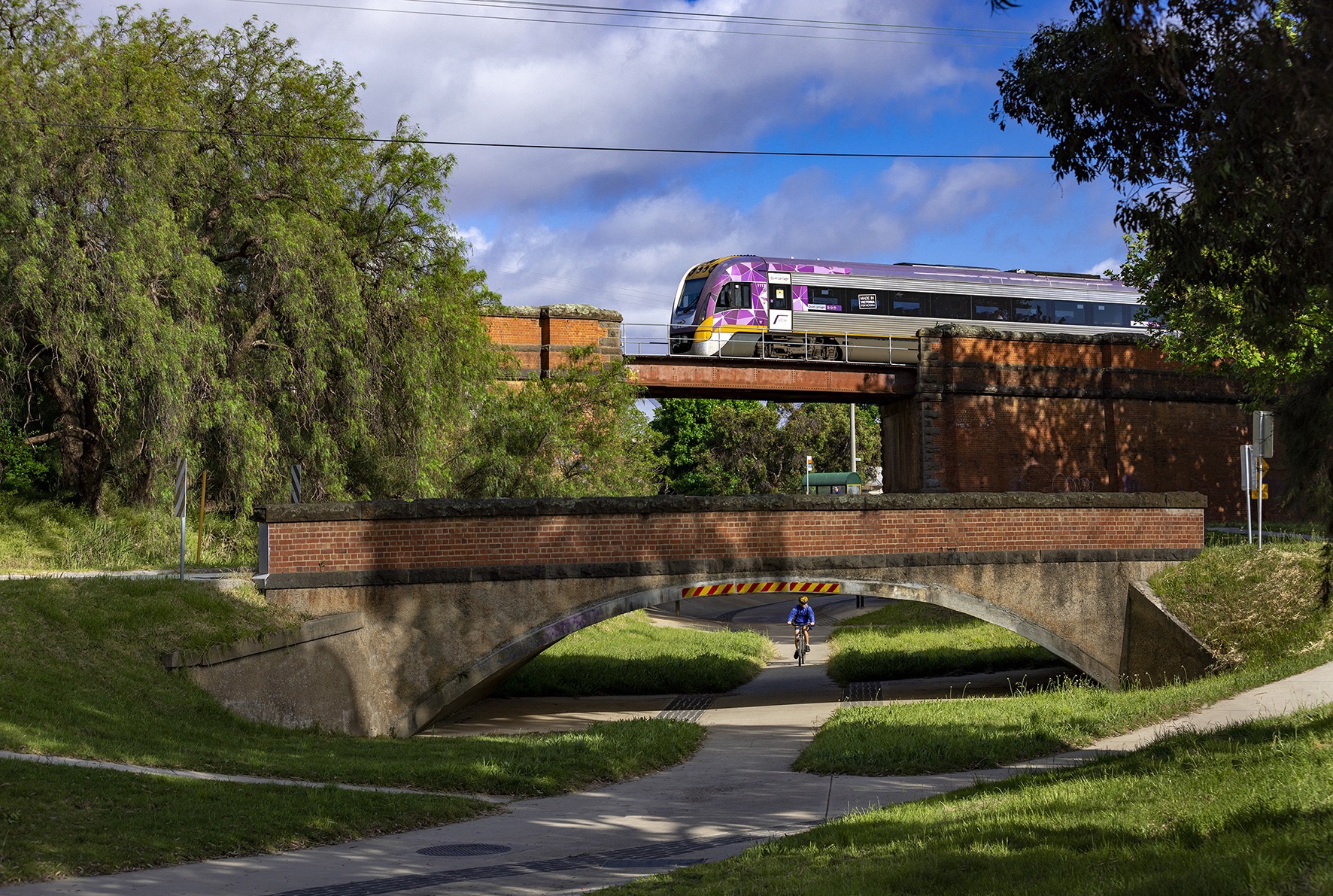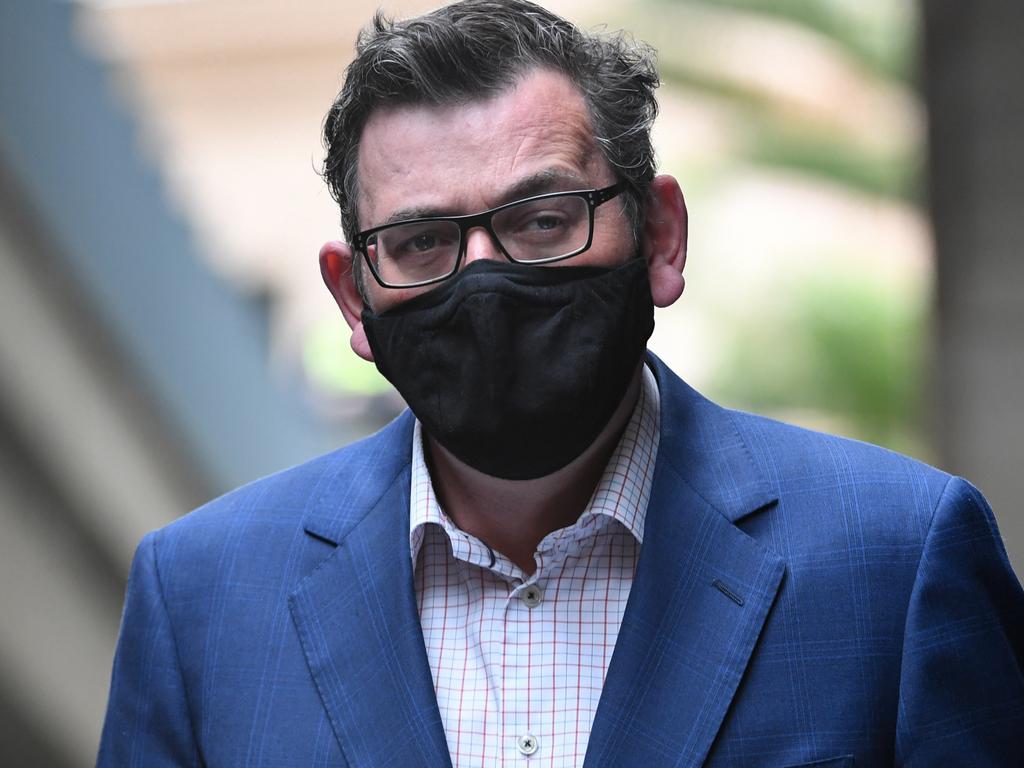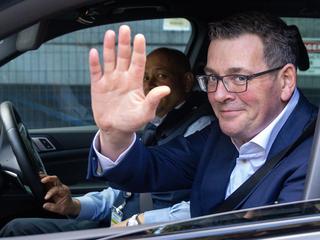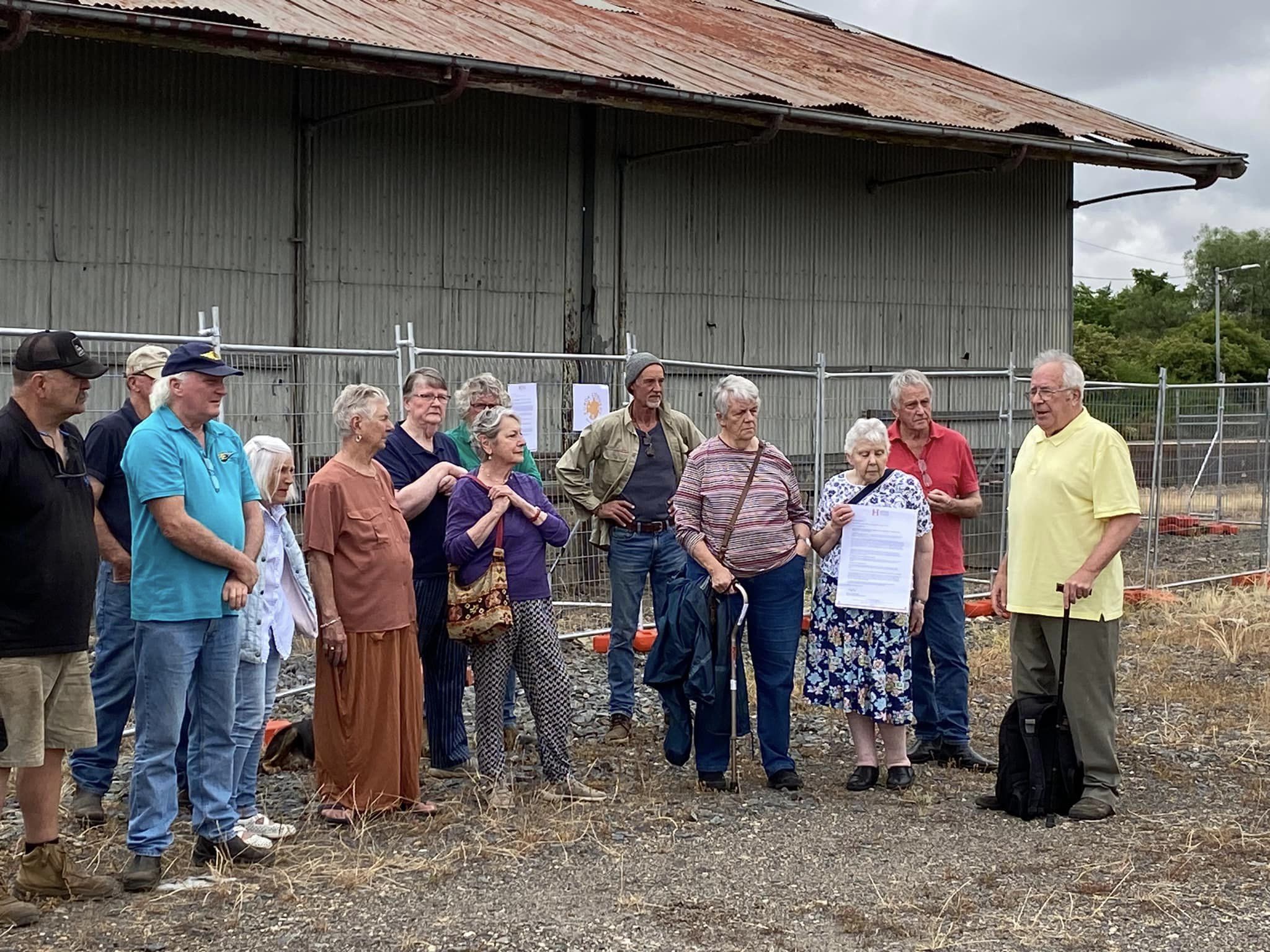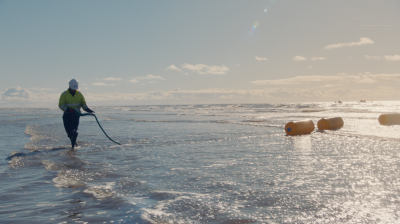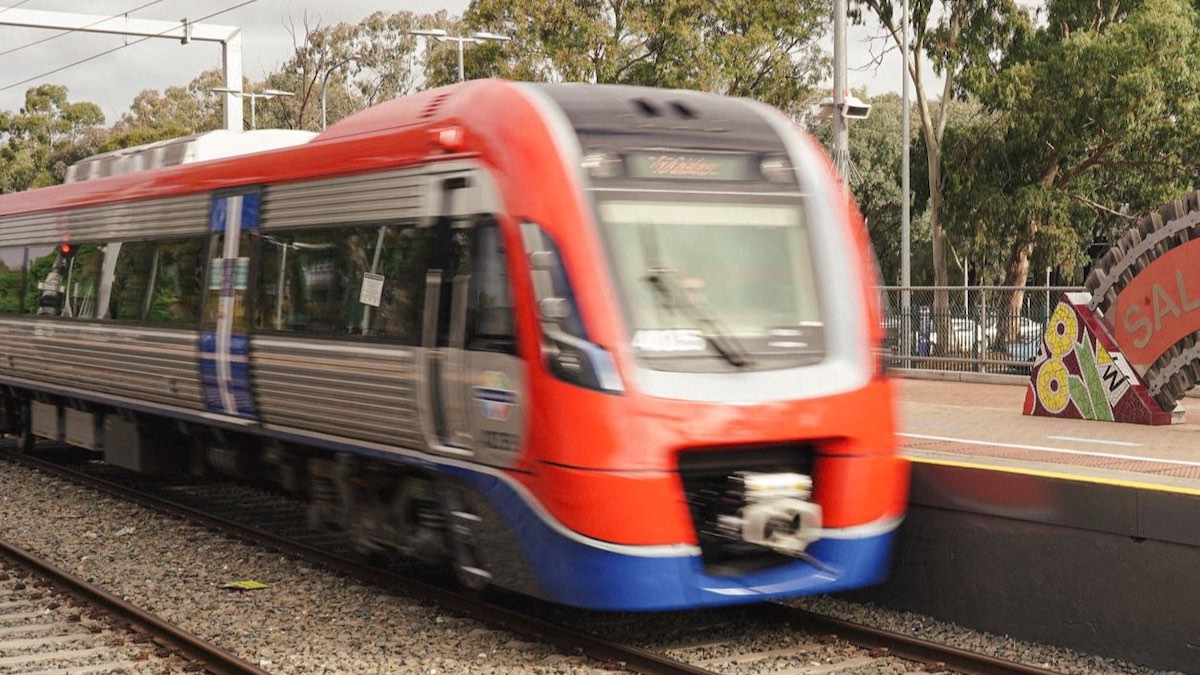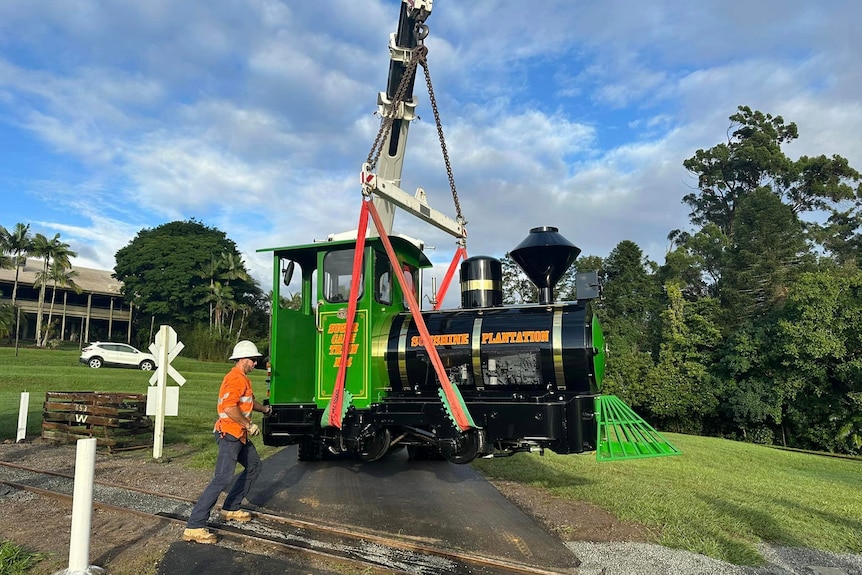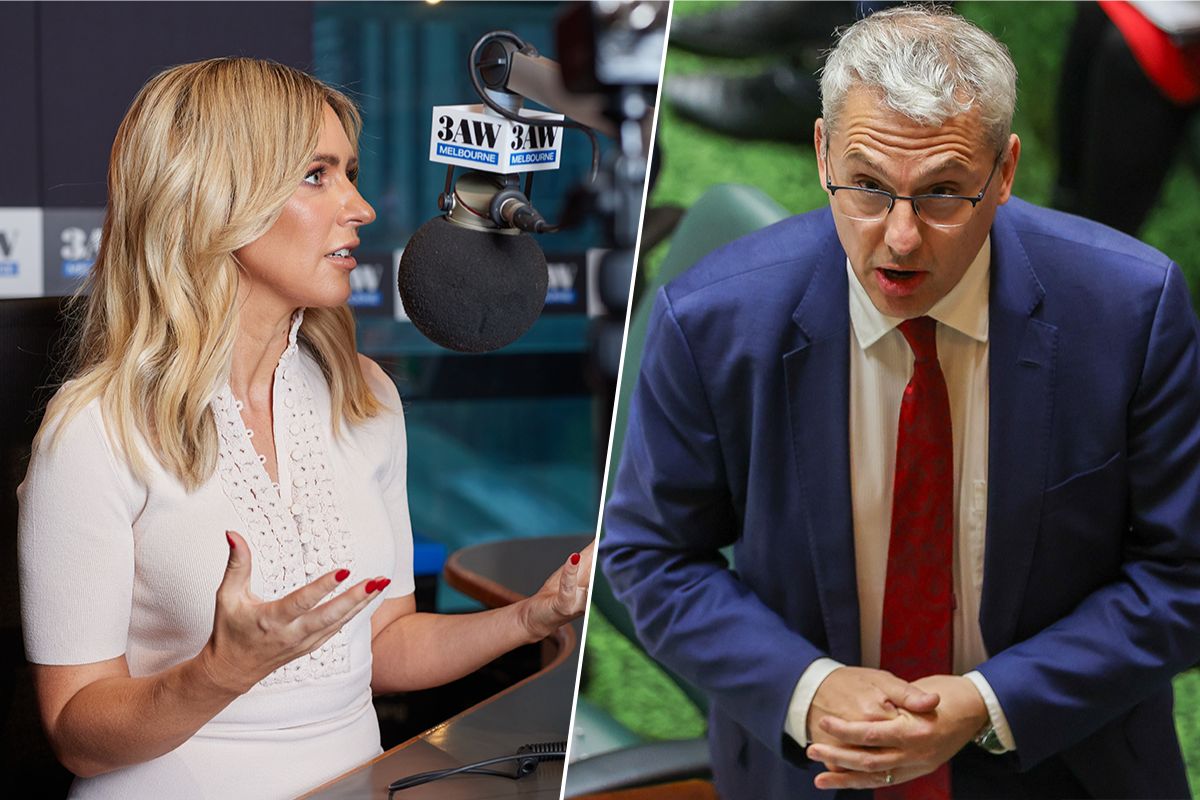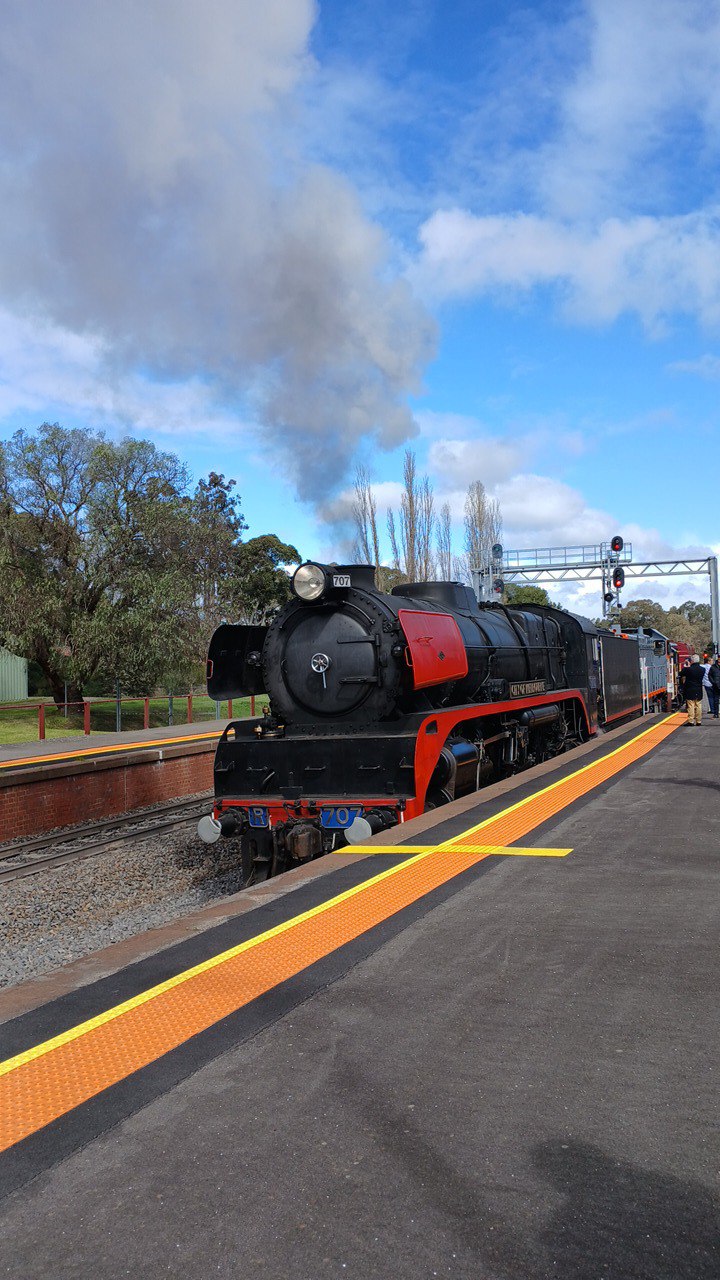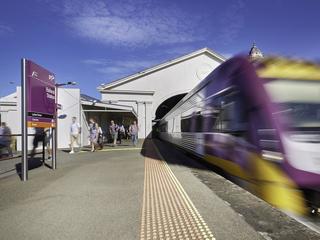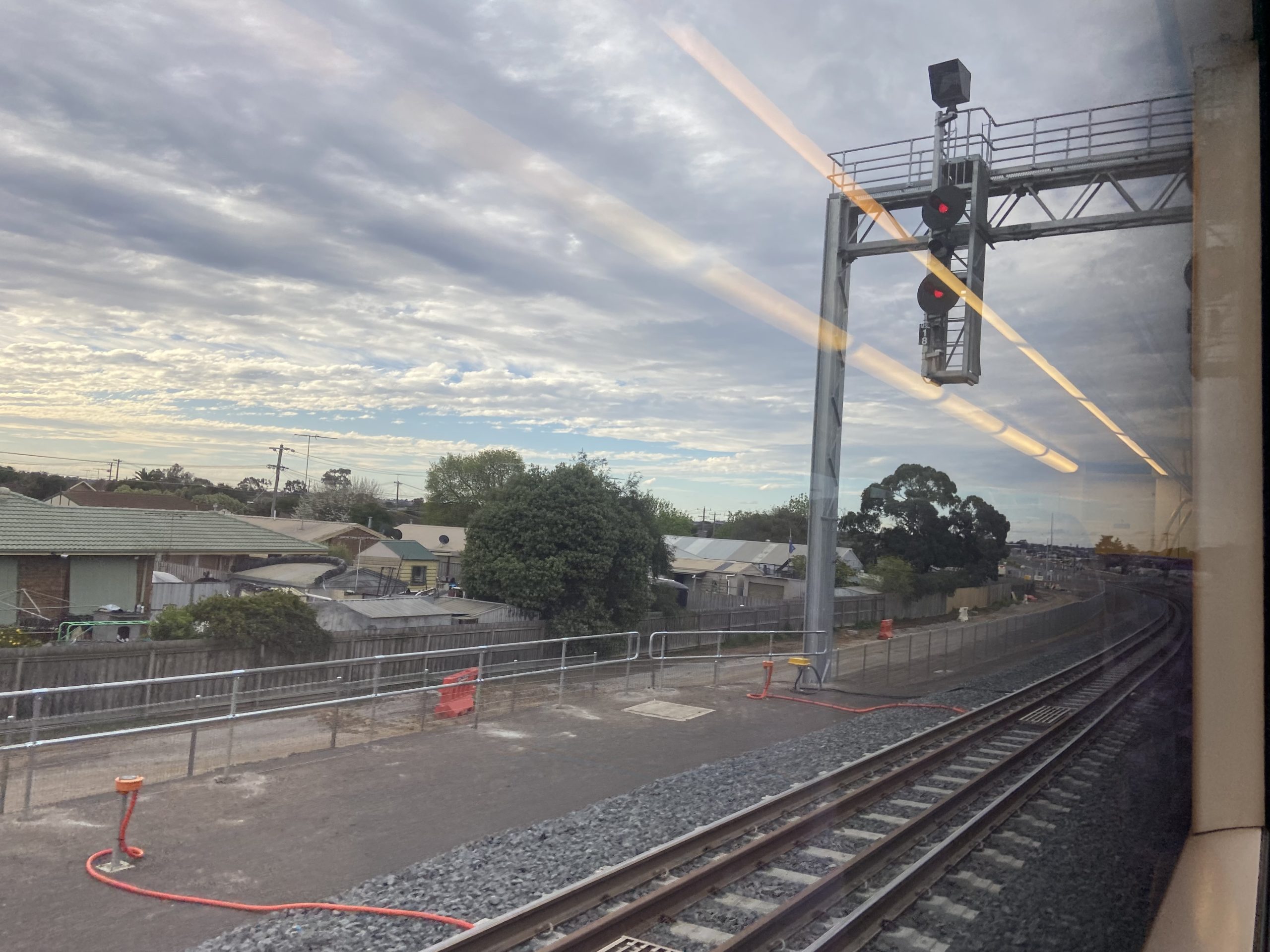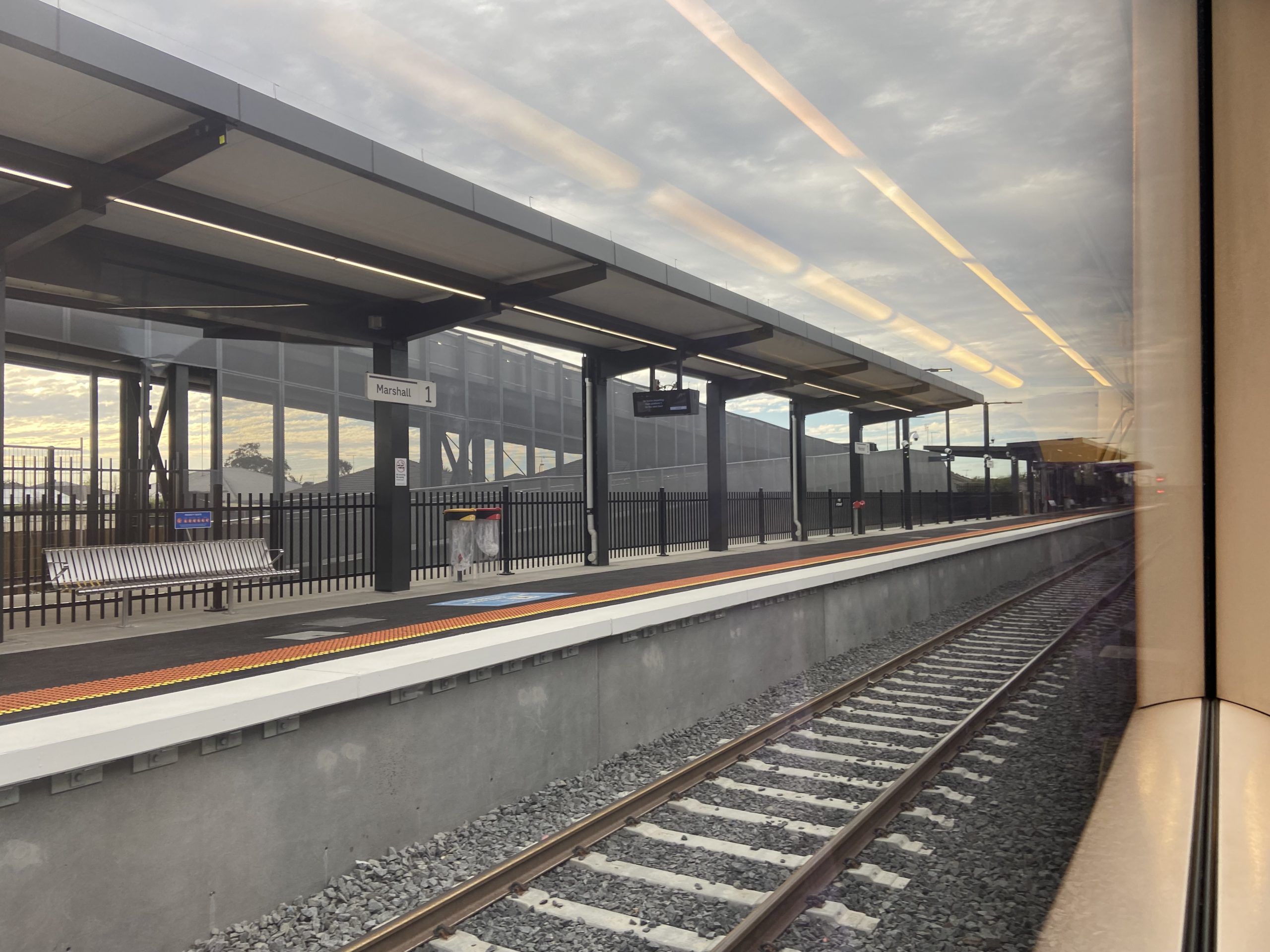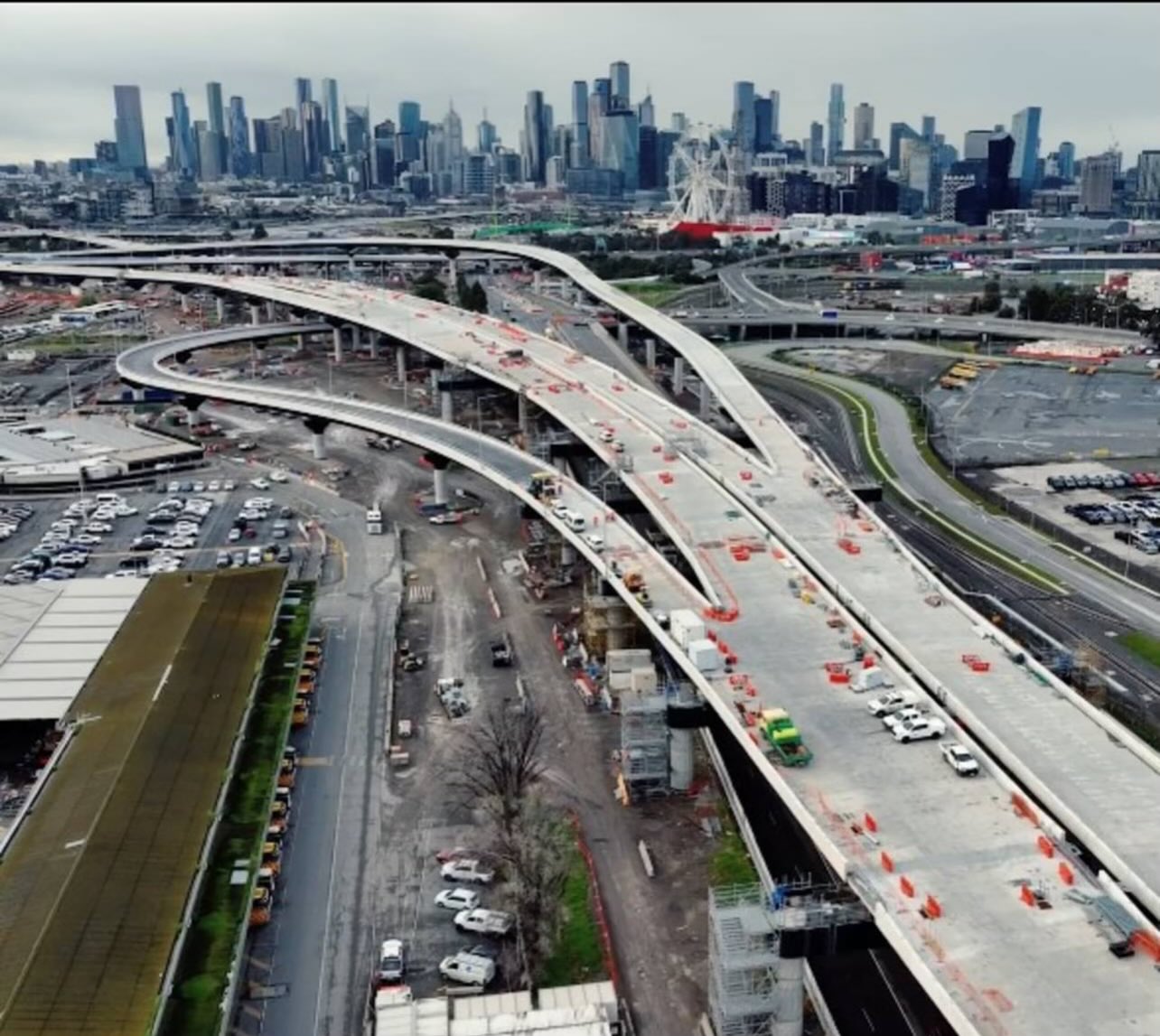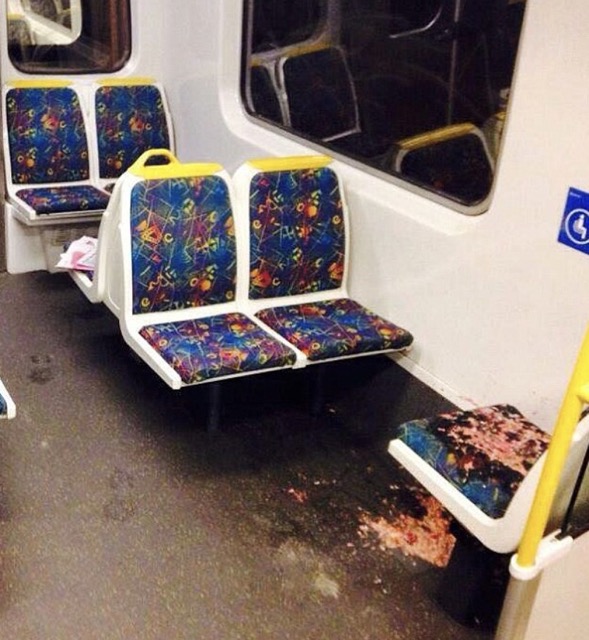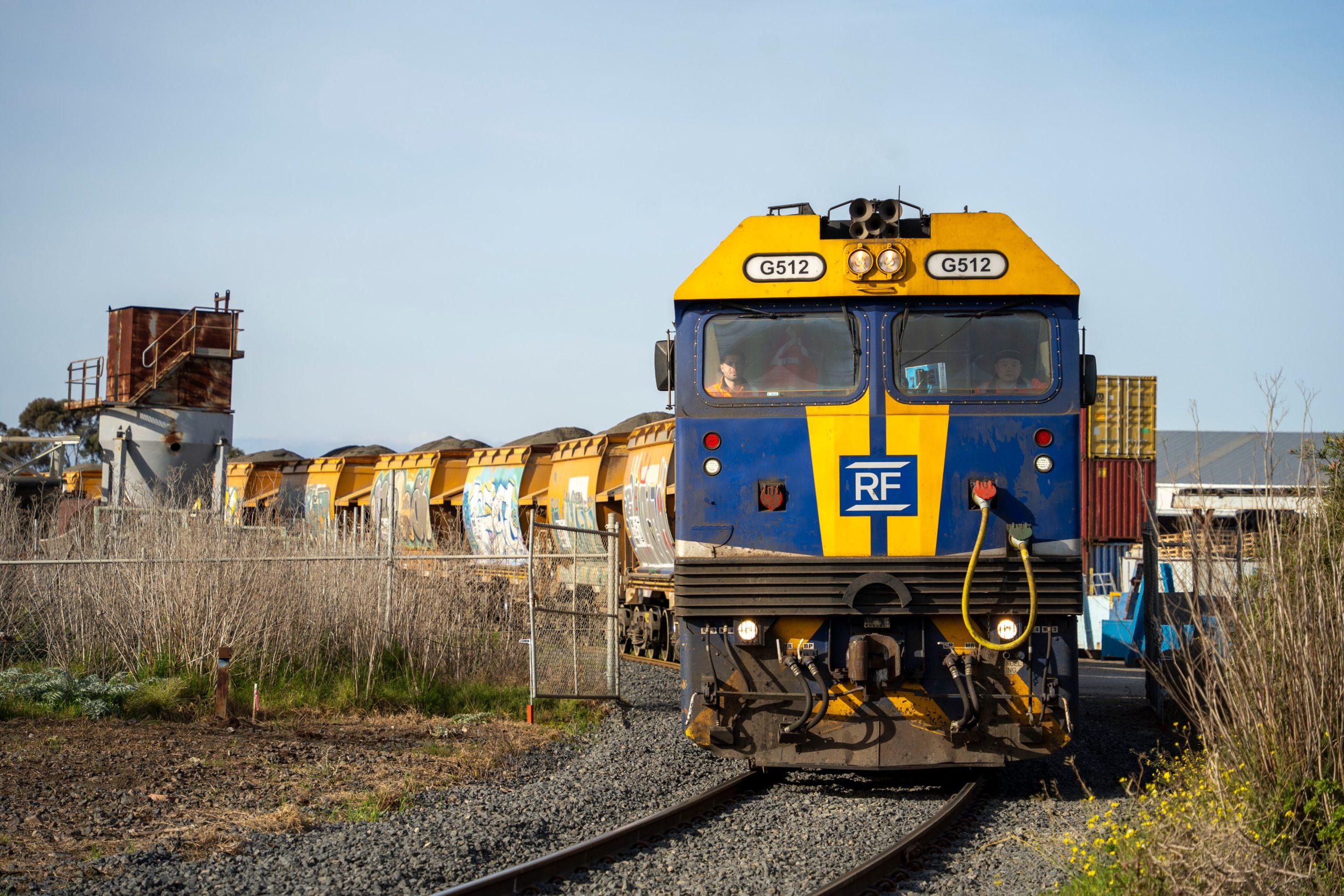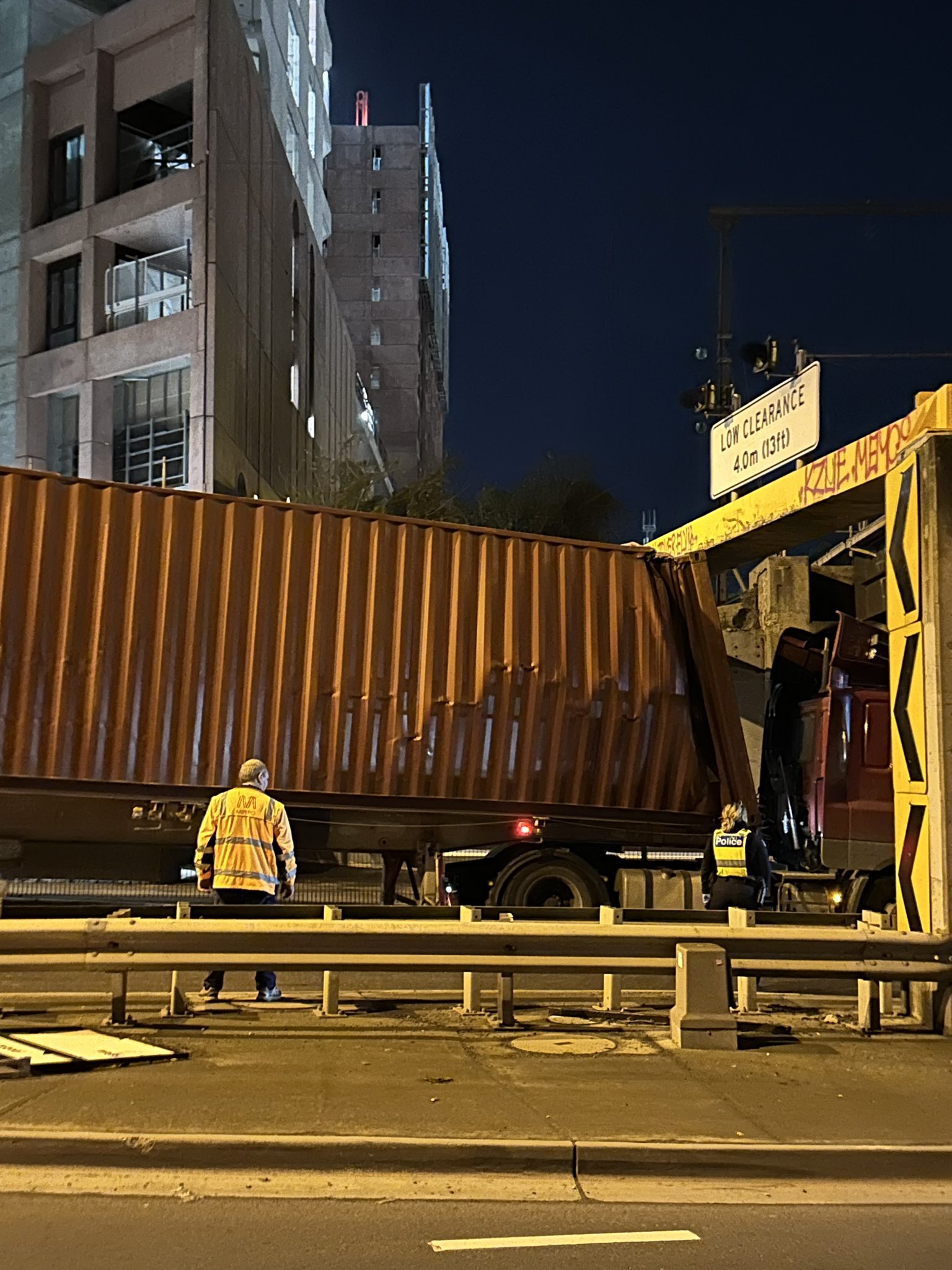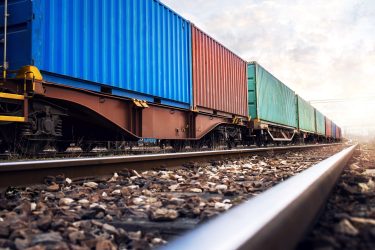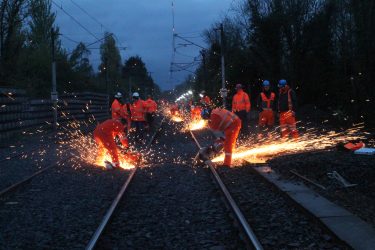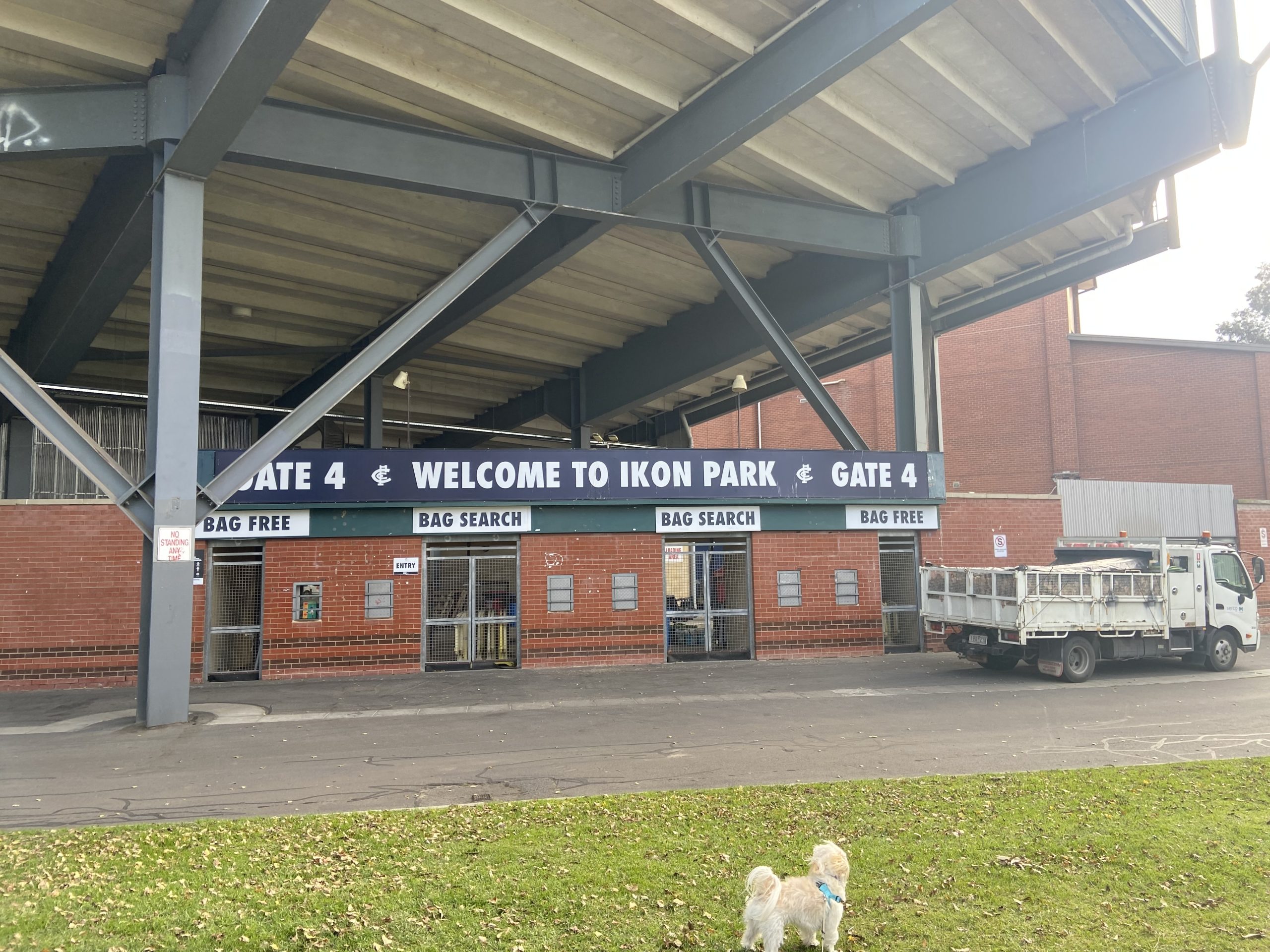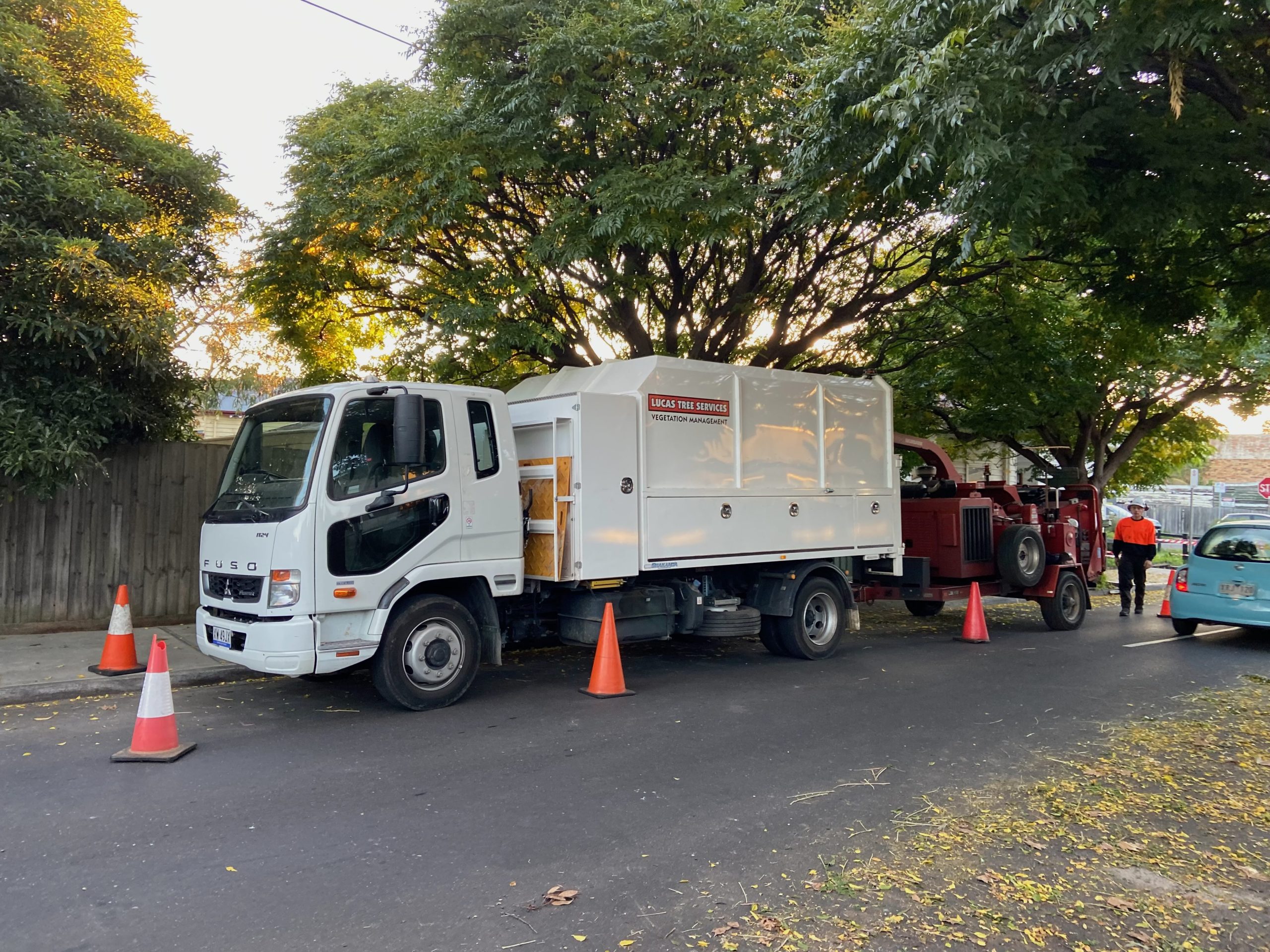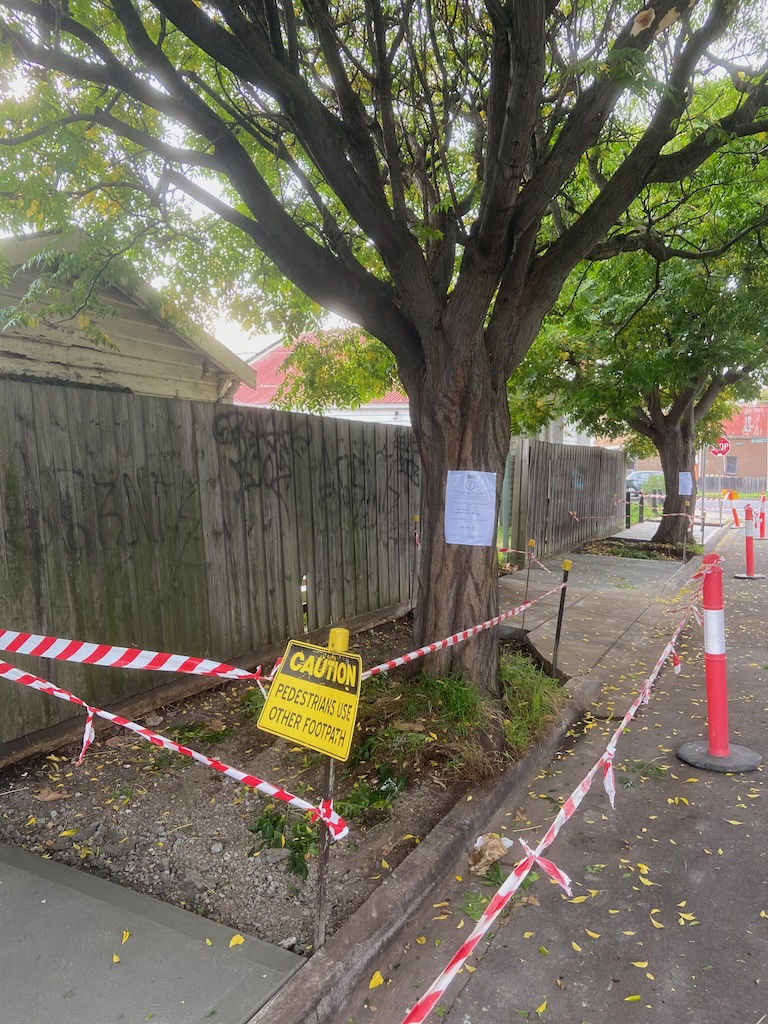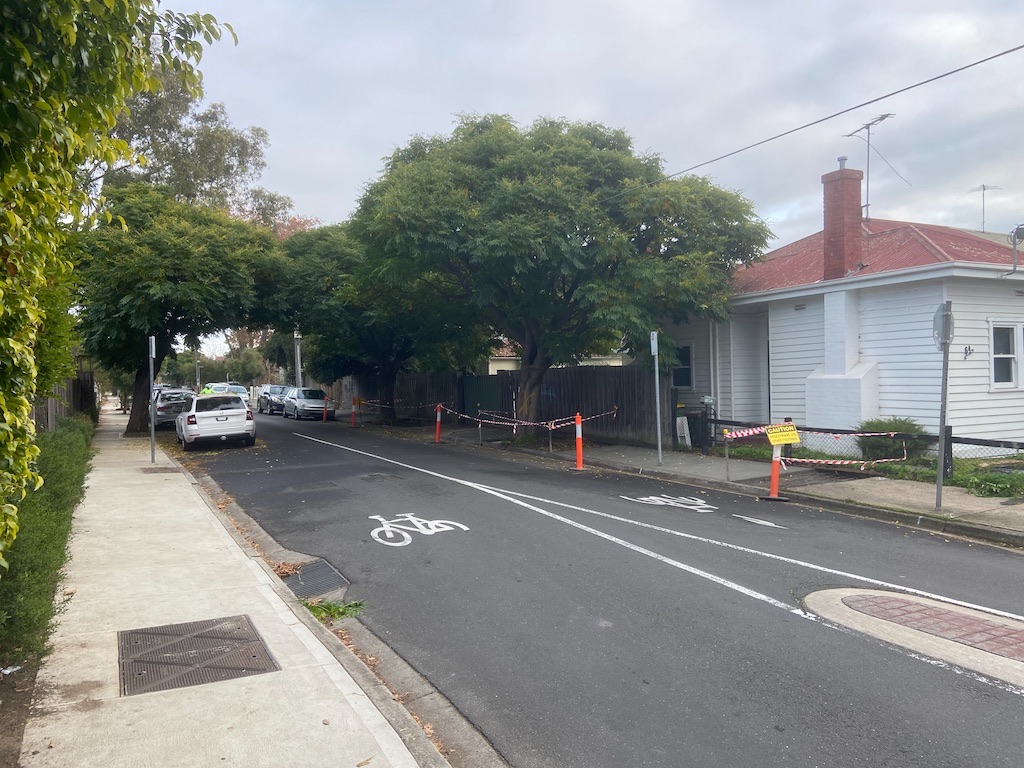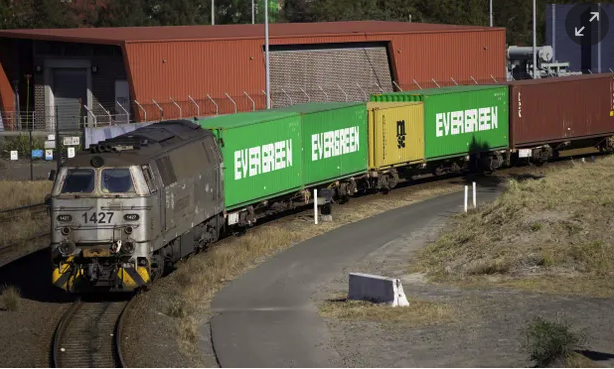Ladbroke Grove – 25 years on: 'This was an era-defining event'
3 October 2024

Major changes in the management and regulation of railway safety in the UK were introduced following the accident. The Railway Safety and Standards Board, established in 2003, and Rail Accident Investigations Branch, in 2005, along with what was Her Majesty’s Railway Inspectorate (now part of ORR) formed a three-way approach to safety: standards-setting, accident investigation and regulatory functions.
There was also the re-writing of safety standards and implementation of new mandatory safety measures to rail infrastructure and trains, following the accident inquiry.
In the first of our two special blogs, Giles Turner, ORR’s Head of Interoperability and Rail Vehicle Engineering, recalls his experience attending the site as an inspector a few days after the accident.
I remember setting off for work on 5 October 1999, a bright fresh autumn morning. I’d started my day late after a visit from the gas man, and was slightly surprised to see an Intercity train stopped at the fast line platform at Ealing Broadway as I hopped onto the tube into town. But it was only when I reached the office that I heard something had happened at Paddington. First reports were sketchy – a DMU derailed, a vehicle on its side. A small group had already left the office to attend. It took a while for the true scale to become clear; that this was an era-defining event.
I was an inspector in the Southern Field Team of HMRI at the time, having joined the inspectorate the previous year. I attended the site several days after the accident, to relieve those from the initial group who had been working from dawn to dusk. And yet the devastation was still fresh. The incongruity of the carriages at the back of the High Speed Train, looking ready to pick up passengers, while at the front was a stinking sooty oily chaos of twisted metal.
One carriage of the HST was burnt out, the leading end of the front power car covered with tarpaulin where once there had been a driving cab. Walking through the Thames Turbo it was a similar story: at the back of the train it all looked familiar, but the leading vehicle had disintegrated, its aluminium bodyshell splitting along weld lines, leaving an entire bodyside wrapping around one of the HST carriages.
‘Bit by bit railway normality was restored’
Everywhere were reminders that this was a human catastrophe. There were mundane items left on the trains and scattered on the track, reminding us of the normal day that had been shattered for those caught up in the event. We talked about the death toll, frightened ourselves with the possibility that, as the wreckage was removed, it could go far beyond the thirty-one counted so far.
By now it was pretty clear that driver had simply missed a red signal, probably because of the low sunlight on that autumn morning. Signal SN109, seared into our awareness. How such a relatively simple error could result in an accident on such a scale was something to be considered in detail away from the site. Those of us there on the track worked with the police and with technical experts from Railtrack, the train operators and the Health and Safety Executive to ensure evidence was gathered before the wreckage could be removed and rail services reinstated. Notebook entries, photographs, videos.
Discussions about how Railtrack intended to remove the damaged vehicles from the site. Wreckage was cut away. Giant mobile cranes were set up. Bit by bit railway normality was restored.
‘We remember those whose lives were lost or changed irrevocably’
There was of course huge media attention. On site we were very aware of the line of cameras poking over the wall of the adjacent Sainsbury’s car park. We spoke with reserve, mindful that directional microphones might be picking up our comments. Jack Straw, the Home Secretary, visited the site, adding to the unreality of the situation.
In the office the senior team debated, and quickly took, enforcement action relating to the management of the worst-performing 22 signals on the network, those with a history of being passed at danger – SN109 had been on that list. At home in the evening the news relayed the wider fallout of the accident. The Deputy Prime Minister proclaimed that such a thing should never happen again.
It still feels very fresh, many details barely dimmed by a quarter of a century. But the industry itself has moved on a long way, and it has transformed its risk profile. There was no magic bullet to make things safer: instead it has needed a lot of hard work and attention to detail. We remember those whose lives were lost or changed irrevocably. Their losses are why we have to do what we do.

